

Sandakphu Trek or by Car – a complete guide for trekkers and tourists
Treks & hikes , West Bengal
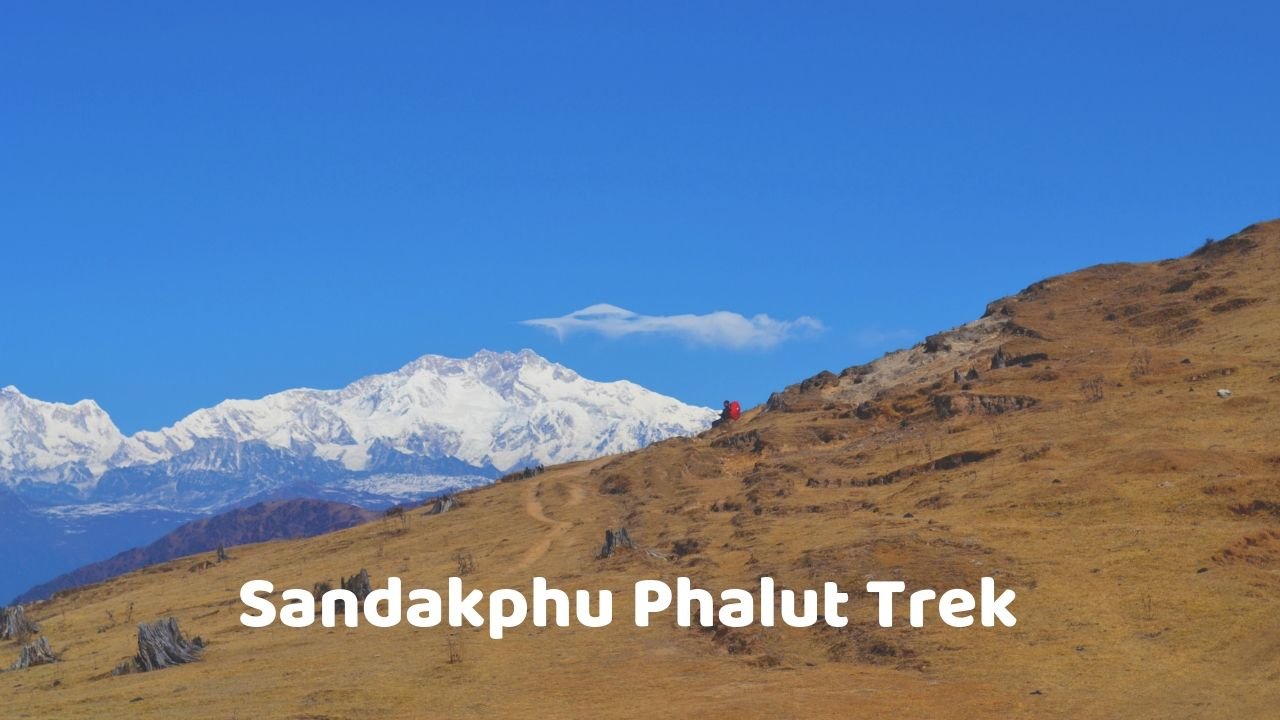
Last Updated on: May 9, 2021
About this blog: Sandakphu Trek is one of the few treks from where you can see 8000m+ mountain ranges. In this blog, we have given a complete and comprehensive guide on Sandakphu and Phalut Trek.
Sandakphu is one such place from where you will get the view of four of the world’s tallest peaks. The Kanchenjunga family along with Lhotse and Makalu (4th and the 5th highest peak in the world) stands tall while the Everest , the highest one stands between, towering over them.
Sandakphu Trek starts from the picturesque village of Manebhanjan, near Darjeeling . Sandakphu Phalut Trek is spanned across 5 days through the Singalila National Park , giving you the magnificent and best views of Kanchenjunga ranges. In this Sandakphu Guide, we will give you all the information related to the Sandakphu Trek route, the campsites and other details.
The entire Sandakphu trek route is interspersed between West Bengal, Sikkim and parts of western Nepal. Sandakphu is the highest peak of the Singalila range as well as in West Bengal standing at an altitude of 11930 feet. Undoubtedly, it is one of the most picturesque treks in the eastern Himalayas with the Kanchenjunga cluster playing hide and seek with you at intervals.
What does Sandakphu mean?
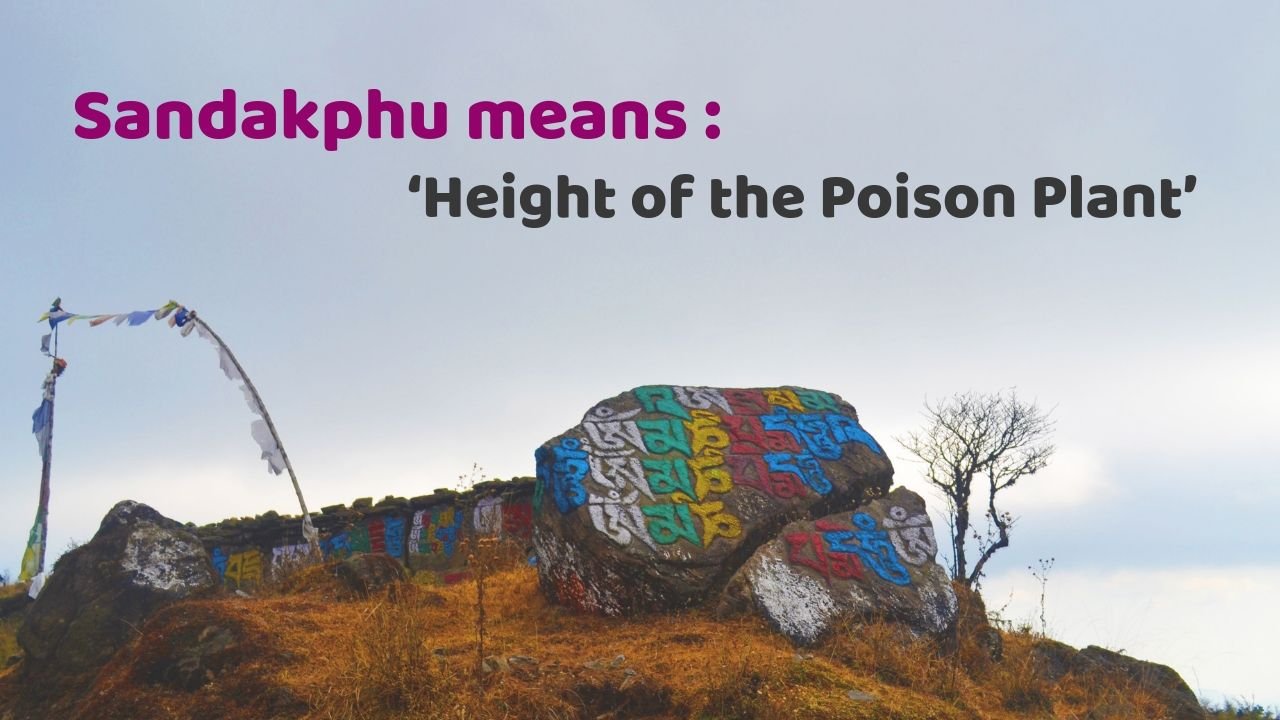
Sandakphu literally means “height of the poison plants” . This is so because the poisonous aconite plants grow in abundance at Sandakphu, the highest point in the Singalila range. Medicines are extracted from the roots of aconite plants, but the small purple-blue flowers of the same plants can be quite toxic if you consume them.
How hard is the Sandakphu Trek?
Sandakphu is categorized under Moderate trek for an avid trekker. For the first timers also, the trek is quite manageable. If you are relatively fit, you can manage the trek upto Sandakphu without much problem. The distance between Sandakphu and Phalut is 21 km and has almost no settlement in between. This part is slightly difficult.

Why should you do the Sandakphu Trek?
Primarily because from Sandakphu, you will get an out of the world panoramic view of all the peaks of the Sleeping Buddha along with three other world’s highest peaks. Apart from these, there are many other reasons as to why Sandakphu should be on your trekking list.
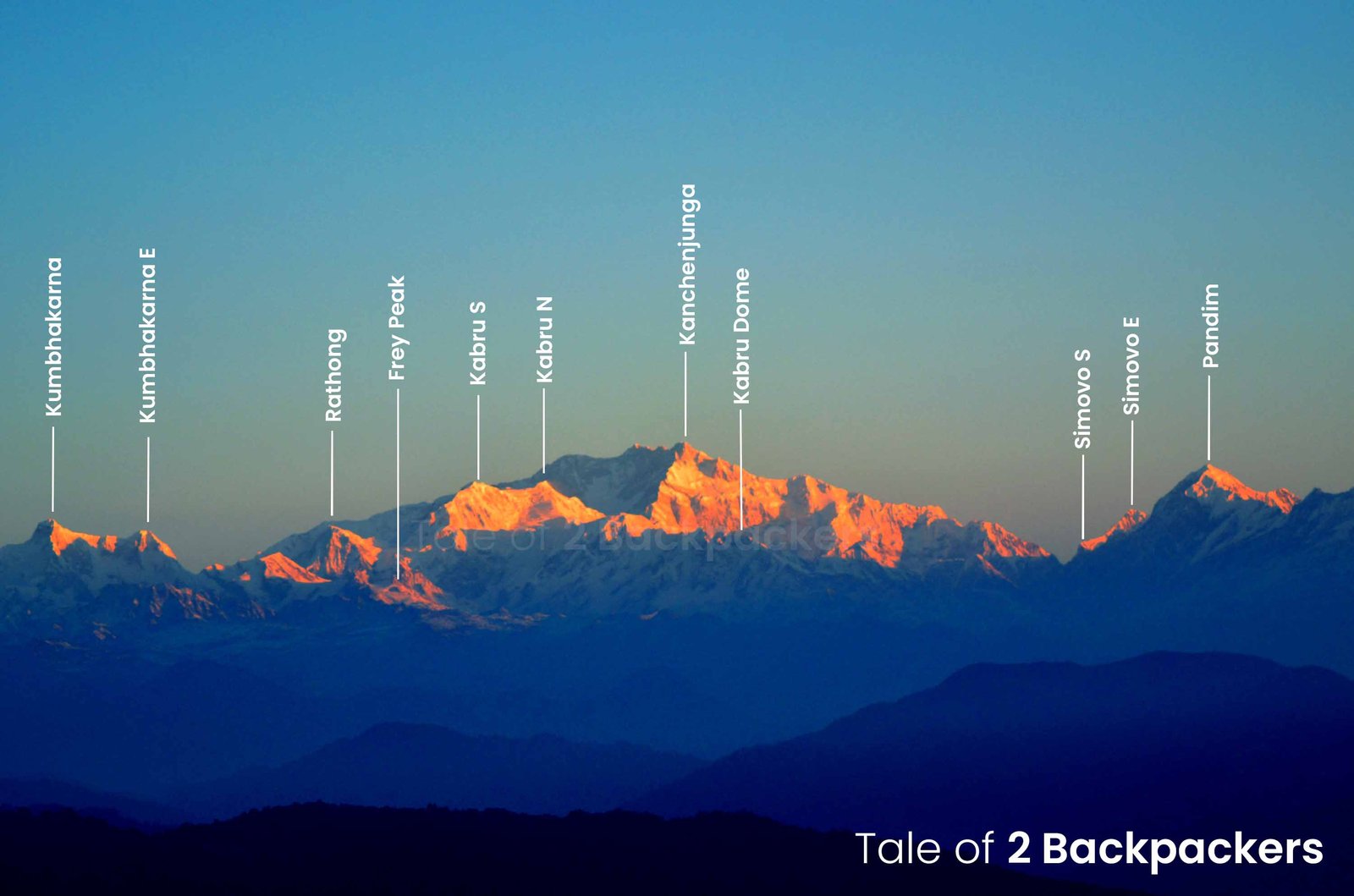
1) Get the best view 4 of the world’s highest peaks, mainly the Kanchenjunga family
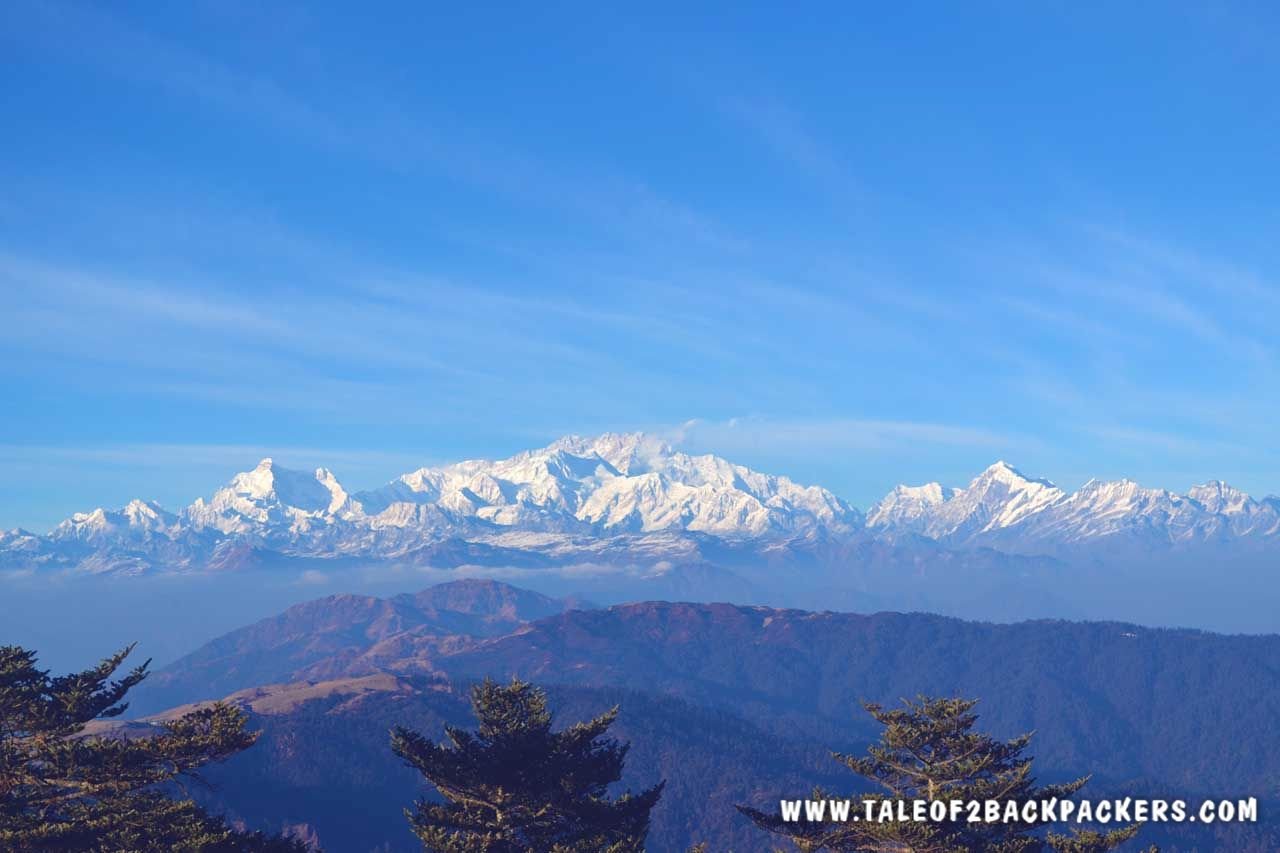
The Sandakphu Phalut Trek offers impressive views of some of the world’s highest peaks. The Kanchenjunga cluster is known as the Sleeping Buddha because of its appearance. Mt. Kumbhakarna forms the head and face of Buddha, while Kanchenjunga forms the upper body. The other peaks of the Sleeping Buddha are Kokthang, Rathong, Frey, Kabru South, Kabru North, Simvo, Pandim, Tenzingkhang, Jubanu and Narsing .
Kanchenjunga is the third highest peak at 8586 m. Lhotse and Makalu are the fourth and fifth highest peak standing at 8516 m and 8463 m. The jewel in the crown is world’s highest peak, Mt. Everest. You will get an out of the world panoramic view of these ranges from Sandakphu as well as Phalut.
The best thing about the trek is that the view of the ranges stays with the trekker throughout the trek. You don’t have to wait for a day; the first clear view of Kanchenjunga is seen on the very first day of the trek, at Upper Chitrey. Kanchenjunga plays hide and seek with you throughout the trek. After a tired and torturous hike, all your tiredness melts just at a look at the beautiful mountain ranges!
2) A trek with the best sunrise and sunset points
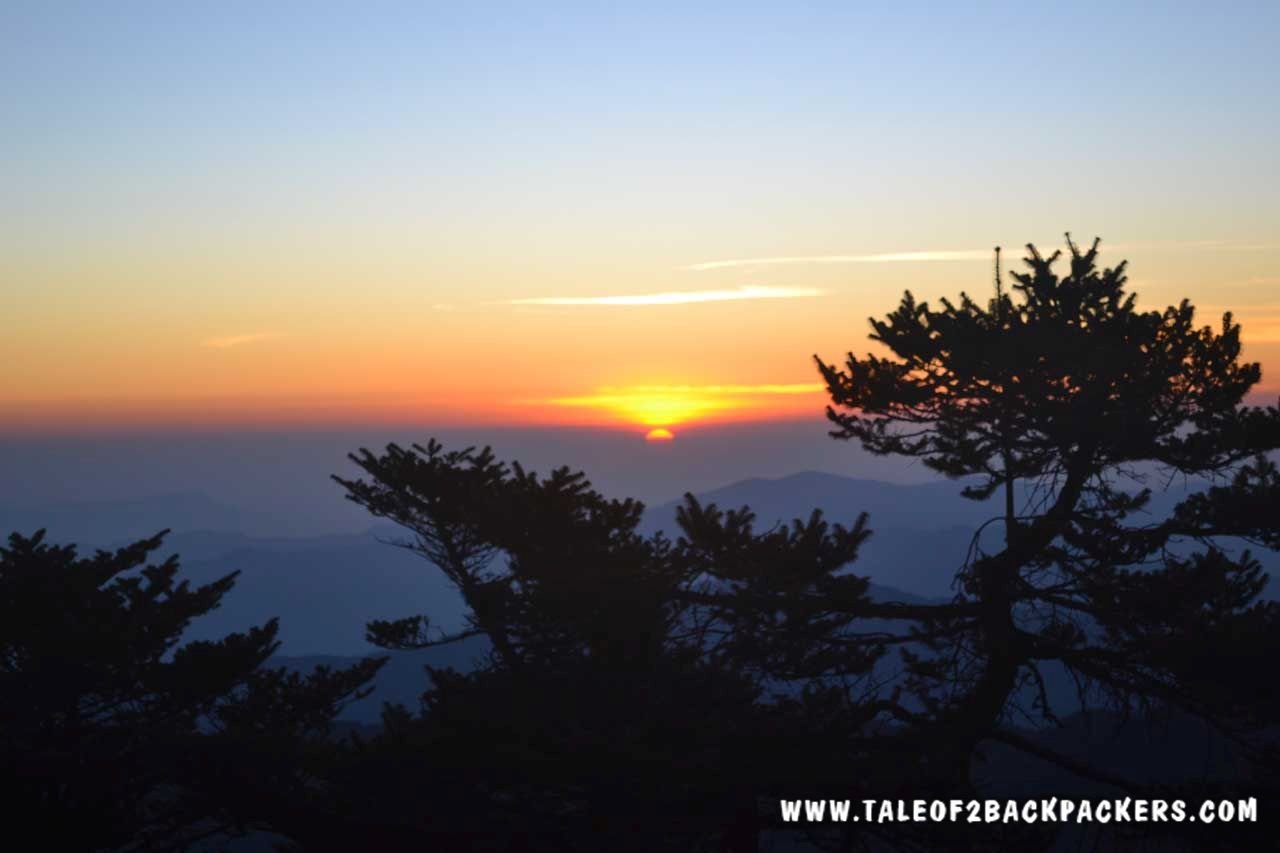
Sandakphu Phalut Trek gives you the best views of sunrises and sunsets. It is a humbling experience to watch the first rays of sun falling on some of the highest mountain peaks. See the sky changing colours from golden yellow to orange as the sun slowly showers its first rays on the snowclad peaks. Sunrise from Tonglu and Tumling is quite gorgeous. The climax is viewing the golden rays of the sun falling gradually on the snow-capped Kanchenjunga and then on world’s highest peak, Mt. Everest at Sandakphu. The icing on the cake is, however, the sunrise from Phalut. Each day, you see a new and a better sunrise – a speciality of the Sandakphu Phalut Trek.
The sunsets are also stunning at Kalipokhri and Sandakphu. Infact, Sandakphu has separate points for sunrise and sunsets.
3) The stretch from Sandakphu to Phalut is a perfect potboiler

The trail from Sandakphu to Phalut is a long 21 km but is full of twists and turns. You cross through rocky and muddy paths, go through forest trail as well as see the vast meadows under the clear sky. The landscape keeps changing. For us, we got the best is the view of Kanchenjunga ranges from the green meadows. The day is a long one and is packed with every delight a trek has to offer.
4) Food and lodging easily available throughout the Sandakphu trek route
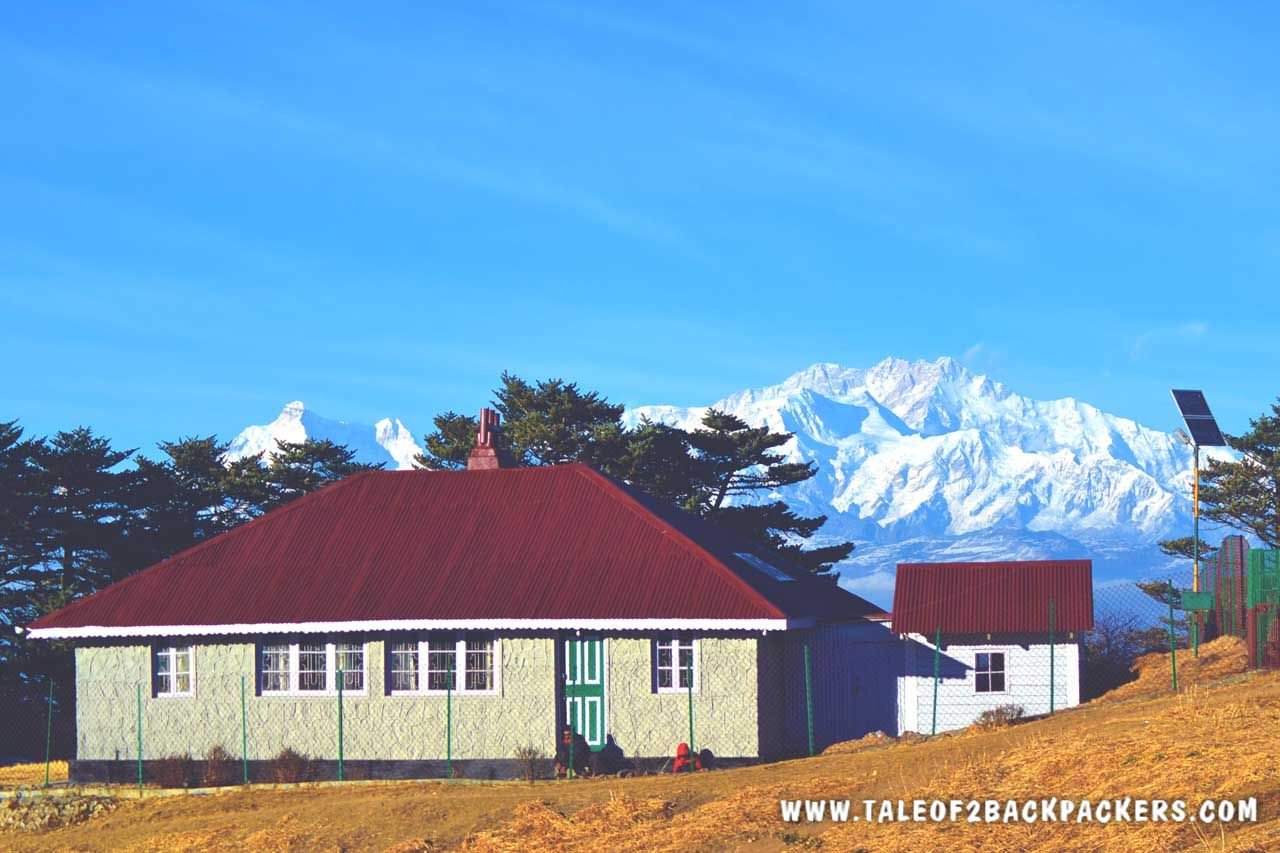
There are trekker’s hut and home-stays throughout with very warm and hospitable people. They will go all out to make your stay comfortable. This is one of the treks where you do not have to worry about carrying tents and ration.
Home-stays are available at Chitrey, Meghma, Tumling and Kalipokhri. Trekker’s huts are available at Tonglu, Sandakphu, Phalut and Gorkhey.
5) Different view at different seasons
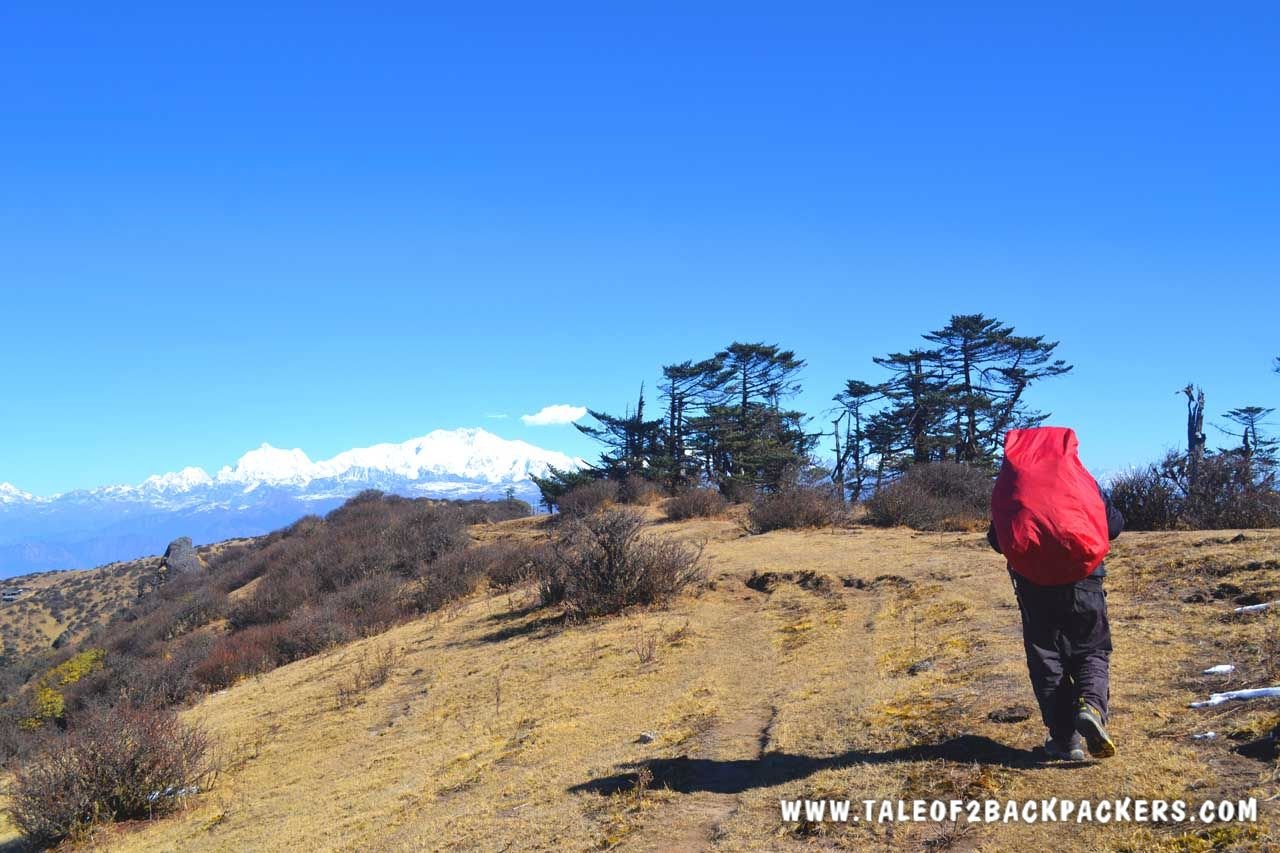
Sandakphu has a different look in different season. If you love colours, visit Sandakphu during the springs. See the rhododendrons bloom in a riot of colours. The whole path will be blasting in red, pink and white.
Autumn gives you the best view of the ranges. The sky will be clear and Kanchenjunga will appear with all her glory in front of you.
If you love snow, visit Sandakphu during December and January. The path will be covered with snow and you might even see a few frozen waterfalls on the way! Sandakphu will itself be snow-covered during this time.
6) A photographer’s paradise
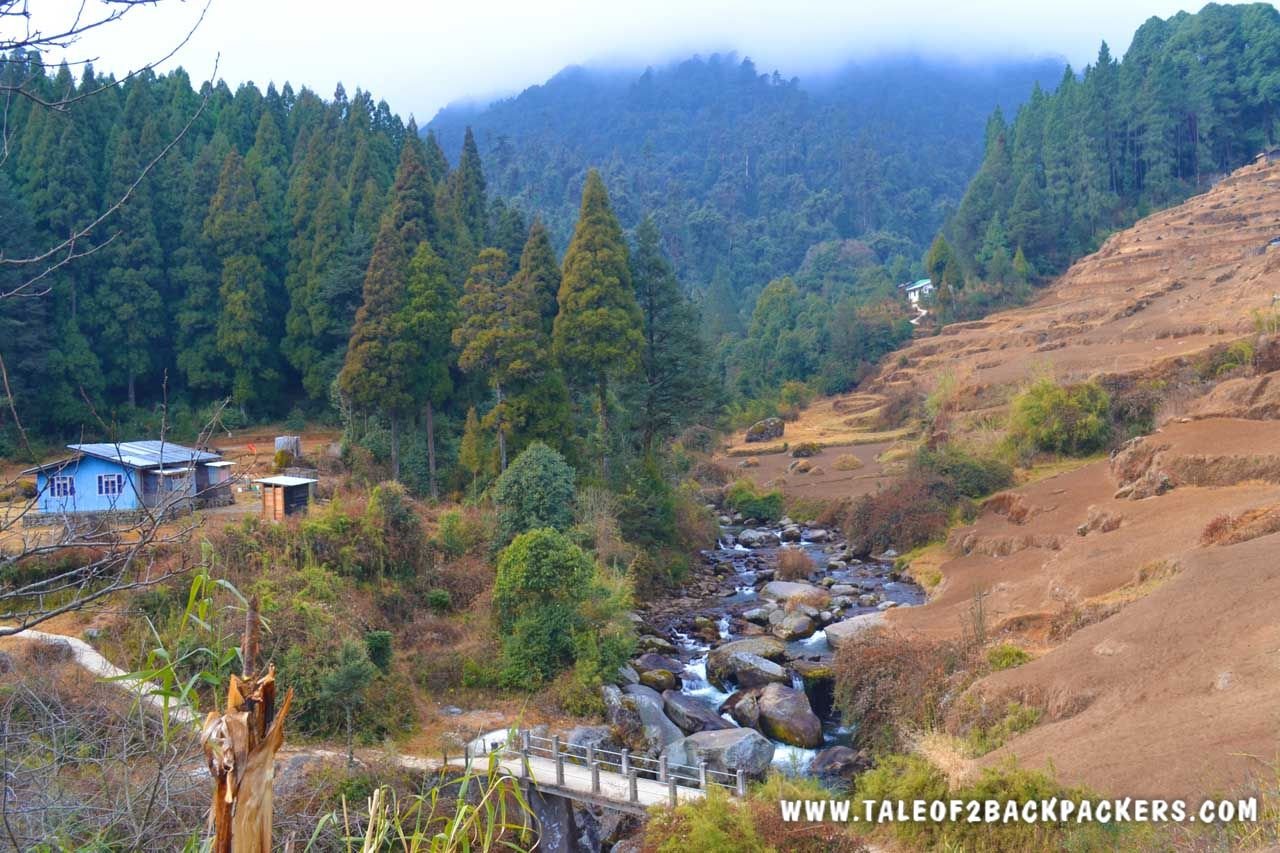
Each day of the trek will give you different views of Kanchenjunga and Everest ranges. The path through the jungles will give you ample scope for photography. The sunrise and sunsets from the campsites are simply amazing.
You will also get the night sky and city lights together for photography! From Manebhanjan and Kalipokhri, Darjeeling city can be seen; and at night, little pecks lighting up Darjeeling city under the starlit sky is a great subject of photography.
YOU MAY ALSO LIKE: Roopkund Trek Guide – All that you wanted to know
Sandakphu Trek Route with Phalut
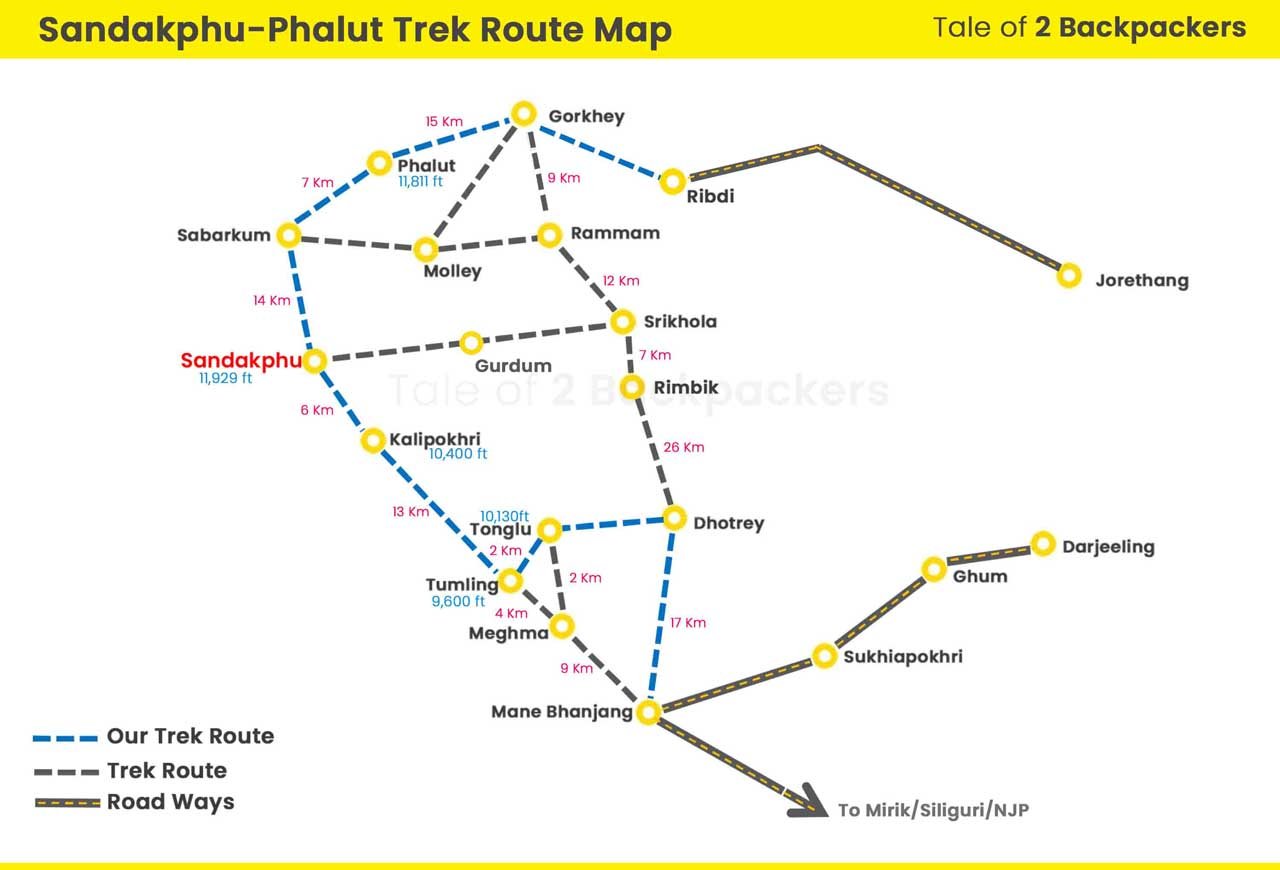
There are a couple of alternate routes for this beautiful trek. You can start the trek from Manebhanjan or Jhaubari. The Sandakphu Trek route that we present here is the one that we took to Sandakphu and further to Phalut.
Day 1: Reaching Manebanhanjan, the base camp
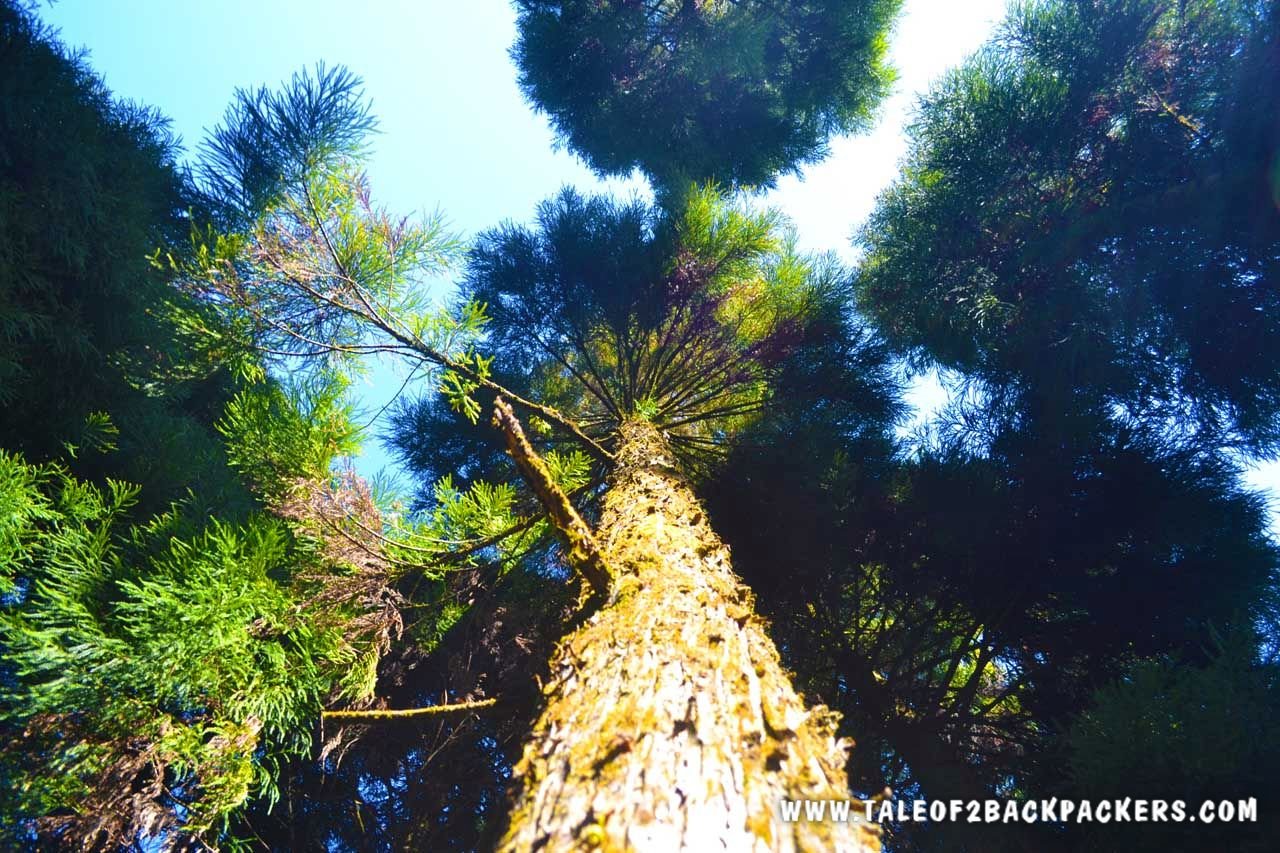
Manebhanjan is a quaint village near Darjeeling at an altitude of 7054 feet. The conventional and widely known Sandakphu trek route starts from here. It is better to arrive at Manebhanjan one day earlier for proper acclimatization. There are a number of hotels and homestays available at Manebhanjan for overnight stays. The local market also has a few grocery shops from where you can get your stock for the trek.
There is a Porters and Guides Welfare Association here from where you have to hire guides and porters. The landrover stand is also just at the end of the market.
Alternative Base Camp: Dhotrey is an alternative starting point for the Sandakphu Phalut Trek. If you take this route then your total trekking distance is cut down by 5 km.
Day 2: Manebhanjan – Chitre – Tonglu – Tumling
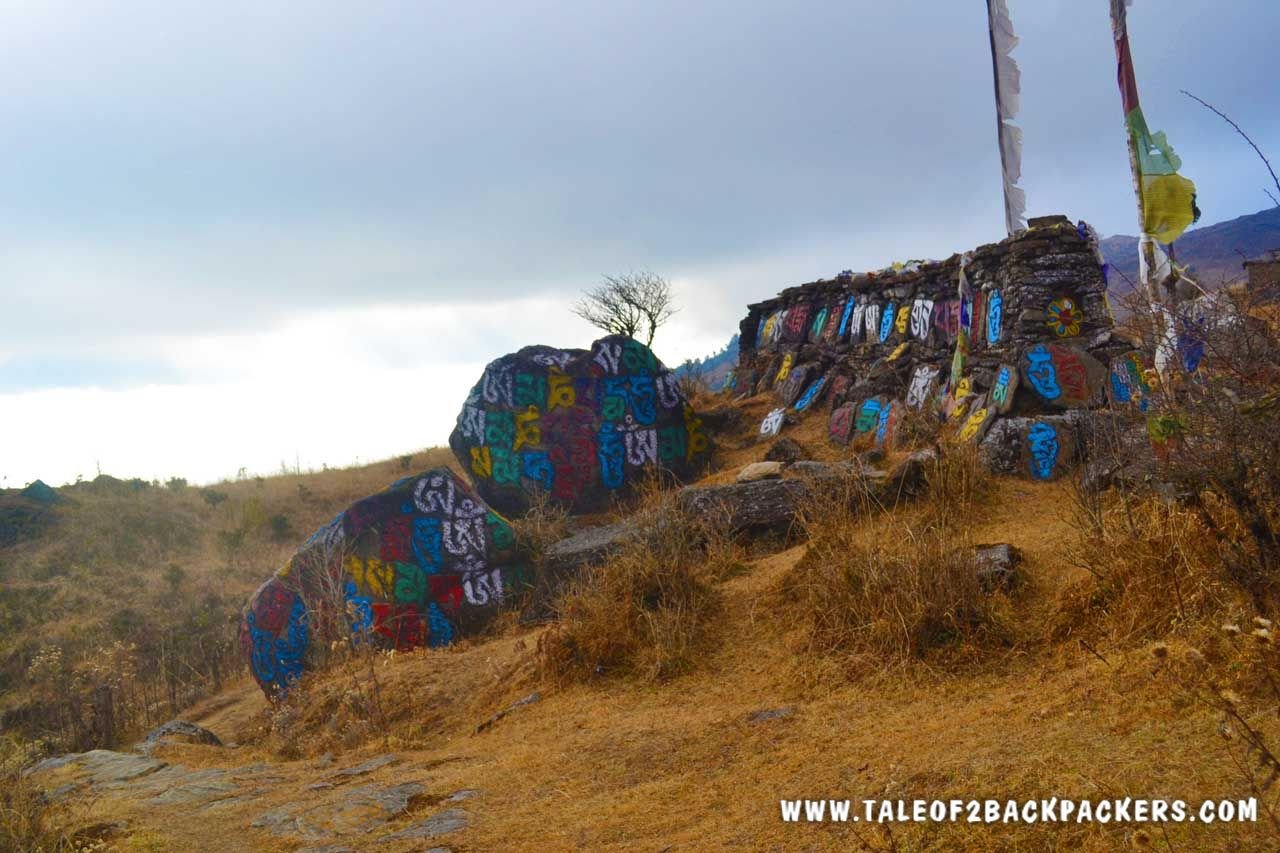
We had stayed for the night at Manebhanjan. Early morning, with much enthusiasm we started towards the Sandakphu trail. After about 10 – 12 minutes walk from the market area into the trail, we arrived at the office of Singalila Wildlife Division . You will get the permit for the trek from here.
Earlier the entire trek route was full of gravel and boulder. 4-wheel drive vehicles take the tourists all the way to Sandakphu. Now, the Darjeeling Gorkha Hill Council (GTA) has made another path for the trekkers through the forests and trees. But this trekking trail merges with the vehicle trail often within the entire trek route.
The first few kilometres of trail to Chitre is a steep uphill path. The first day of the trek is always difficult and the trail from Manebhanjan to Chitre did not make it easier for me. Within minutes I was panting, my legs felt like bricks and the thought that comes to my mind always came again – “why did I trouble myself so much?”
After 3 km of an uphill trek through forests of pine, fir and birches, we reached Chitre, a small picturesque village located at an altitude of 8340 feet. This part of the trek is quite steep and it took about 1.5 – 2 hours to reach Chitre.
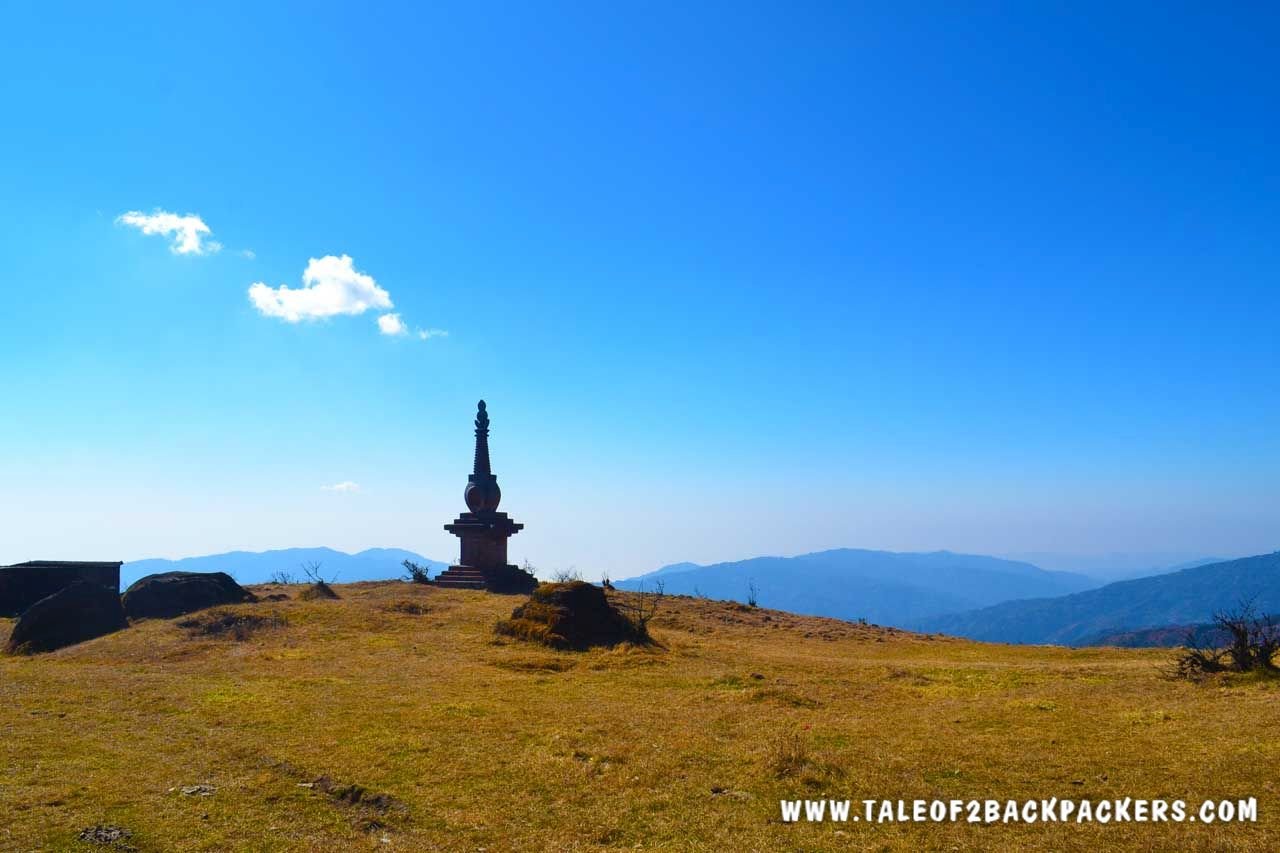
There are a number of small shops at Chitre where you can rest and have food. There is also a small and beautiful monastery at Chitre.
Many trekkers start their trek from Chitre. They take a vehicle up to this point before starting the trek.
After Chitre, the ascent becomes relatively easier. The next village on the way is Meghma, 6 km from Chitre lying on the border of India and Nepal. There is a monastery at Meghma . The trail bifurcates from here. The trail on the right goes to Tonglu situated in India, while that on the left goes to Tumling, situated in Nepal.
Sandakphu is one such trek where borders between countries do not matter. There are many times when you will cross borders between India and Nepal. No paperwork is needed here, neither are there any restrictions for this trek route.
Tonglu is 2 km from Meghma. It is one of the highest peaks of the Singalila range known for its spectacular sunrise over the Kanchenjunga. On the hilltop, there is a trekkers hut where you can stay for the night. There is also the DM’s bungalow for night stay.
The route to the left goes to Tumling in Nepal, 4 km away. There are a number of homestays and lodges available at Tumling offering private rooms and dormitory beds.
If you wish not to stay at Tonglu and hike to Tumling, then just before the GTA lodge there is a bifurcation from the main gravel road on the left. It goes towards Tumling.
Both Tonglu and Tumling offers spectacular sunrise views. There is a viewpoint at Tumling from where you can get a spectacular view of the Sleeping Buddha. There are better and more accommodation options at Tumling. As for us, we took the route towards Tonglu, did not stop there for the night, but came to Tumling for the night stay.
Day 3: Tumling – Jhaubari – Gairibas – Kalipokhri (15 km, 6-7 hrs trek)
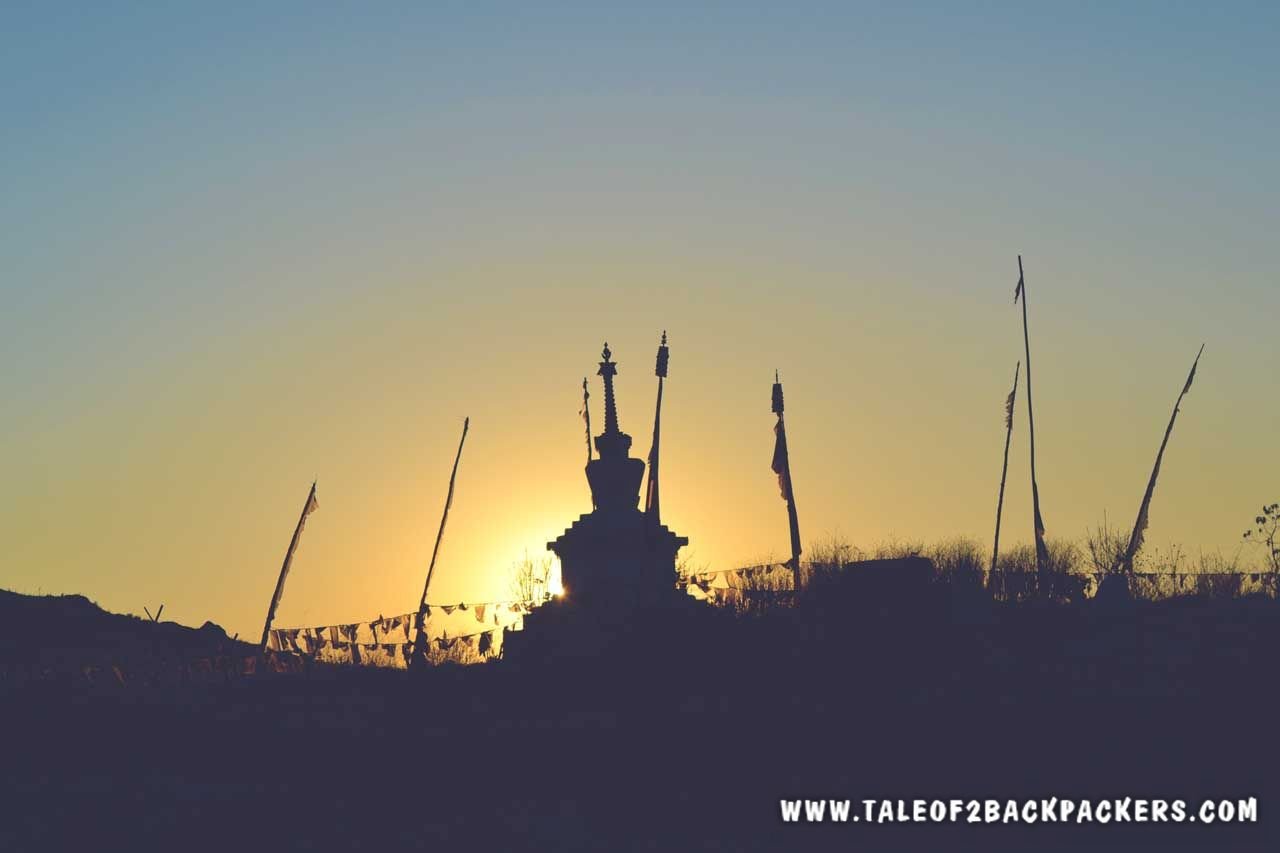
We started from Tumling after a hearty breakfast. After 1 km of the trek, we reached the arched gateway of Singalila National Park. This is the highest altitude national park in West Bengal and is the home to many exotic animals like red panda, Pangolins, Himalayan Black Bear, monals and many other Himalayan birds. We got our permits checked here.
As you enter the Singalila National Park Gateway , you will find the trail dividing into 3. One straight road goes to Gairibas. This road has been made into concrete and mainly used by the vehicles. Trekkers also use this route. The entire route is in India.
The trail on the left is a dirt trail going to Jhaubari in Nepal and then to Gairibas. Though this route is longer, but is more scenic going through the rolling meadows of Nepal. Excited we were to cross borders again, we took this route to Gairibas.
Another route is through the forests going all the way to Gairibas.
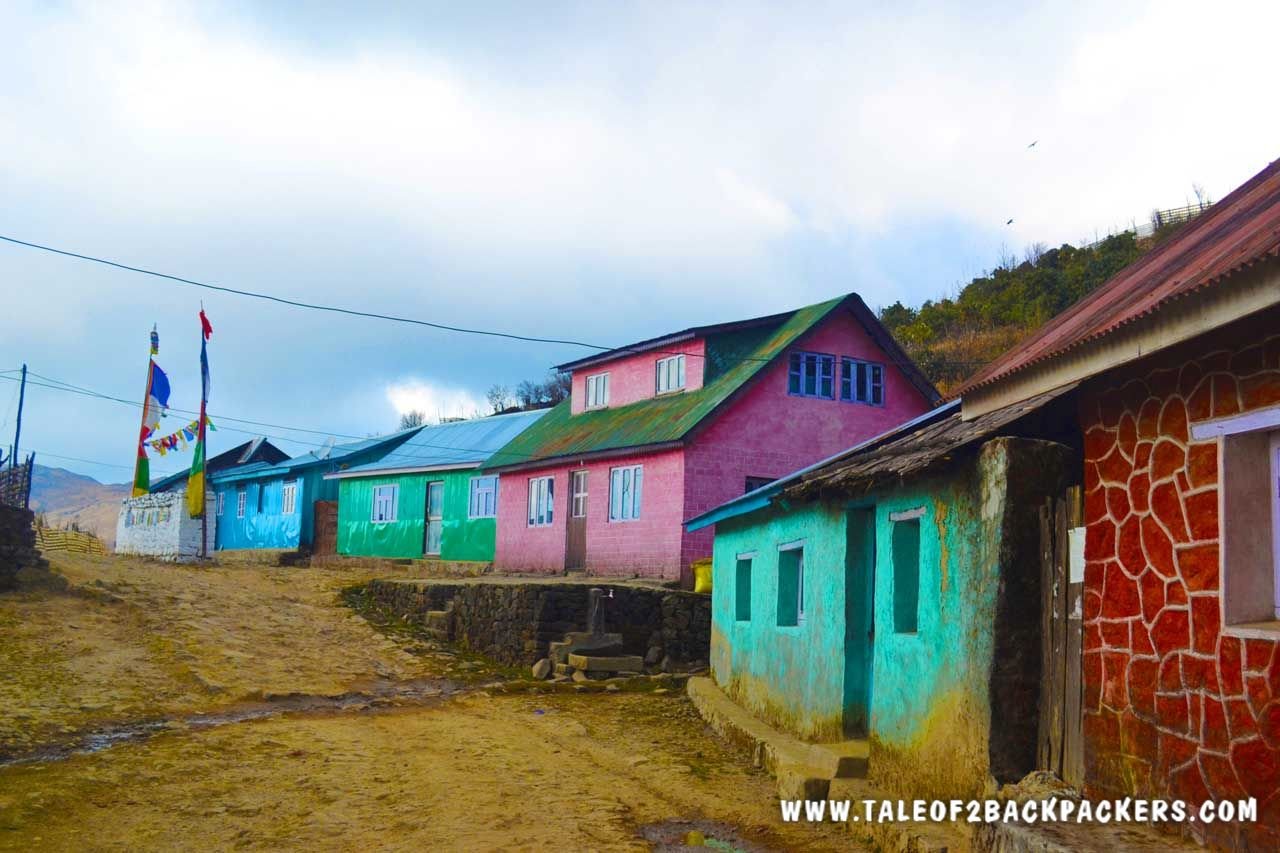
Jhaubari is a small village, 6 km from Tumling and it takes around 3 hours to reach there. From Jhaubari, we took a right turn towards Gairibas. From Jhaubari to Gairibas, the trail goes through a steep descent.
Once you reach Gairibas, you will see some shops here selling tea and different eatables. Gairibas has a number of lodges for a night stay if you so choose to. But during the peak season, it is usually difficult to find accommodation at Gairibas. You can rest here for some time because the next part of the trek to Kaiyakatta goes through a steep ascent.

After a rest, we started our ascent towards Kaiyakatta , another 2 km from Gairibas. From Kaiyakatta also, there are 2 routes – one going through India and the other through Nepal, finally both meeting at Kalipokhri. We took the route through India which was a gradual climb to Kalipokhri .
Kalipokhri is located at an altitude of 10400 feet and it takes about 3 hours from Gairibas. There is a small lake having black coloured water. This lake is considered sacred by the local people. At Kalipokhri there are a number of homestays. We stopped for the night at one such homestay. At Kalipokhri, we had one of the best dinners in the entre Sandakphu trek trail. The owner also served us Roxy , a local alcoholic drink made from rice or rhododendrons.
YOU MAY ALSO LIKE: David Scott Trail – a historical trail in Meghalaya
Day 4: Kalipokhri – Sandakphu (6 km, 3 hours)
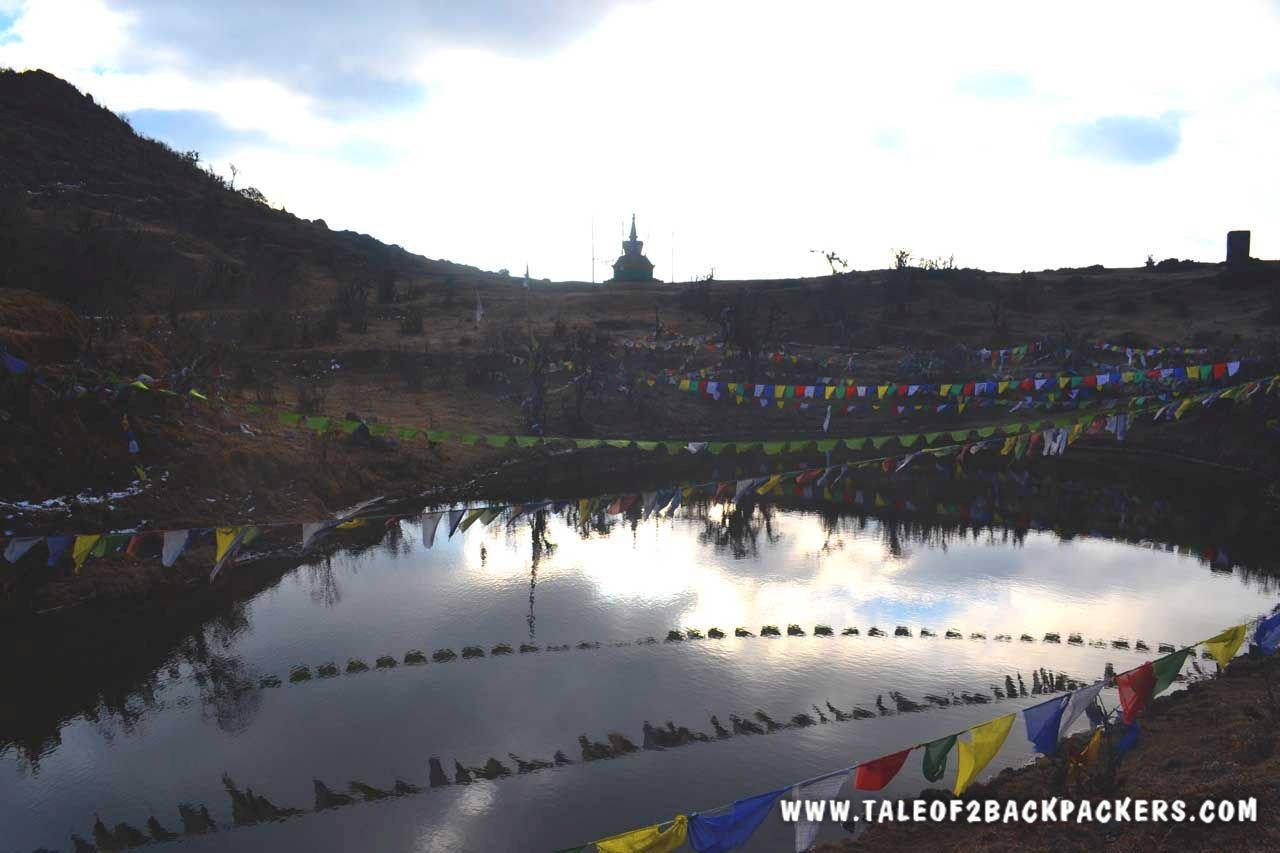
The distance from Kalipokhri to Sandakphu might seem only 6 km, but this stretch is clearly one of the most difficult ones in the entire Sandakpu trek route. You can see the Sandakphu Peak from Kalipokhri itself, but reaching there is not easy.
From Kalipokhri, the trail gradually ascends to Bhikeybhanjan, 2 km away. From Bhikeybahanjan, the climb to Sandakphu is the steepest. Haven’t you heard of the saying, ‘ great things do not come easy ’? The same happens in this case too. As it is, trekking at an altitude of 10000 feet is not that easy. And here the trail is also quite steep. The 4 km stretch can easily take more than 2 hours to cover.
We understood that quite well. The last few kilometres were literally a struggle for me. While we could see the Sandakphu peak near, but we were not arriving at the place. Finally, when the milestone saying “Sandakphu 0 km, Phalut 21 km’ arrived, we were simply ecstatic. But then there was another 500-metre steep climb from the milestone to the top.
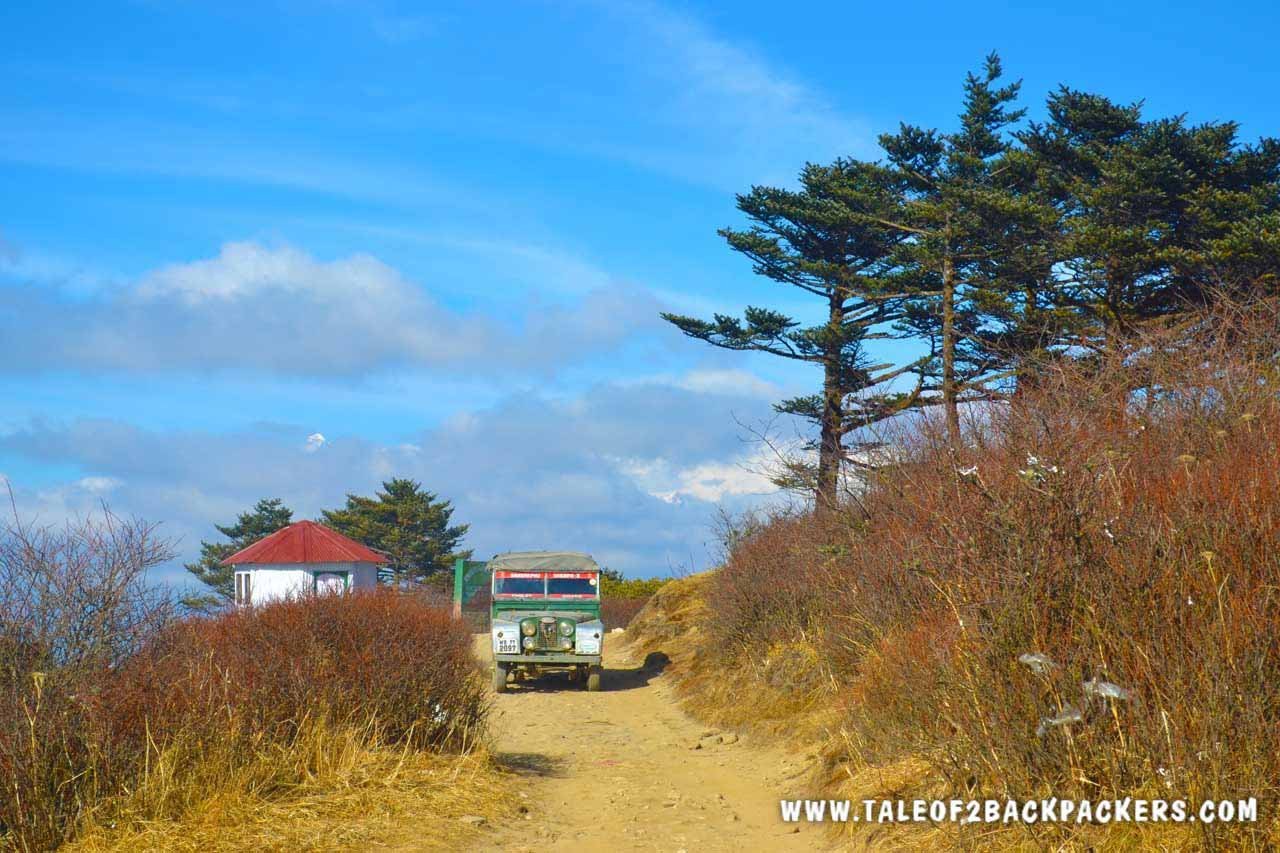
All the pains that we took to climb simply vanished when we reached Sandakphu. The weather was clear with blue skies and balmy breeze and we could see the mountain ranges in front of us. we could see some of the highest and the most beautiful peaks of the world from Nepal to Arunachal. The place is surrounded by green conifers and time seemed to still at this paradise. It was such an overwhelming feeling!
There is a trekkers hut, a few private lodges at Sandakphu for staying overnight. We stayed at the Trekkers hut for the night.
Day 5: Sandakphu – Phalut (21 km, 12 hours)
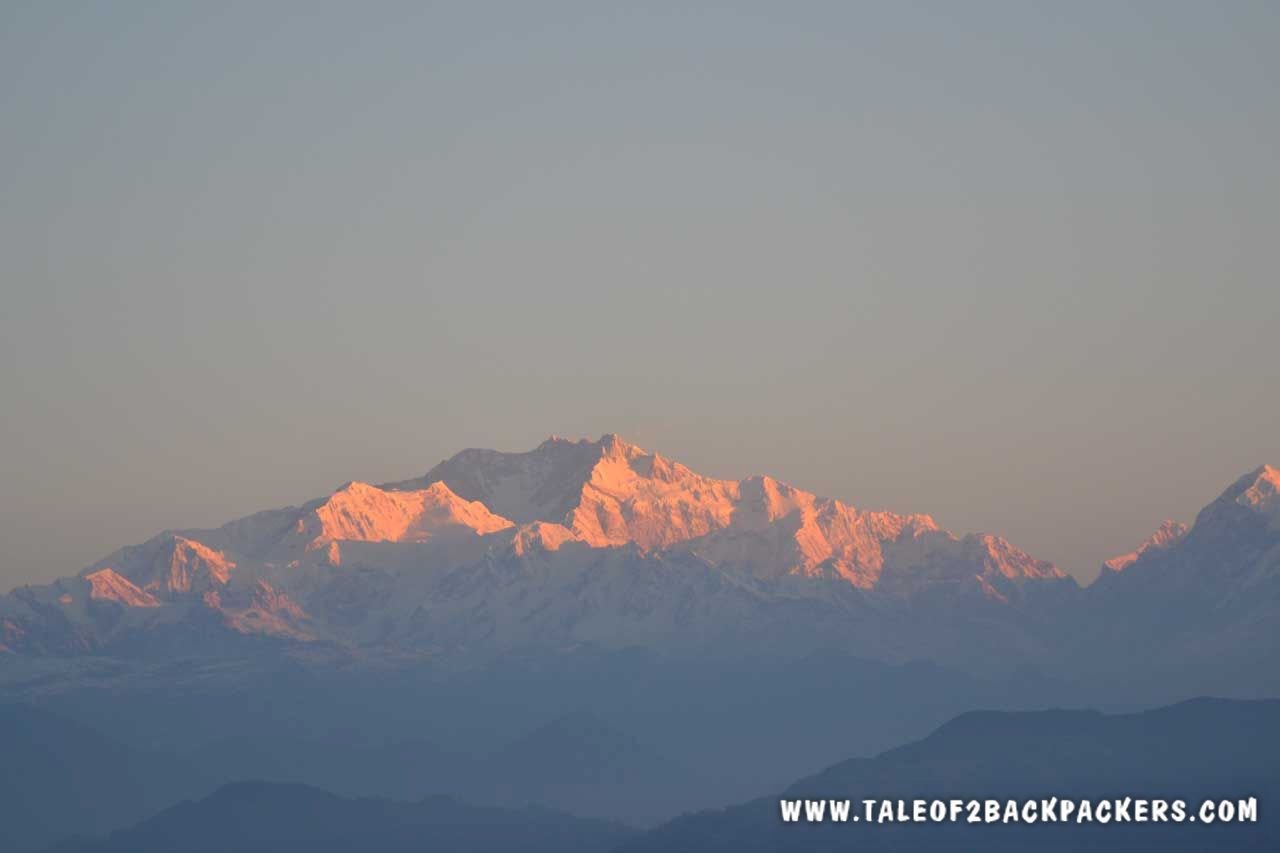
The next morning we watched a magnificent sunrise at Sandakphu over the mighty Himalayan ranges. After that, we decided to trek towards Phalut.
YOU MAY ALSO LIKE: Rupin Pass – an epiphanous journey
Phalut Trek
Phalut is another 21 km from Sandakphu and is one of the highest peak in the Singalila range at an altitude of 11811 feet.
The word Phalut is derived from the Lepcha word “ Fak-Luk ” that means barren peak . Infact the Phalut area and even the last few kilometres to Phalut is quite barren. This is in contrast to the greenery at the lower levels.
Sandakphu to Phalut Trek
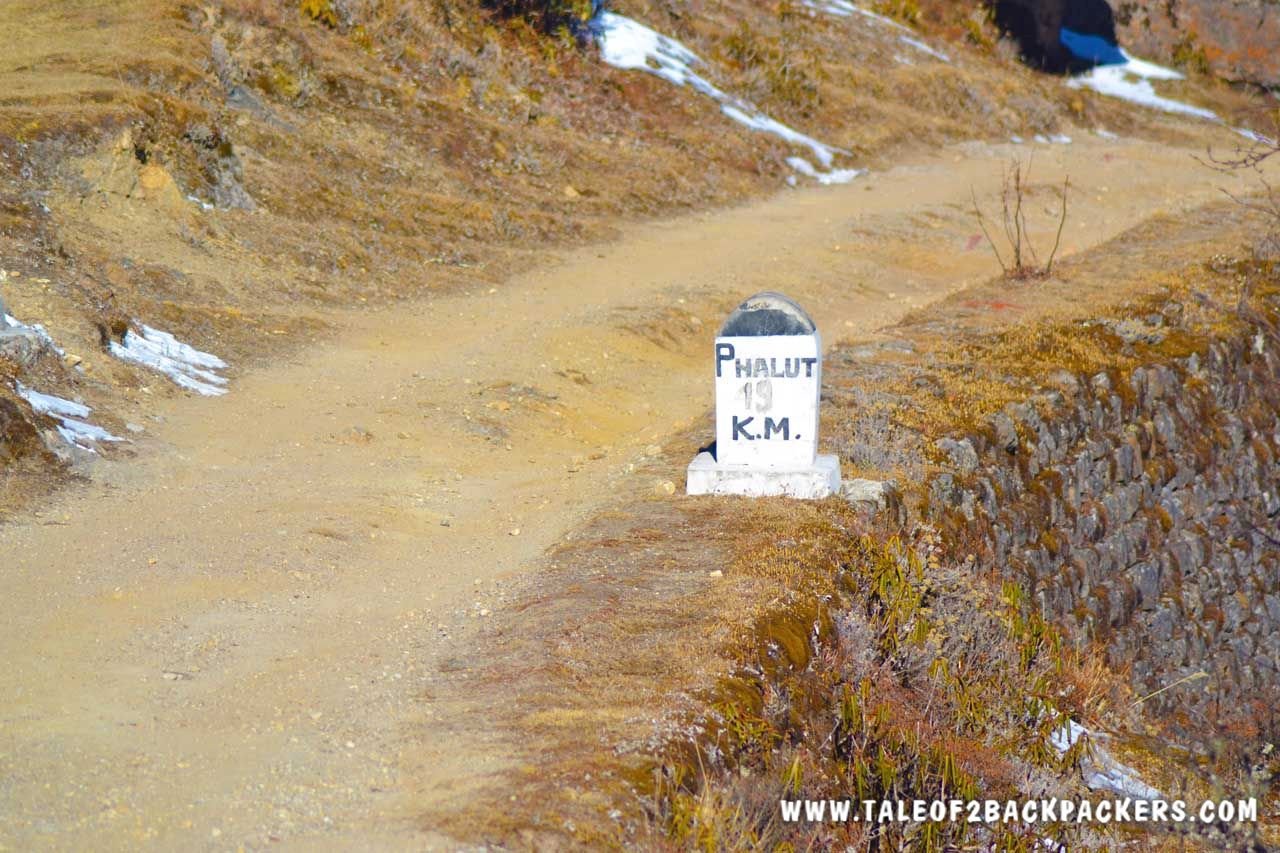
The trek from Sandakphu to Phalut is perhaps the most dramatic one in the entire stretch. The way is quite a long one and there is only one settlement in the entire trail. 14 km from Sandakphu is the village of Sabagram or Sabarkum, which is the last settlement before you reach Phalut. So it is better to carry food and water on your way to Phalut.
The trek route from Sandakphu to Phalut is relatively easier with undulating gradients. There are both downhill and uphill stretches going through rhododendron forests, pine forests, vast meadows with the magnificent snowclad mountain ranges at the backdrop. You will see the Kanchenjunga family on your right and the Everest family on your left as you walk through the lovely meadows.
It takes about 10 – 12 hours to reach Phalut and experienced trekkers can do this in one day. Sometimes, trekkers prefer to stop at Sabagram, but accommodation option is limited here.
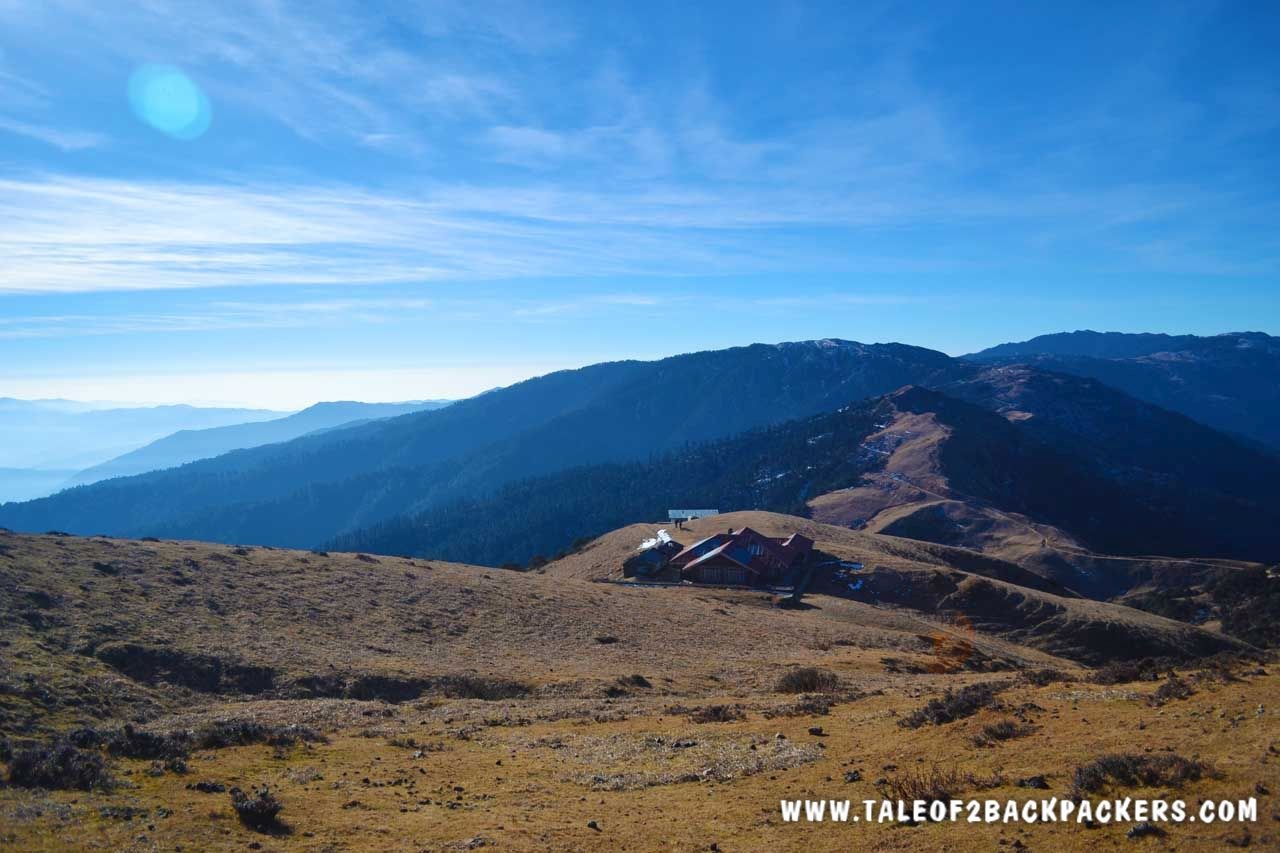
Phalut is basically a tabletop where there is a single GTA trekkers hut. The stay is quite basic here. but once you look around you, you will see the beauty all around. The Kanchenjunga ranges just seem to be at a stone’s throw distance. It is about 50 km on a straight line distance and appears gigantic and awesome. This is the closest view of the Kanchenjunga that you will get from the Singalila range. And believe me, the view id simply numbing. You will realise how small a place you occupy in front of the mountains and nature.
Phalut gets quite windy in the afternoon. The winds are quite strong, especially at night and it is better to stay indoors at night. The sunrise from Phalut is also spectacular.
Day 6: Phalut – Gorkhey
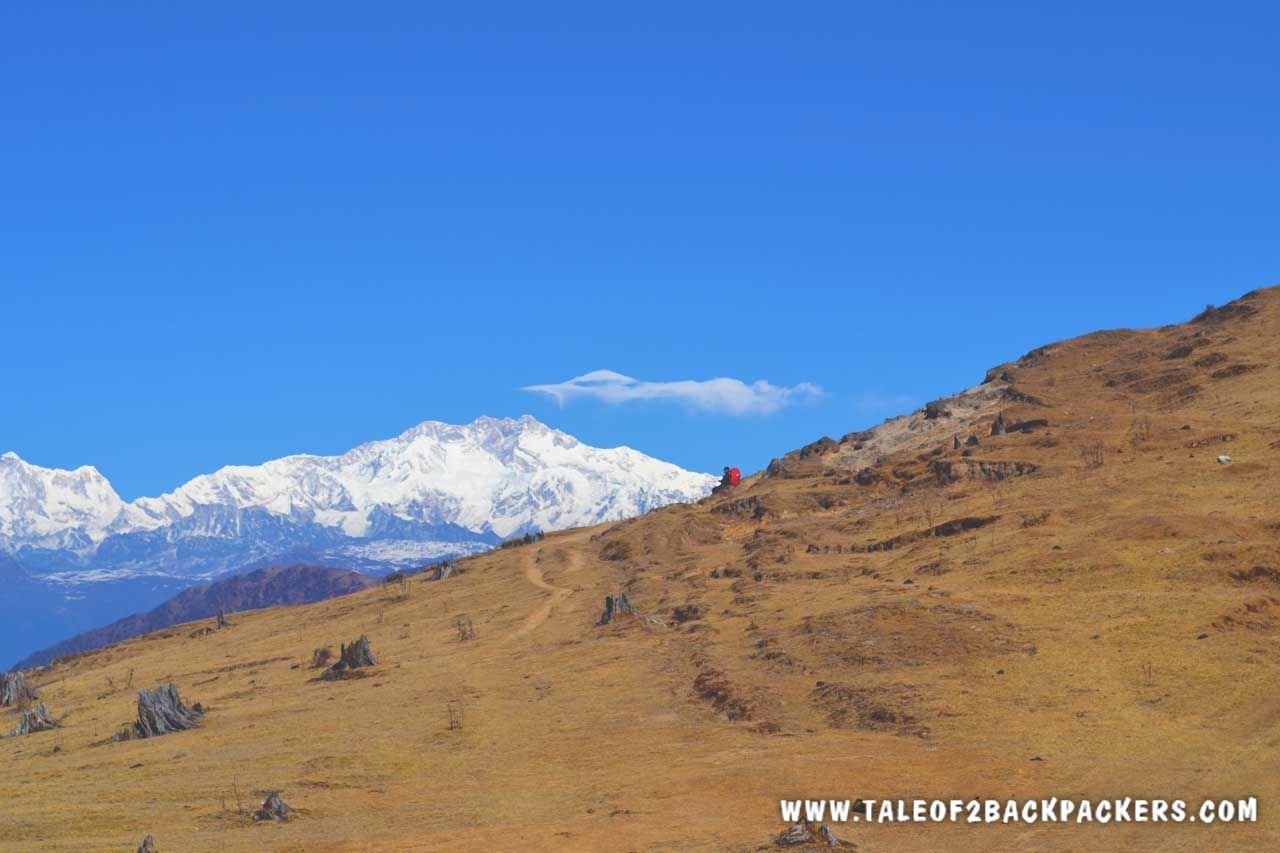
The next day, after watching a mesmerizing sunrise, we started our downhill trek. The trail is through beautiful forests of pine and conifers and bamboo blades. Gorkhey is about 15 km from Phalut. It is a lovely little village surrounded by pine trees. The Gorkhey Khola flows in between the village. There are about 30 families living in this village. There is a GTA Trekkers Hut and a few homestay options at Gorkhey for overnight stay.
The next day, we hiked from Gorkhey to Ribdi and then took a shared jeep to Jorethang. From Jorethang we took another jeep to Siliguri.
Return routes from Sandakphu
If you do not wish to trek all the way to Phalut, then there are a number of routes by which you can return from Sandakphu. Most of these routes pass through Srikhola.
Route 1: Sandakphu to Srikhola via Gurdum
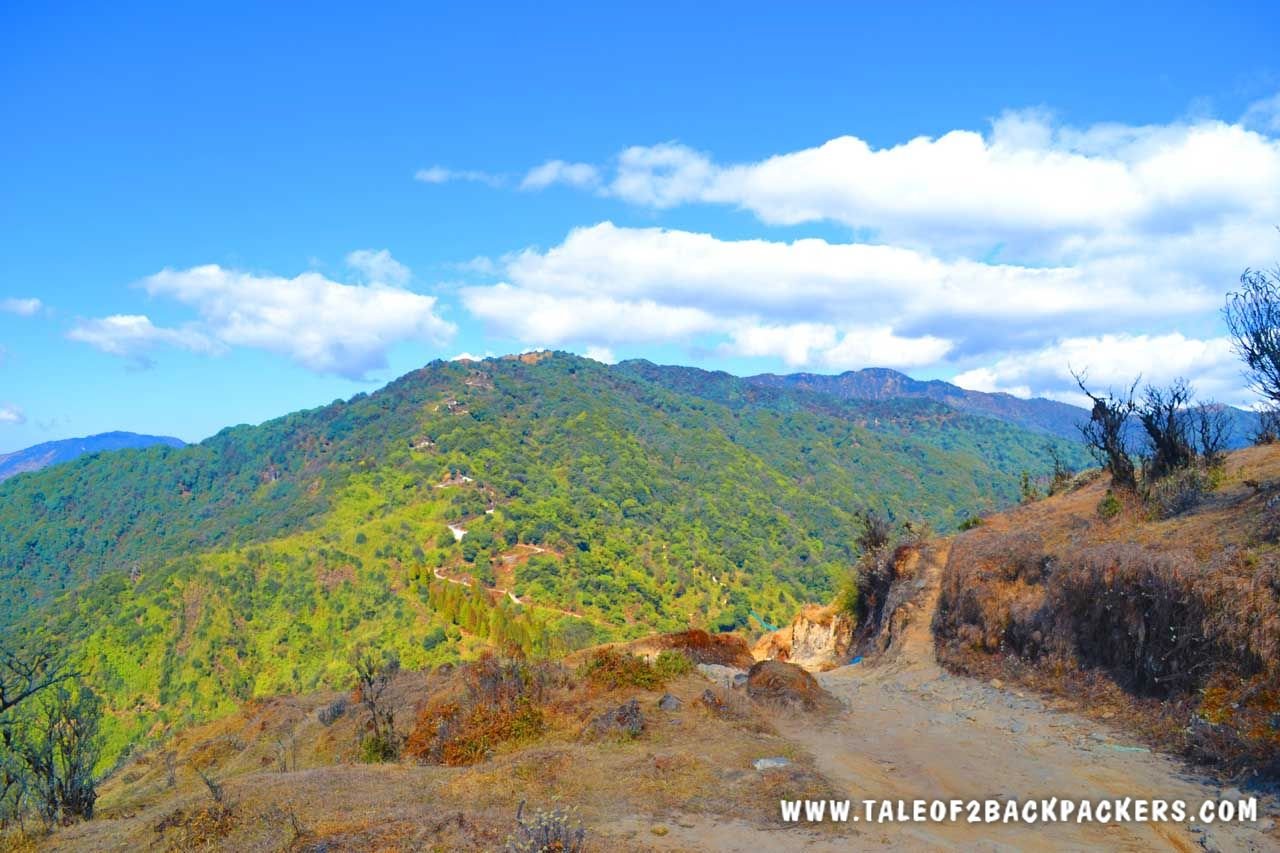
This is the most common route and also the shortest one. Sandakphu to Gurdum is only 10 km and can be covered in around 3.5 – 4 hours. Gurdum has a private accommodation option if you want to stay there for the night.
Srikhola is another 1.5 hours walk from Gurdum. This trail passes through the jungles and the rhododendron forests. In spring (April & May), the forests bloom with rhododendrons. If you are lucky enough, you might spot a red panda or a Himalayan bear.
Srikhola is named after the river by the same name. There are many options for accommodation at Srikhola. Usually, trekkers, stop for the night at Srikhola and the next day take a shared keep to Darjeeling via Rimbik, Manebhanjan and Ghoom.
From Srikhola, you can also trek uphill another 7 km to Rimbik. You can stay there overnight and the next day take a jeep to Siliguri.

Route 2: Sandakphu to Srikhola via Molley (16 km)
In this route, you have to trek upto Sabargram. Here the route bifurcates. You have to take the route on the right towards Molley, then to Rammam and finally to Srikhola.
Route 3: Sandakphu to Rimbik via Bhikeybhanjang
In this route, take the trail back to Bhikeybhanjang, 4 km away. From here, there is a direct trail to Rimbik through dense forests and steep downhill slopes.
YOU MAY ALSO LIKE: Amarnath Yatra Trek Route – a complete Guide
Sandakphu by Car (Land Rover)
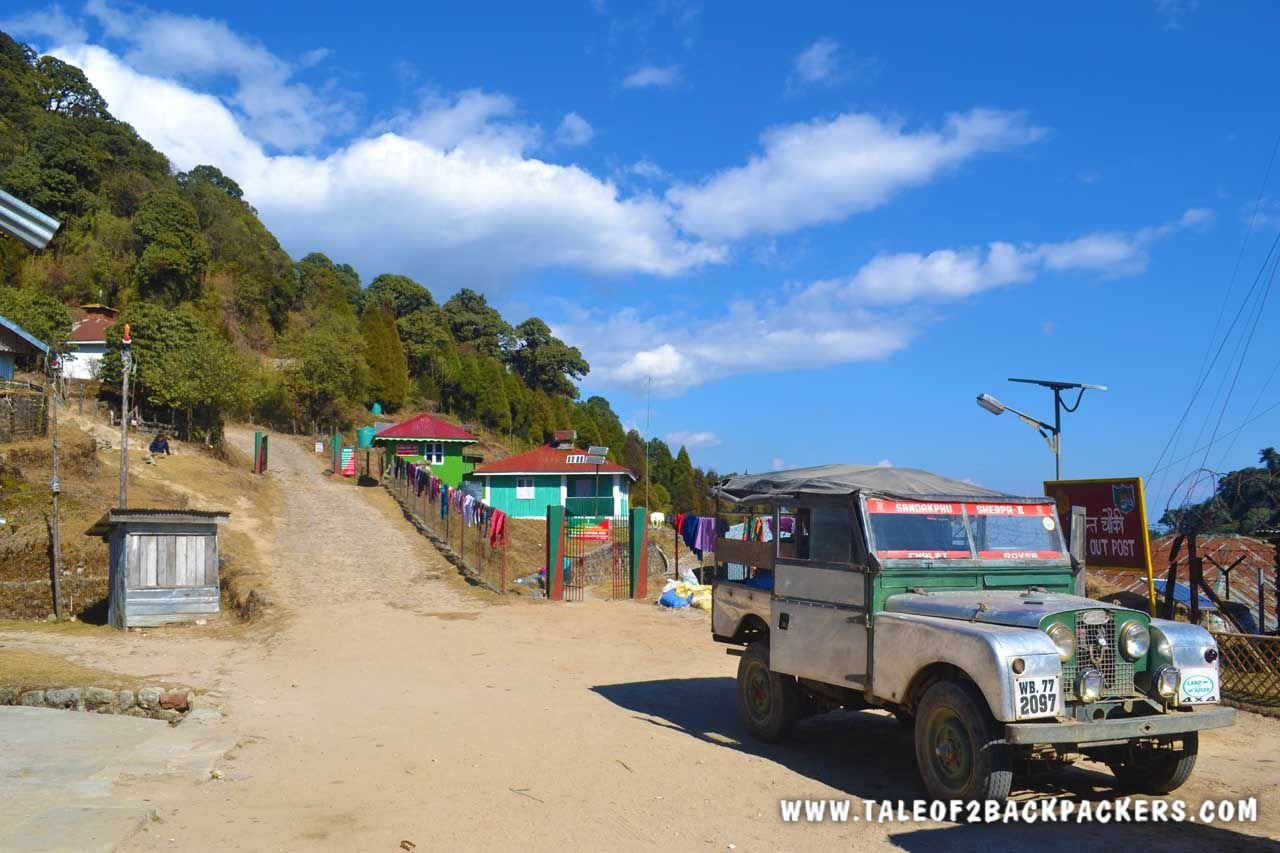
Trekking is not the only way that you can reach Sandakphu. There are motorable roads where 4-wheel drives are required to manoeuvre the tricky gravel-boulder track. Landrovers are available from Manebhanjan all the way to Sandakphu and also to Phalut. Lately, most of the roads to Sandakphu has been paved partly with tarmac and partly with concrete.
Many tourists, who do not want to trek all the way to Sandakphu, now avail the facilities of the land rovers to travel to Sandakphu.
Remember: No private cars and bikes are allowed inside the Singalila National Park.
Some important information
Land Rover Fare Maneybhanjan to Tumling (round trip): INR 2500 + Night Halt Charge
Land Rover Fare Maneybhanjan to Sandakphu (round trip): INR 5500 + Night Halt Charge
Land Rover Fare Maneybhanjan to Phalut (round trip): INR 9000 + Night Halt Charge
Night Halt Charge for Land Rover: INR 1500 per night (applicable for night stays)
Vehicle Entry Charge: INR 100
Contact of Singalila Land Rover Association: 8145822708, 9800667075, 9647790545
Unlike trekking, guides are not mandatory for visiting Sandakphu by jeep.
Best season to visit Sandakphu
Sandakphu is a trek for all seasons. But during each season the region looks different. Each season has own speciality for Sandakphu trek.
Sandakphu in April (spring) – the season of rhododendrons
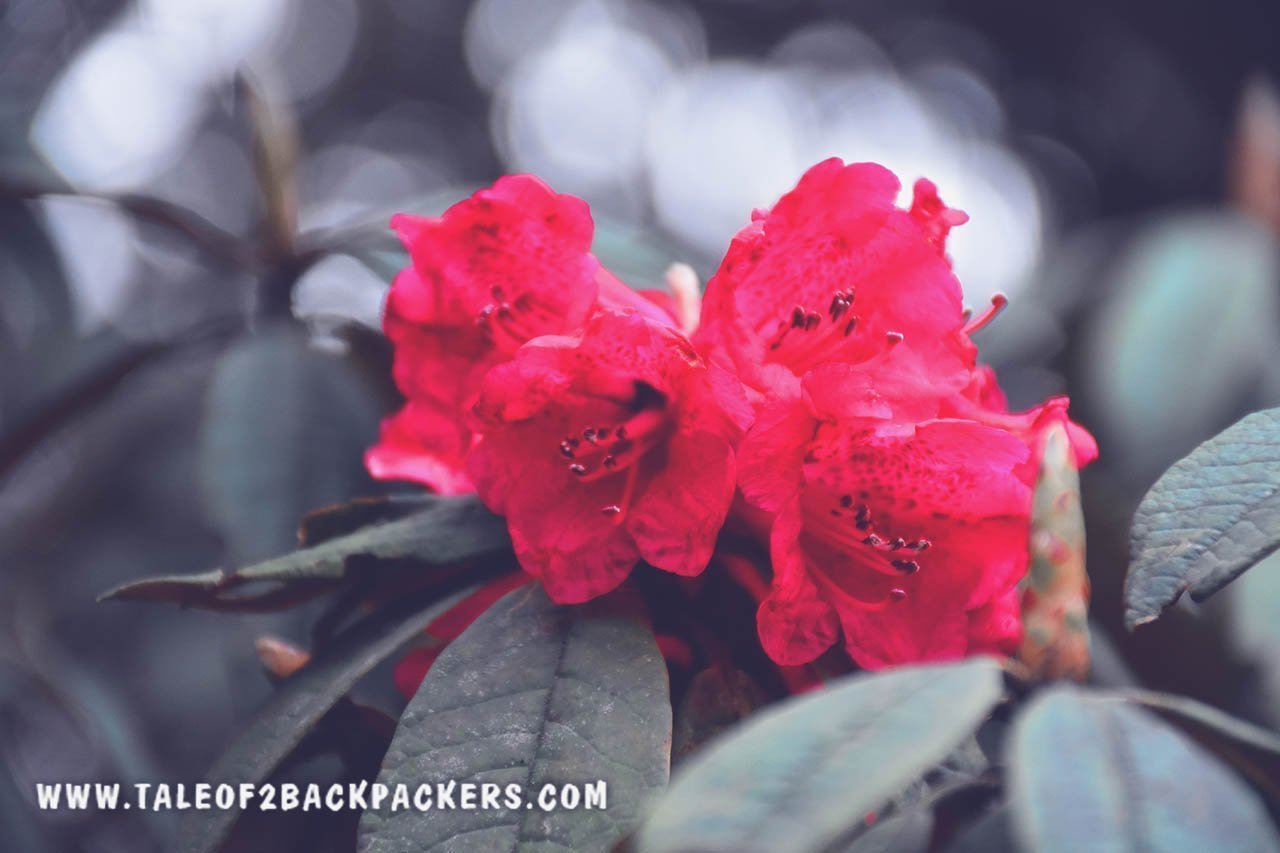
April is one of the best seasons to do the Sandakphu trek or visit Sandakphu by car. During this time, the entire forest burst into colours because of the blooming rhododendrons. Everything looks colourful and bright. Also, you can see some of the amazing wildlife that the place has to offer.
Sandakphu Trek in October & November (Autumn) – for clear views of the mountains
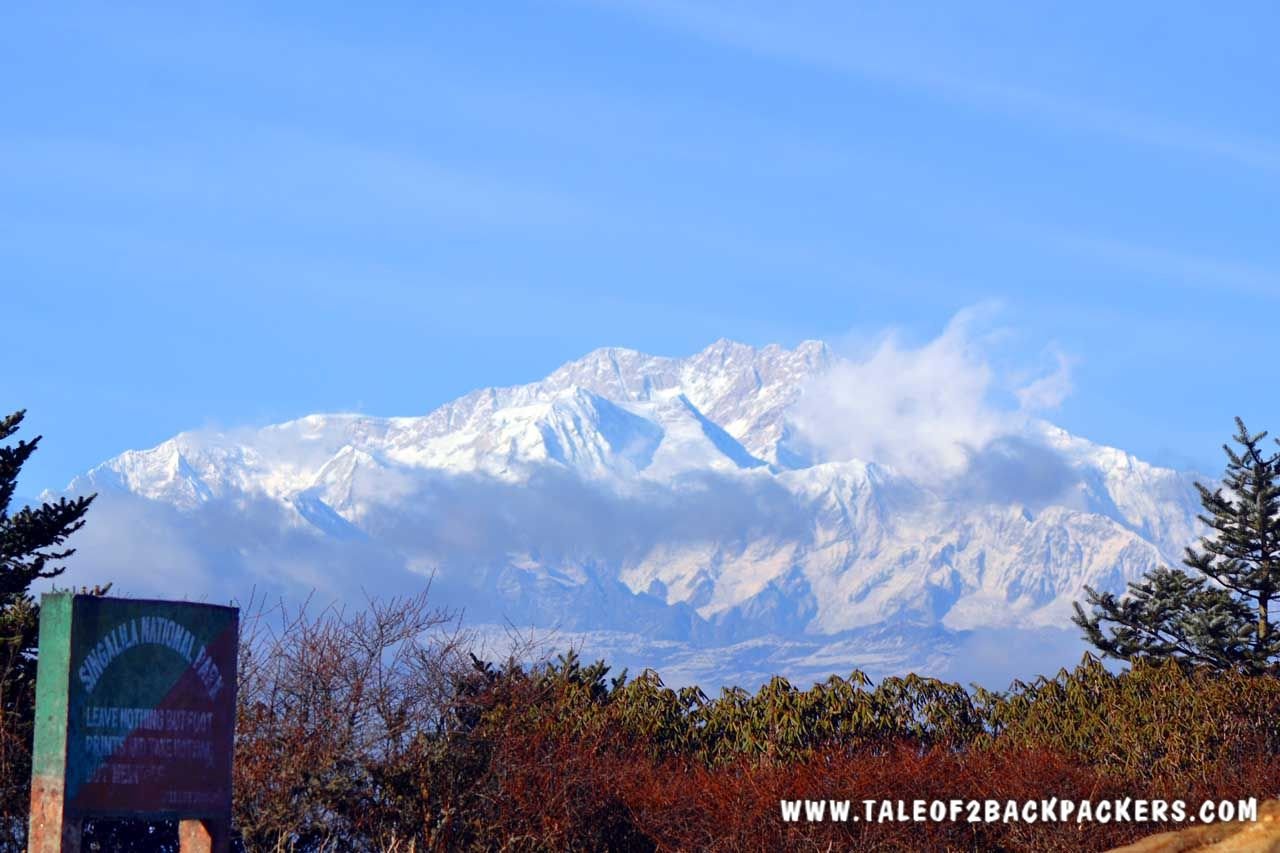
If you want to see the mountains in their full glory then autumn months of October and November are the best time to visit Sandakphu. The sky remains clear and you will get clear views of the mountain ranges and glorious sunrises. Of you trek into late winters like January and February, you will even get snowfall at various parts of the route.
How to reach Manebhanjan?
The nearest railway station is New Jalpaiguri (NJP) and the nearest airport is Bagdogra.
Manebhanjan , the small village near the Indo-Nepal border is about 90 km from Siliguri. From NJP and Bagdogra, you can get a reserved car to Manebhanjan. A reserved car will take around INR 3000 from NJP/Bagdogra to Manebhanjan.
You can also avail shared jeeps, but in that case, you have to change the vehicle at Sukhiapokhri or Mirik. From Siliguri SNT Stand, you will get a shared jeep towards Sukhiapokhri and Mirik. From both these places, you have to take another shared jeep to Manebhanjan.
Alternatively, you can also reach Manebhanjan from Darjeeling. From Darjeeling shared jeeps are available from the jeep stand.
Where to stay during the Sandakphu trek?
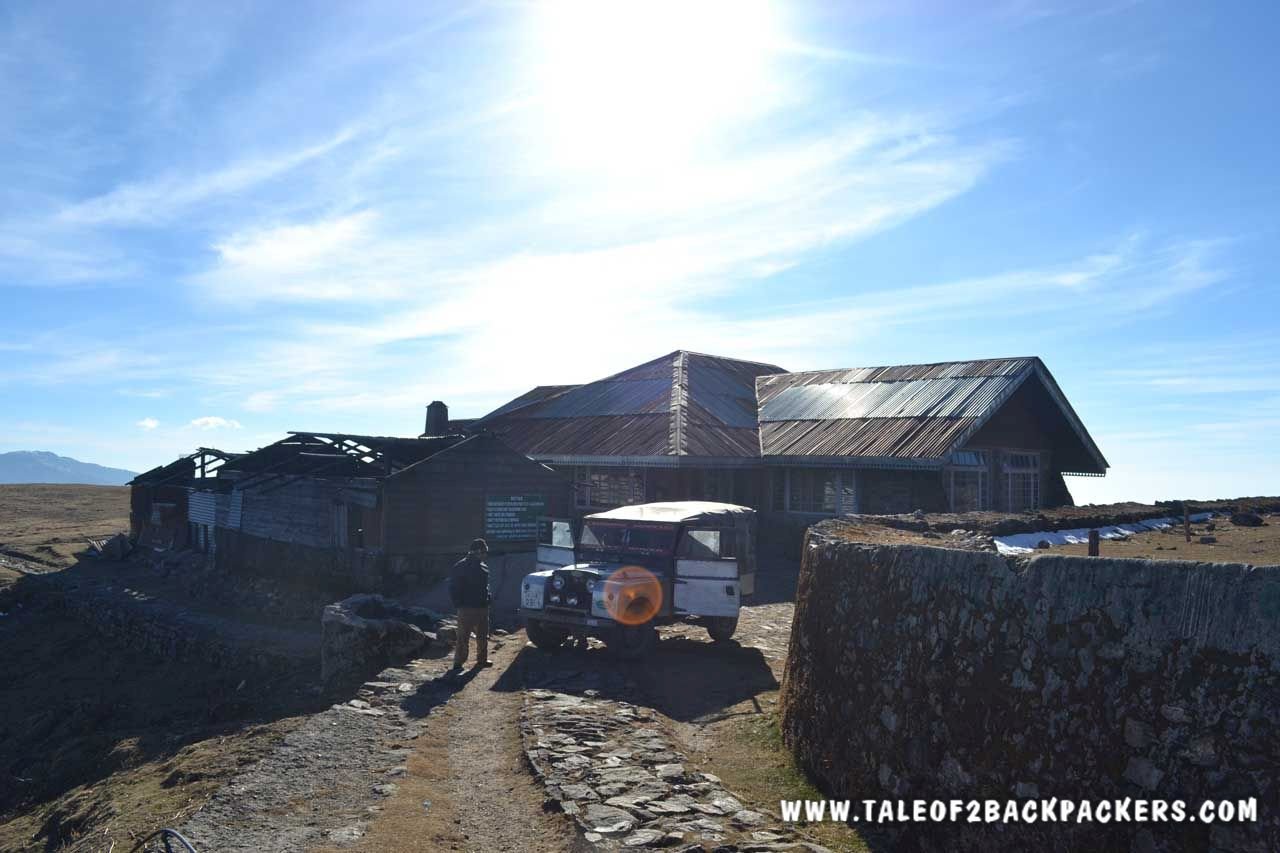
You will get basic accommodations at almost all the places in the Sandakphu trek route. However, these accommodations are mostly basic lodges and trekkers huts. You might get a few homestays also. Almost all these places provide basic food like rice, daal, vegetables, eggs and sometimes chicken also.
How to book the GTA Trekkers Hut?
GTA Trekkers Huts are available at Tonglu, Gairibas, Kalipokhri, Sandakphu, Molley, Phalut and Srikhola. GTA Lodges can be booked only physically by visiting one of their offices at Kolkata, Siliguri or Darjeeling.
GTA Kolkata
Gorkha Bhavan, Salt Lake (GTA Lodge Booking & Info)
No. DD28, Sector 1, Salt Lake City, Kolkata – 700064
Gorkha Bhavan is located opposite the City Center Mall.
Mobile: (+91) 99031 74047, Landline: 033 – 23377534
GTA Siliguri
Pradhan Nagar, Opposite Mainak Tourist Lodge
Hill Cart Road Siliguri. Cell: 9434007080
GTA Darjeeling
Laden-La Road, Phone: (0354) 2256683
Darjeeling Railway Station.
Other private accommodations at Sandakphu route
There are also a number of homestays and lodges coming up in the area. Here is a list of such accommodations along with their contact numbers. Care has been taken to collect these contact details, but these information are subject to change)
Camping options are available at Tonglu, Gairibas, Kalipokhri, Sandakphu, Molley, Gorkhey and Srikhola. If you are carrying your own tents, you can definitely find places to pitch your tent at these places. It is not possible to camp at Phalut because of extremely strong winds.
Are Guides required for Sandakphu trek?
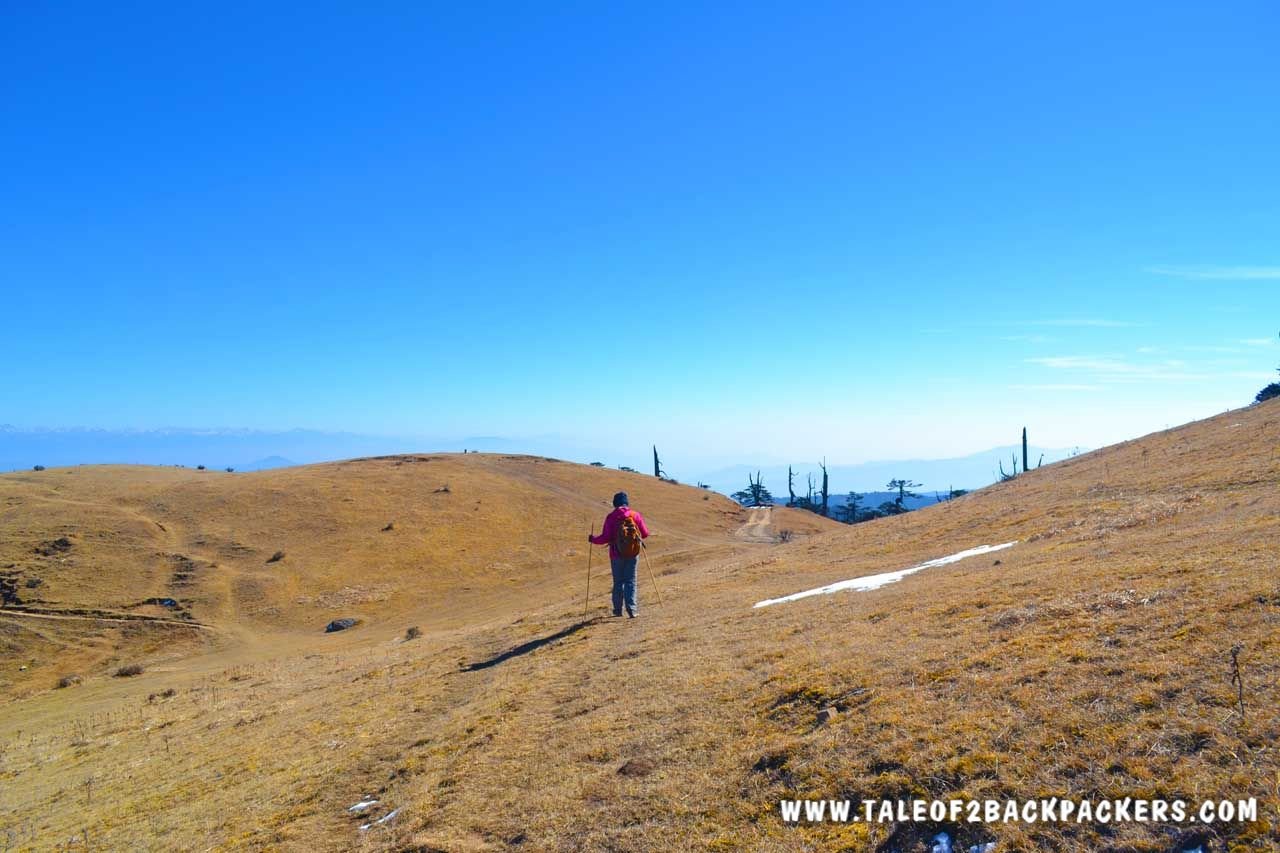
It is mandatory to take a guide if you are doing the Sandakphu trek along with Phalut. However, if you are going to Sandakphu or Phalut by car, then guides are not mandatory. If you are starting from Manebhanjan, then you can get a guide from Highlander Guides and Porters Welfare Association , located near the roadside as you enter the village.
If you are taking a porter, then you can negotiate with him to also be your guide.
The rate for a Guide for Indians: INR 1000 per day for Indians for up to 7 persons in the group; thereafter INR 150 per additional person.
Guide rate for foreigners is INR 1200 per day for a group of up to 7 persons, then INR 300 per additional person
The rate for Porter: INR 800 per day + INR 200 for food at Sandakphu and Phalut each.
Guides are also available at Dhotrey and Rimbik. At Dhotrey, you will get guides from Nature Guides Association. In Rimbik (in case you want to do the trek in the reverse way), you will get guides available at Rimbik Guide Association.
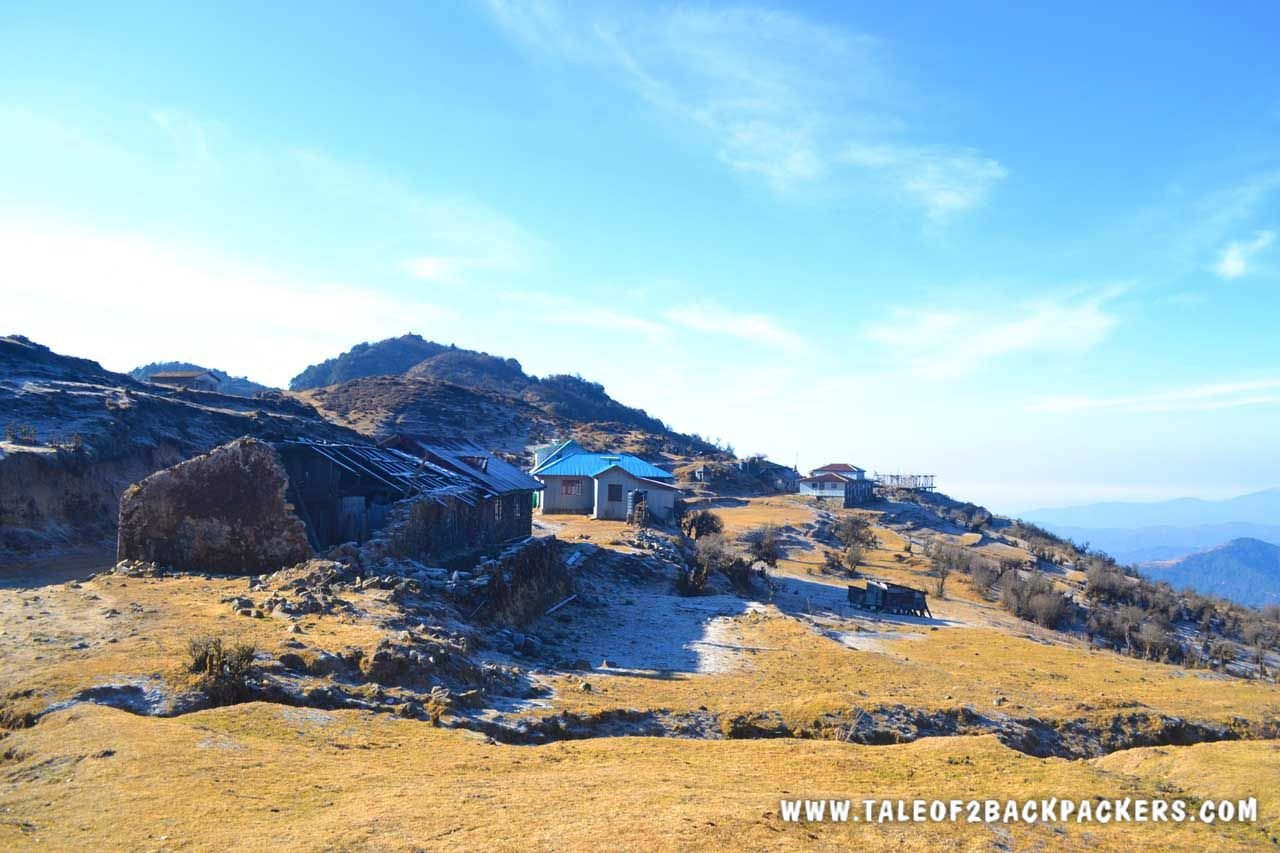
How to obtain permits for Sandakphu trek?
Entry into the Singalila National Park requires a permit. You can obtain the permit at Manebhanjan or at the Singalila National Park entry gate just after tumbling.
The cost of the permit is INR 100 per person for Indians and INR 200 for foreign nationals. Camera fees is INR 100 for still digital cameras and INR 400 for video cameras.
Note: Singalila National Park remains closed between mid-June to mid-September (for 3 months). This is the monsoon time and animal breeding season. So Sandakphu trekking cannot be done during this period. However, you can trek up to Tonglu and Tumling during this time.
Some Essential Information about the Sandakphu Trek & Phalut Trek
Mobile signal during the sandakphu trek.
Indian mobile networks mostly do not work in the trek route. You might get intermittent network from BSNL. Mobile network is available at Manebhanjan and once you reach Srikhola.
At some places, Nepal mobile services are available and your mobile tower might switch over to Nepal international roaming. So be careful before making long calls.
To be honest, we both remain very happy if no network is available. We would be happy to spend a few days away from mobiles and other vagaries of city life while on a trek.
There are no ATM facilities available nearby, not even at Manebhanjan. The closest ATM is at Sukhiapokhri. So carry enough cash while starting the trek.
Electricity
After Tumling, electricity is not available. But the people use solar panels for their minimal power needs. The hotel and lodge owners can charge your mobile phones and camera at some marginal cost.
Clothing, accessories & medication
Sandakphu can be quite cold during the winter months. So carry enough warm clothes and jackets along with scarves and gloves. We had done this trek in January and it was biting cold then.
Use proper trekking shoes and carry extra pairs of socks. It is advisable to carry rainwear because you cannot predict the weather in the mountains. A trekking pole can be helpful while trekking.
Also carry all the necessary medications like a pain spray and common medicines for cold, pain and stomach upsets.
Respect the mountains and be responsible
Last, but not the least, please respect the mountains and nature. Try to avoid using disposable plastic bottles like Bisleri etc. Carry a bottle with you and keep refilling it. The water is good here. Do not throw plastics and trash on your way. Try to have proper meals like rice, daal & vegetables instead of instant food like Maggi.
Finally, please be responsible for the mountains. Of late, we had heard that a young man lost his life while doing the Sandakphu Trek. This trek is not very difficult, but even at 10000 feet, the body needs some discipline. Refrain from having alcohol in the trek, how so ever happy you might be after completing the trek. Alcohol can be quite detrimental to your health. The same goes for those who visit Sandakphu by car.
Sandakphu Trek along with Phalut is one of the most beautiful treks in eastern India. These days, roads are made all the way to Sandakphu so that Land Rovers can take tourists all the way to Sandakphu without having them to trek. This will result in more people visiting the place and enjoying the heavenly views of Sandakphu. As an avid trekker, we can only pray that the place does not become over-commercialized. Sandakphu trek was beautiful and is still beautiful. Let it remain that way.
P halut and Sandakphu Trek in Pictures.
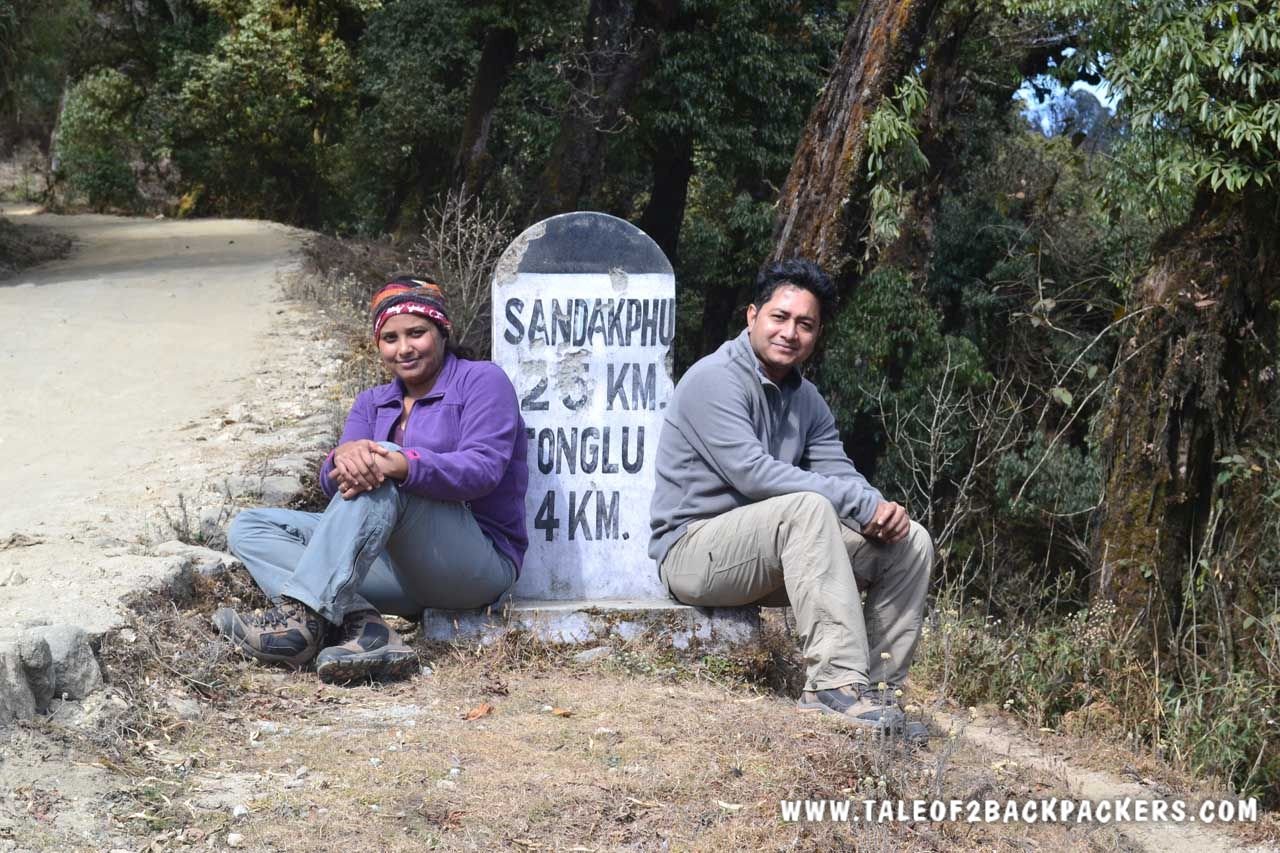
Did you like the post? Please let us know in comments below. Please share the post and pin it for a later read!
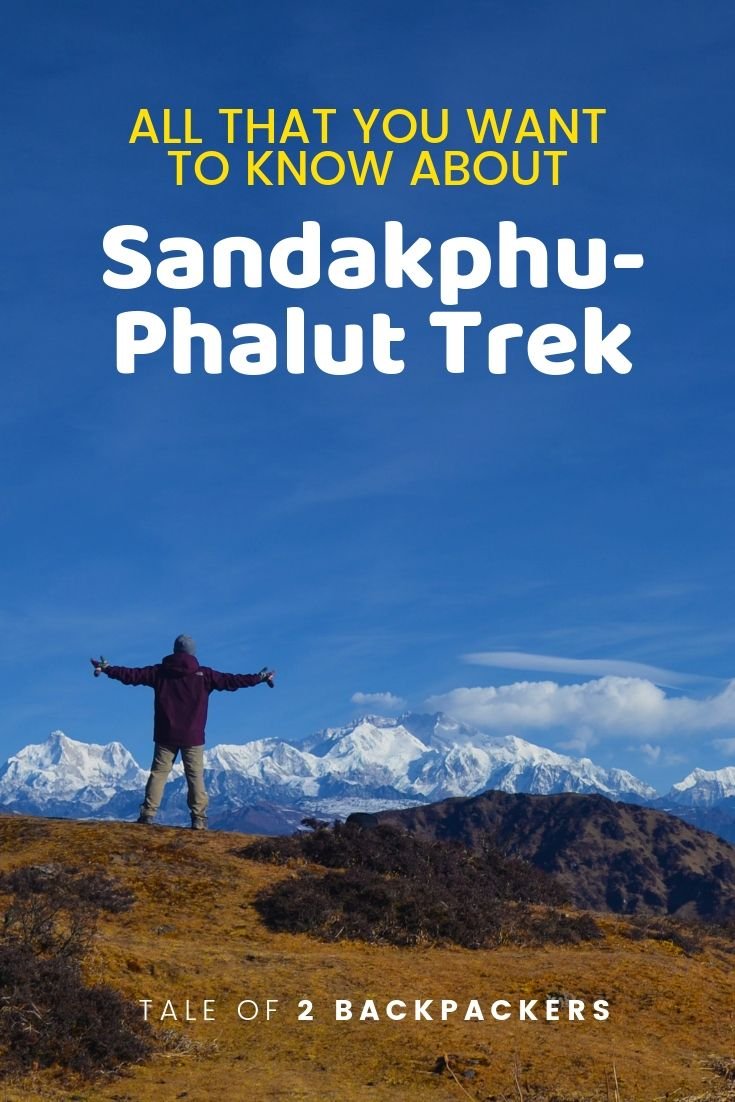
Agni Amrita
Related posts.
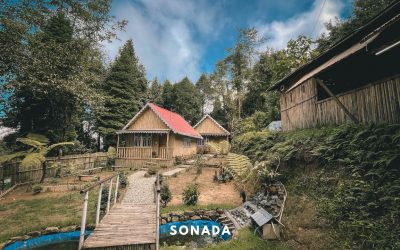
Sonada – An Offbeat and Relaxing Getaway near Darjeeling
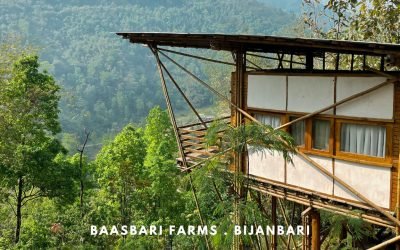
Baasbari Farms, Bijanbari – An Alternative Stay near Darjeeling
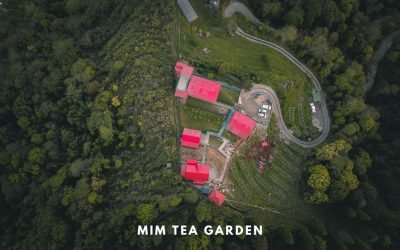
Mim Tea Garden – Offbeat Hidden Destination near Darjeeling
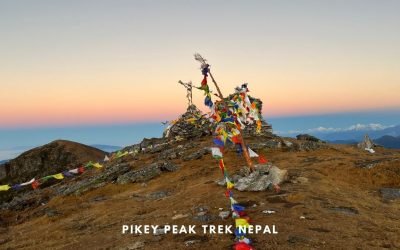
Ultimate Guide to the Offbeat Pikey Peak Trek in Nepal

Murshidabad Heritage Festival – Knowing the Past through Present
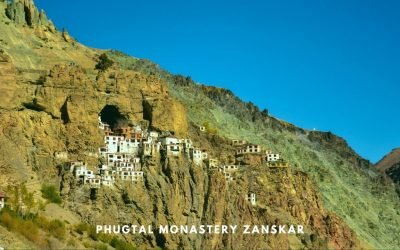
Phugtal Monastery Trek – Guide to the Cave Monastery of Zanskar
50 comments.
Can I get the contact number or mail address to place my queries.
Please drop a mail at [email protected]
What a blog, very beautifully explained the beauty of Sandakphu and I can feel how great your trip was. It encouraged me to visit this place and will definitely try to visit it.
what a heartfelt adventure! Your photos are very inspirational and really fuel the wanderlust inside of me. For someone who have never been to Sandakphu or even heard of the place, you did an excellent job in making my travel juices flow. I love nature travel and after having read about this I feel like I need to add a trek in Sandakphu to my bucket list. And I definitely can see that it is a photographer’s paradise so I think I would enjoy a trip like this. Such a detailed itinerary would come in hand for when I decide to go, so I will make sure to save this post for that event.
Thank you so much, Ann!
I am big time into adventure travel, especially treks. While I have trekked all over the world, Sandakapu trek has always evaded me. I am completely sold on doing it as you rightly said here you get the best view 4 of the world’s highest peaks. Being a landscape photographer this would be an ideal trek for me. Love the amount of details you provided in the post.
Thank you Archana. Sandakphu is really beautiful.
Very interesting story about the poisonous plant up there, but the views of the mountains are amazing! I love the places with seasons changing them, that just means it has more to offer for the visitors. If I was close by, I would definitely be interested in doing some of the treks here.
Thanks Paula! Glad that you liked it.
I have a special place for mountains in my heart… I would love to trek to sandakphu… Viewing four of the highest mountains at once is a dream!
Thank you Mrinal. Sandakphu is really amazing. Easy trek, but with great views.
Beautiful post with all details required. Loved the pictures, may be one day will summit this
Thank you Pamela! May be we should go together! 🙂
What a thoroughly well-researched and informative post! I am not really into mountain trekking but after reading your post, I feel like exploring it too!
Thank you Noor!
OMG! Going on a Himalayan trek is a lifelong dream for me, but no, I haven’t done any preparations towards that! I know, that’s bad…. Happy to know that its only a moderate trek and not a difficult one. I’ve been on a few easy and one moderate so far. So I guess I’ll be able to do it. Good to know that food and lodging is available through the route. One point where you can see all 4 of the highest peaks? Wow! That’s convincing enough to take up this trek! Thanks for this very detailed guide.
Thank you! You can see the all the 4 of the highest peak from Sandakphu as well as Phalut.
Your narrative and pics were spot on. Looks like a great trek.
Thank you Rahul. Sandakphu is a beautiful trek.
My goodness, such a beautiful post and photos. The post covers every small aspect of the place.
Although I don’t go for trekking, now I would love to.
Thank you Jenifer!
no pain no gain, you can admire the beauty if you can take pain and reach out there. it’s so beautiful
Thank you Gurjeet! And truly said. The best views come after the toughest climb.
What incredible pictures. I would probably take three times as long to do the trek with all the picture taking and admiration of the beautiful views. Thanks for sharing. I would love to do one day.
Thank you Kristina!
A very very well captured hike. I enjoyed reading it from the reasons to get here to the actual day wise itinerary. The sights along the way are truly photo-worthy. Found the village of Jhaubari quite quaint and lovely. Thanks for selling this hike to me 😀
Thank you Ami! Glad that you liked it. 🙂
Its a beautifully written guide to the place, I would definitely visit this place!
Thank you Nitya. You must!
Wow this is an excellent and very detailed guide! I’ve never heard of Sandakphu before, so read this with great interest. I’m honestly not a good hiker, but would like to train for something like this one day. As an amateur photographer, I’d love to visit and capture some of these magical views. India is somewhere I’ve not yet been but would like to see one day.
Thank you Lisa! Sandakphu is a good trek for beginners as well.
This trek looks amazing! I have always wanted to see Mt. Everest and doing a less strenuous trek with these types of views would be just right for me. It’s amazing that you can see four of the five highest peaks together at once. The sunset views are so beautiful! It would be a toss up for me of wanting to do the trek in the fall for clear views of the peaks or in the spring with all the pretty colors blooming. Thank you for all the great info! Pinned!
Thank you so much. Sandakphu is stunning.
Trekking is not my cup of tea however you definitely motivated me to try this out . The view from the Day 1 trek was simply breath taking.
Thank you Anahita!
Such an informative post 🙂
While reading the post I felt like I was trekking and seeing the picturesque location. It would be a photographer’s delight I am sure to capture this nature’s beauty.
Thank you Manisha!
After reading this post, I got to thinking I should go on trips like this Sandakphu Trek. I am happy to read of the existence of trekker’s hut – so I dont have to bring heavy camping stuff along. The map you provided is a really good overview of what one is getting into . At the end the views at sunrise and sunset and the 4 of the 5 highest peaks is justification enough for doing this trek.
Thanks Adele. Sunrises are one of the best reasons to do this trek!
as much as I shudder at the idea of trekking, it looks worth it for so many reasons in Sandakphu as there is such stunning scenery to take in!
The place looks so calm and beautiful I really like the greenery and those amazing clicks
Thanks Pooja! Glad that you liked it!
hello there, its a good narration of the trip you took. two of us were planning to visit the area for trekking during the end of march. do you think that its a good time to go around that time? and can you please let me know about the total cost of the trip involved starting from NJP itself?
Great post Agni & Amrita. @Manish end of march is the beginning of spring in sandakphu. You will find rhododendrons all around.
Lovely pics. The place looks beautiful.
Amazing pictures ..
Reason 7 : during the trek, you can meet really nice people 🙂 Congratulation for the pictures. They are really beautiful.
That’s so true…. We met some wonderful people…
Submit a Comment Cancel reply
Your email address will not be published. Required fields are marked *
Submit Comment
This site uses Akismet to reduce spam. Learn how your comment data is processed .
Pin It on Pinterest

LOGIN SIGNUP
- +91 81455 84286 +91 94348 60604
- Destinations
Sandakphu Trek - Complete Trekking Guide
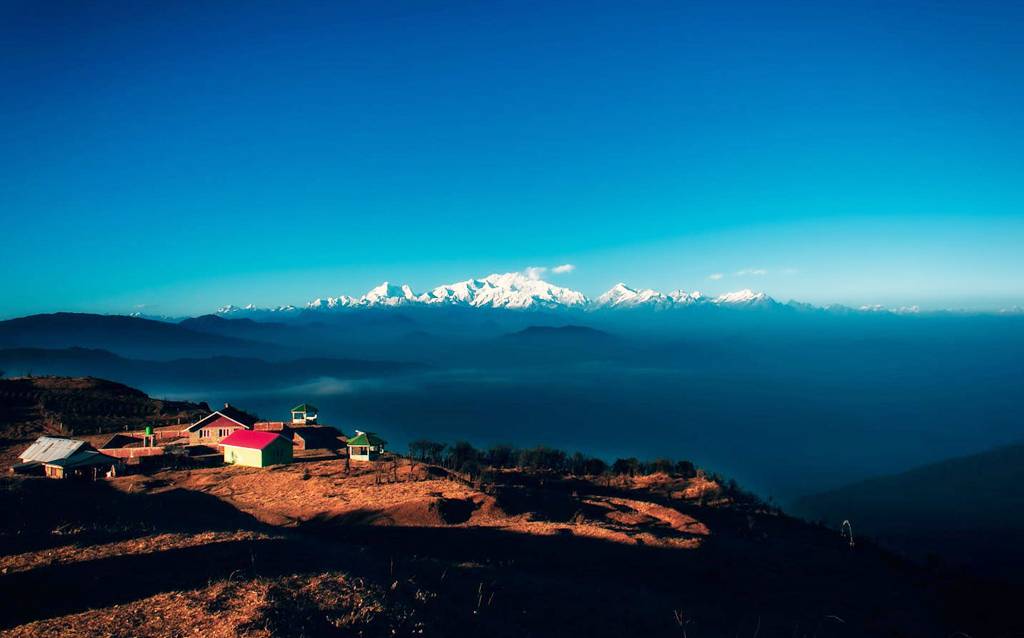
Sandakphu or Sandakfu or Sandakpur is the dreamland for all the trekkers. From Darjeeling, the distance to Sandakphu Trek is 58kms (26km up to Manebhanjan). Situated at an altitude of 11,929ft (i.e. 3,636 meters) Sandakphu is the highest peak in the state of Ilam, Mechi, Nepal and West Bengal, India. It is the highest point of the Singalila Ridge in Darjeeling district on the West Bengal-Nepal border. Sandakphu means 'Height of poisonous plant' derives its name from the poisonous plant that grows on the hilltop. Offering the best of the views of Everest, Kanchenjunga, Lhotse, and Makalu, the tour to Sandakphu has got all the reasons to be known as the wonderland for all the trekkers.
Trekking through the forests of flowering rhododendrons of numerous types, giant magnolias, spruce, and a wide range of amazing orchids. There are over 600 varieties of orchids in this area, the largest concentration in any single geographical area in the world. You can see them bloom in spring.
Places to Visit while Trekking
Trekkers can start the journey from Darjeeling, Mane Bhanjang or even from Chitrey. Those who prefer to stay overnight at Darjeeling should wake up early and start driving towards Maneybhanjang that acts as a base for the trekkers trekking to Sandakphu. There are a few trekker's huts and small hotels in Manebhanjan where travellers can spend a night for the next day trek. While trekking, here are the places trekkers will get to see on the way.
Trekkers who want to avoid the sheer climb at the quite beginning of the trek can drive few kilometers more to reach Chitrey within a short span of one and half hours through pine, fir and birch forest. Travellers can even decide to stay overnight at Chitery as the places have an accommodation facility in the form of a homestay and the trekkers' hut. Apart from the beauty of nature and surrounding lush greenery, the monastery of Chitrey is one of the prominent attractions here.
Lamey Dhura
Just about 3 km ahead of Chitrey, Lamey Dhura is a tiny yet splendid hamlet. From Chitrey to Lamey Dhura, trekking is going to be quite adventurous. Sounded by snow-peaked mountains and lush greenery, Lameydhura can be an ideal place to have some rest. Here in the village, there are some cottages selling hot tea and snacks for the exhausted trekkers to help them get refreshed.
Meghma is another 3 km trekking distance away from Lamey Dhura. This splendid hamlet spans over a larger area covered with verdant meadows. In the village, the trekking route divides into two. One leads to Tonglu which is located at an elevation of 3070 meters. The other one on the left leads to Nepal. A Buddhist Monastery located in Meghma is the major attraction trekkers will love to visit.
2 km ahead of Meghma, Tonglu is one of the prominent hilly settlements travellers will get to see on their way to Sandakphu. Located on the foothills of the Himalaya, Tonglu looks like a piece of paradise with its great exhibition of natural beauty and the splendid view of Kanchenjunga. The sound of the colorful flags fluttering in the wind is too soothing to hear to the trekkers.
Tumling is another awes trucking hamlet trekkers can explore. The village is located 2 km upwards from Meghma through the left route. It is in Nepal and acts as a night halt for the trekkers. Just like Tonglu, the lush greenery of the village captivates the soul of the visitors. Furthermore, if the night is clear, the village offers a great view of the lights coming from Darjeeling, Kurseong, Pasupati and any other nearby villages. From here, trekking towards Sandakphu is all about witnessing a vast variety of flora and fauna as the checkpoint for Singalila National park will be just 1 km distance away.
Situated in Nepal and approximately 5 km away from Tumling, Jourbari is a small hamlet with a police check post. There are several shops here and also some accommodation in the form of huts for the trekkers those who want to spend a night prior to resuming their trek to Sandakphu. The unearthly view of nature and the complete serenity is the major temptation of this secluded hamlet.
Not more than 3 km from Jourbari, Gairibans is another pictorial hamlet trekkers go through on their way to Sandakphu. Located at the India-Nepal border and inside the Singalila National Park, Gairibans is located 2621 meters above sea level. Several trekkers' huts are built here to provide accommodation facility to the trekkers. Often, they prefer to stay overnight in this village in order to reach Sandakphu in 2 days. The trekking routes from Gairibans goe uphill for a few kilometers until the trekkers reach the hilltops. Another few kilometres of trekking lead them to a magnificent village called Kaiyakatta.
From Gairibas, Kaiyakatta is approximately 2 km more distance away. The village acts as a great destination to sip a cup of tea from the stalls. There is a story behind the name of this village. According to some locals, A Marwari businessman uses to run a business here. He was not trustworthy at all used to deprive the locals to keep most of the profits for himself. Because of this, the villagers got furious and a person in anger beheaded the businessman. Since then, the place is named Kaiyakatta where "katta" means cutting or killing. From here, one route is gone through a village namely Kalipokhri.
Merely 3km from Kaiyakatta, Kalipokhri is a village in Nepal situated at an elevation of 10,400 feet above sea level. Nestled on the top of the ridge, the village provides a unique panorama of daunting mountain peaks to the trekkers. There is a small lake with deep black water in the village. The village got its name from the pond where "Kale" stands for black and "Pokhri" stands for the lake. Surrounded by the prayer flags and the pine trees, the lake is certainly a visual treat to the eyes.
Bikey Bhanjan
2km from Kalipokhri and an approximately 40 minutes trek will lead the trekkers to Bikey Bhanjan. The trekking route from Kalipokhri to Bikey Bhanjan is full of pictorial sights. On the way, travellers can have rest at a place named Chowri Chowk. Trekkers will also encounter another hamlet whose name signifies the "Valley of Poison" as a large number of poisonous plants can be seen here. Bikey Bhanjan is the last village prior to reaching Sandakphu.
How to Reach Sandakphu
There are two ways to reach Sandakphu. One can take a car or trek. The route for trekking starts from Manebhanjan and passes through many areas before reaching the final destination. Here are the possible transportations you can use:
Reach Sandakphu by Train
If you are planning to visit Sandakphu Trek by train, New Jalpaiguri is the nearest Railway station (NJP). NJP has a connection with other major railway station of Kolkata, Mumbai, Delhi, Chennai, etc. So, after reaching NJP, trekkers require to hire a taxi to reach the base of Sandakphu trekking.
Reach Sandakphu by Flight
Bagdogra is the nearby Airport of Sandakphu Trek. The distance between Bagdogra Airport and Sandakphu is approximately 115 km. Direct flights are available from all the major cities like Kolkata, Mumbai, Delhi, Chennai, etc.
Reach Sandakphu by Road
Reaching Sandakphu by road is the most convenient way. Many Private and Government buses are available from Siliguri to Maneybhanjan via Sukhiapokhri. Buses are also available from Kolkata, Siliguri and Darjeeling. Thi s mode of transportation is not recommended as it is quite tiresome and exhausting.
Hiring a car or taxi is the most suitable choice. If you book a complete tour package from North Bengal Tourism, everything will be managed by us so that you can enjoy your tour without indulging yourself in the complex arrangement process.
Sandakphu Weather
Due to its high altitude, the weather of Sandakphu Trek stays always cold. Sometimes the temperature can go down to zero during any seasons. Here is how the weather of Sandakphu will stay during your tour from January to December.
Sandakphu Trek in January to April
During the month of January, the temperature ranges from -5° Celsius to 6° Celsius. It is one of the coolest months and this is the less crowded time for trekking.
The temperature in February ranges from -6° Celsius to 7° Celsius. Due to its chilled weather, you should carry warm clothes along with you. Moreover, heavy snowfall happens during this time.
During the months of March to April, the temperature ranges from -2° to 12 ° Celsius. Sandakphu Trek from March to April is going to be a memorable one as the weather is charming and the blooming rhododendron can be seen here.
Sandakphu Trek in May to August
The climate from May to June ranges from 6° to 15° Celsius. During these months, the weather of Sandakphu is pleasant and quite charming. Snowfall does not happen in these months. But it is advisable to carry raincoats and an umbrella.
The temperature of Sandakphu sticks around 7° to 16° Celsius in the months of July and August. These are not the idle months to have a trekking tour in Sandakphu.
Sandakphu Trek in September to December
September to December is considered to be an idle time to have a trekking tour at Sandakphu. The weather and temperature become quite bearable and pleasant. The breathtaking vista of blooming rhododendron and snow-peaked Kanchenjunga is what you will observe during your Sandakphu Tour.
Best time to visit Sandakphu
There is no particular time or season to trek your way towards Sandakphu every season has its own magic. If you love colors, visit Sandakphu during the springs. See the rhododendrons bloom in a riot of colors. The whole path will be blasting in red, pink and white.
Sandakphu will bear a dreamy look in the monsoons. With the clouds hanging just above, you will be transported to the misty and dreamy land. However, it is advisable to avoid the monsoon season since the land becomes more prone to landslides.
October will give you the best view of the ranges. The sky will be clear and Kanchenjunga will appear with all her glory in front of you. And if you love snow, visit Sandakphu during December and January. The path will be covered with snow and you might even see a few frozen waterfalls on the way! Sandakphu will itself be snow-covered during this time.
Sightseeing Attractions
The best thing about the trek is that the view of the ranges stays with the trekker throughout the trek. You don't have to wait for a day; the first clear view of Kanchenjunga is seen on the very first day of the trek, at Upper Chitrey. And Kanchenjunga plays hide and seek with you throughout the trek.
After a tired and torturous hike, all your tiredness melts just at a look at the Kanchenjunga! However, you can also take a jeep from Darjeeling or Manebhanjan and head to this wonderful destination for a jeep safari that you may have never experienced before and beware the car ride will be really bumpy since it's a trekking route you won't be seeing any well-maintained road.
Apart from being a wonderland for all the trekkers, Sandakphu is also a paradise for all photographers from mesmerizing sunrise and sunset to a sky full of stars with a view that tends to take every trekker's breath away Sandakphu has got all of it.
Sandakphu Trek Cost
If you have planned to have a tour and wondering about the price, the Sandakphu Trek Cost will be about 500 to 700 per day per person including foods. Moreover, the complete tour cost is more than that including accommodations, meals and cars.
Accommodation
From the budget offering to the deluxe one, Sandakphu has all kind of accommodation options available. With the help of North Bengal Tourism, you can book an entire tour package with cars, accommodations and meals just by contacting us.
You may be a trekker, traveller, photographer or just a nature lover Sandakphu is a haven for all those who crave to feel and see the beauty of Mother Nature. You need to endure a moderately difficult trek in order to reach the summit, but you will be rewarded with awesome views of the snow-capped mountains. So, wait no more! Make a holiday schedule and explore this trekking paradise with North Bengal Tourism's tailor-made tour packages.
F.A.Q on Sandakphu Trek
Q. How do I get to Sandakphu?
Rented cabs are available to reach Sandakphu from New Jalpaiguri. Buses also use to ply from Siliguri to Manebhanjan vis Sukhiapokhri. From here, Sandakphu can be reached by trekking.
Q. What is the best time to go for the Sandakphu trek?
There are two most preferred seasons to go for the Sandakphu trek. The first season starts from April to May when the temperature ranges from 8 to 15 degrees. The second season starts from October to early December when the temperature ranges from -5 to 5 degrees.
Q. Is Everest visile from Sandakphu?
Not just Everest, other mountain peaks such as Kanchenjunga, Lhotse and Makalu can be seen from this trekkers' paradise.
Q. Is there snowfall in Sandakphu?
Yes, snowfall can be seen here. Snowfall usually starts here towards the end of December and lasts till, the end of January.
Q. How do I prepare for Sandakphu Trek?
The trekking to Sandakphu is moderately difficult. One has to prepare for a month by walking 5 to 6 km daily and doing free-hand exercise in order to stay fit. Moreover, while trekking, always wear warm clothes, jackets and boots to stay warm in the intense cold.
Q. How far is Sandakphu from Darjeeling?
The approximate distance from Darjeeling to Sandakphu is around 58 km.
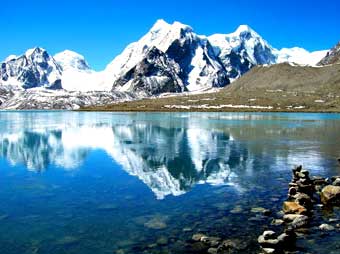
Places to visit in Darjeeling
The Batasia Loop
Darjeeling Ropeway
Darjeeling Toy Train
Dhirdham Temple
Ghoom Monastery
Himalayan Mountaineering Institute
Lloyd's Botanical Garden
Padmaja Naidu Himalayan Zoological Park
The Rock Garden
Changey Falls
Neora Valley National Park
Manebhanjan
Sillerygaon
Chota Mangwa
Bara Mangwa
Lepchajagat
QUICK ENQUIRY

- Trekking & Travel Events
- Travel Organizations
- Himalayan Treks
- Maharashtra Treks
- Karnataka Treks
- Travel Guides
- Weekend Getaways
- Trekking Tips & Advice
Sandakphu Trek: A Comprehensive Guide (2024)
- Trekking Destinations
Our comprehensive guide on the Sandakphu Trek is just for you! Known as the ‘Trekkers Wonderland’, this trek is a dream come true for many, and we’re here to provide you with all the details you need to make this dream a reality.
From the challenges you’ll face and the mesmerising sights you’ll behold to the practicalities of costs, gear, and travel arrangements, we’ve got you covered.
Our guide is brimming with firsthand insights, tips, and a detailed itinerary to help you plan this exhilarating journey. So, tighten your shoelaces, and prepare to embark on an unforgettable adventure through the pages of our Sandakphu Trek guide. Let the journey begin!
- Max Altitude: 11,930 Ft. (3,636M)
- Average Trekking Fees: ₹9,000 - ₹13,000
- Distance: 55 – 65 kms
- Difficulty: Moderate
- Duration: 6-7 days
- Ideal For: Experienced Trekkers & Fit Individuals
- Best Season: April-May and October-early-December
- Region: West Bengal
Table of Contents
Sandakphu Trek: An Overview
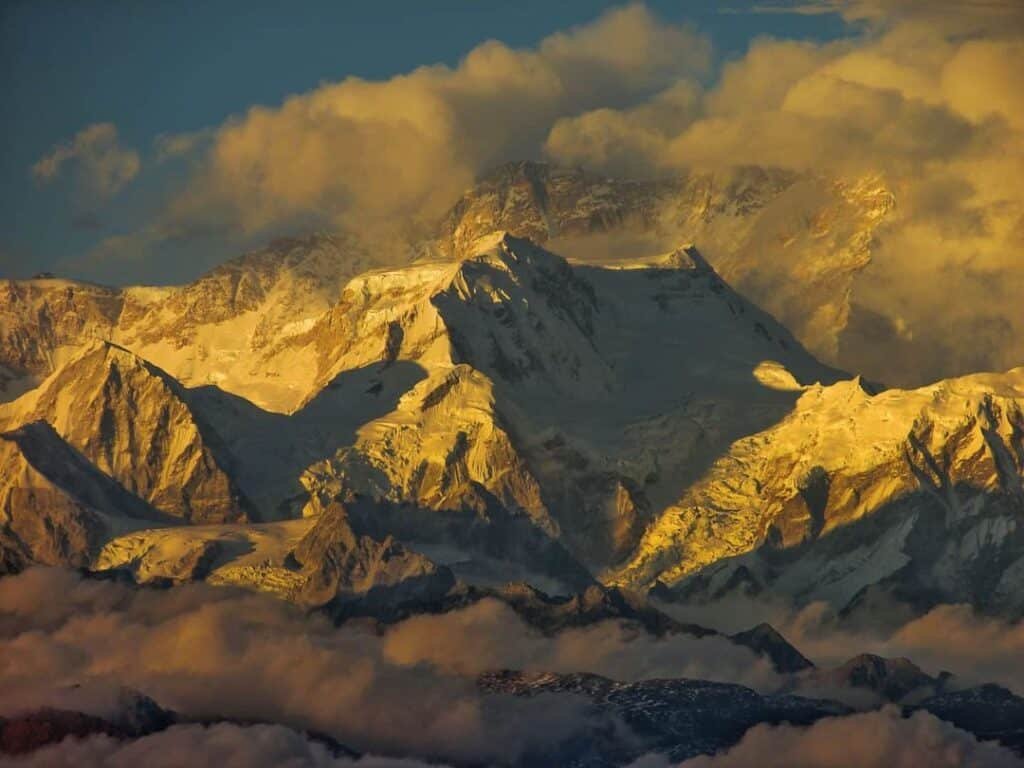
Sandakphu Trek , situated in West Bengal’s Darjeeling district , offers a remarkable adventure as it’s the tallest peak in the region , standing at 3636 meters (11,930 ft). This trek presents a unique opportunity to take a 360-degree panoramic view of four of the world’s tallest peaks – Everest , Kanchenjunga , Makalu , and Lhotse .
Starting from the quaint village of Sepi , near Darjeeling, the route takes you along the Singalila Ridge that straddles the border of Nepal. Trekkers traverse serene rhododendron forests and tranquil villages such as Gairibas and Kalapokhari. Phalut , West Bengal’s second-highest peak, also features on this trek.
The dawn panorama from Sandakphu Peak is an unrivalled attraction, where the majestic Himalayan ranges are revealed in the soft morning light. This trek, of moderate difficulty, typically takes about 6-7 days to complete.
The best times to undertake the Sandakphu Trek are from April to May , when rhododendron and magnolia are in full bloom, and from October to early December , for unobstructed views of the Himalayan peaks. Trekkers must equip themselves with the right gear and attire for sub-zero temperatures and maintain adequate physical fitness.
Sandakphu Trek Duration & Difficulty Level

The Sandakphu Trek , encompassing a distance of around 55-65 km , poses moderate difficulty . While the trek is manageable for most, it does have its challenging aspects that amplify its difficulty level. Trekking typically spans 6-7 days , demanding significant physical endurance and stamina.
Daily, trekkers traverse approximately 11-13 km , which can take anywhere between 6-8 hours of trekking. The path includes steep ascents and uneven terrain, presenting a substantial challenge to new and seasoned trekkers.
As far as the fitness requirements are concerned, potential trekkers should be in good physical condition . Regular cardiovascular exercise (running or cycling) is strongly recommended for a few weeks before the trek. The trek is quite demanding. Thus, strength and endurance training, particularly exercises focusing on the legs, would be beneficial. The high altitude can also lead to breathing difficulties for some. Therefore, prior high-altitude training or experience would be a valuable asset.
It’s essential to remember that each person’s capabilities are different. What might be moderate for some could be difficult for others. Therefore, adequate preparation and fitness assessment are essential to successfully completing the Sandakphu Trek.
Best Season for the Sandakphu Trek
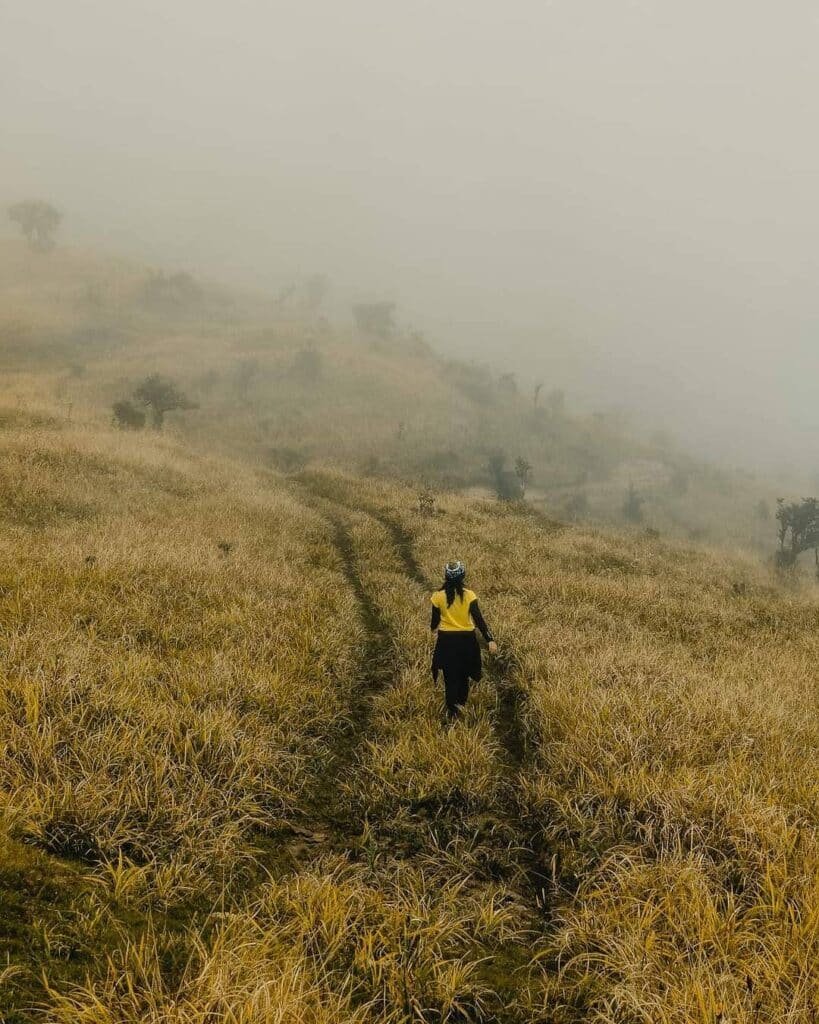
The Sandakphu Trek is open in two main seasons: spring and autumn. Each season has its own unique qualities and also a few challenges.
Spring (April to May) is when the mountains burst into life. Beautiful flowers like rhododendrons and magnolias bloom all around, making the paths colourful and vibrant. It’s like walking in a painting! During this time, the average temperature is around 8-12 degrees Celsius during the day. But it can fall below zero at night, so warm clothes are necessary. The big plus point of trekking in spring is seeing all the lovely flowers. The downside? Sometimes, the skies can be cloudy, and that might hide the mountain peaks from view.
On the other hand, Autumn (October to early December) is famous for its clear skies. You can see the Himalayan peaks in all their glory. It’s also a great time to watch the sunrise from Sandakphu Peak. The average temperature is around 6-10 degrees Celsius during the day and can even drop to minus 6 degrees at night. So, warm clothes are still necessary. The main plus point of trekking in autumn is the chance to see clear, stunning views of the mountains. The downside? There are no blooming flowers, so the paths might not be as colourful as in spring.
Both seasons have their own charm. It depends on what you like – colourful flowers or clear mountain views. Either way, the Sandakphu Trek is a beautiful adventure!
Budget & Costing
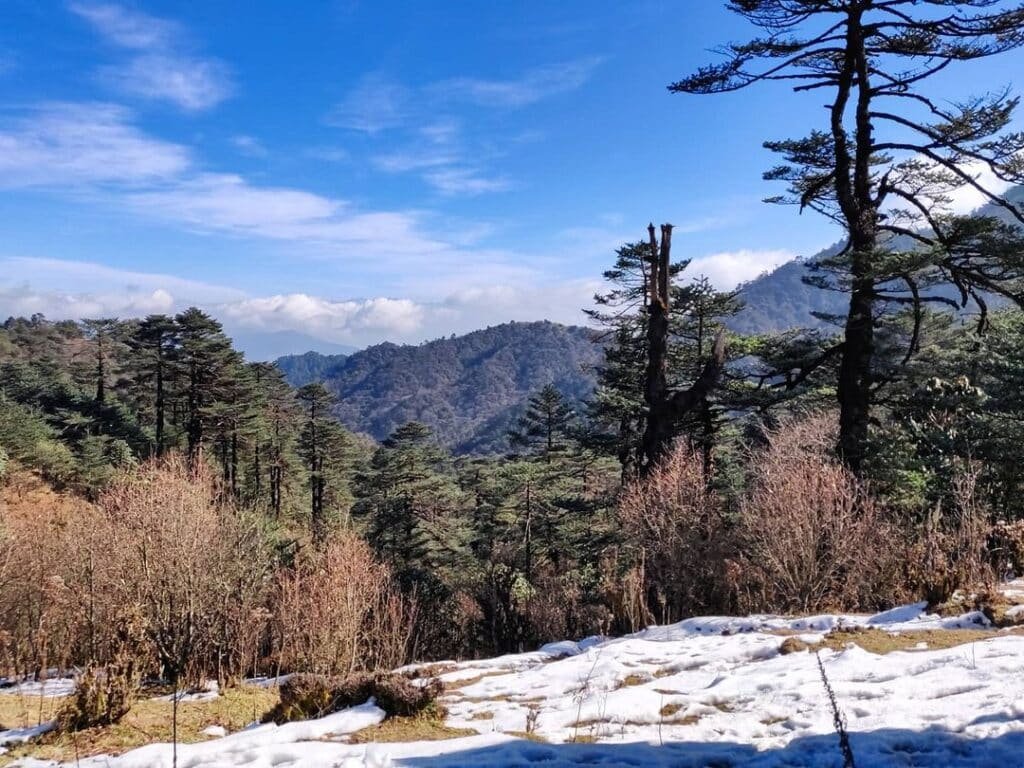
Planning for the Sandakphu Trek involves careful consideration of the budget.
The average trekking fees charged by most trekking organisations in India range from ₹9,000 – ₹13,000 . This typically includes the cost of guidance, accommodation, and food for the duration of the trek.
One of the significant costs to consider is transportation to Sepi, the starting point of the trek. The cost here can vary depending on your location and the mode of transport. Flights are the fastest but also the most expensive. Trains and buses are more economical alternatives but take longer.
Even though the trekking fees include accommodation , it’s essential to consider any hotel costs before and after the trek. It’s standard for trekkers to arrive a day before the trek starts or leave a day after it ends.
Another cost to consider is the equipment and gear required for the trek. Trekking gear can be expensive, especially if you’re new to trekking. A cost-effective option is to rent gear from various trekking rental services available. This can significantly reduce the cost of the trek.
While food and water are generally provided during the trek as part of the fees, carrying extra snacks or energy bars is a good idea. These might add a little extra to your budget, but they are handy when you need an energy boost.
Lastly, there might be miscellaneous expenses , such as medicines, personal toiletries, or charges for additional activities or services during the trek. It’s always wise to have some extra money set aside for these.
Considering these factors, you can effectively budget for your Sandakphu Trek and ensure a smooth and memorable experience.
How To Reach?
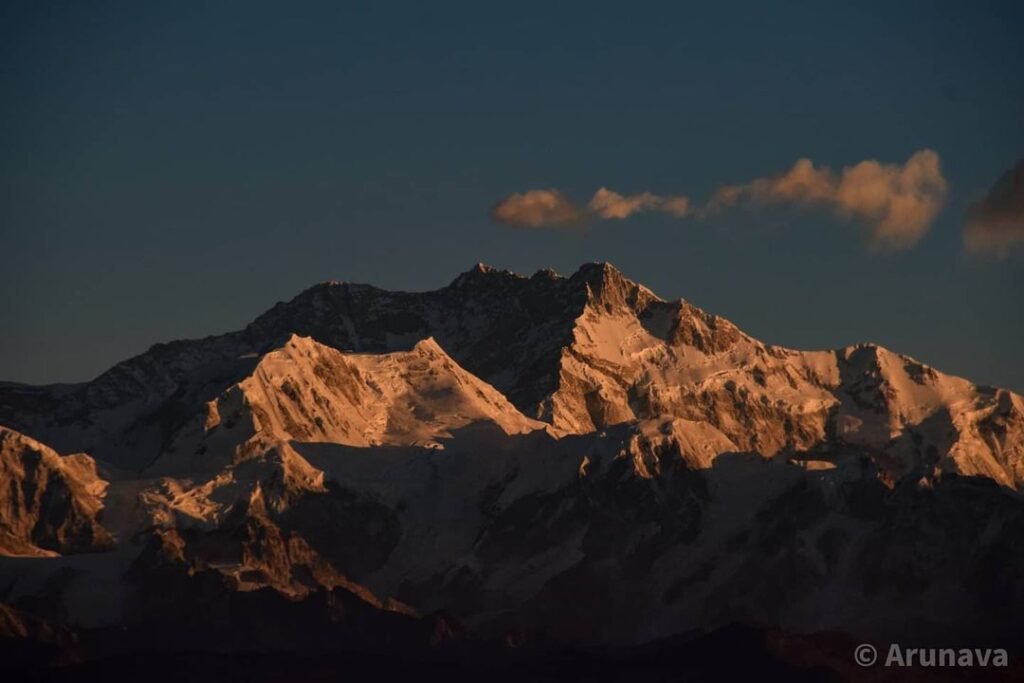
For those considering air travel , the nearest airport is Bagdogra Airport , about 170 km from Sepi. Major Indian cities like Delhi, Mumbai, and Kolkata have regular flights to Bagdogra. One can hire a taxi from Bagdogra to reach Sepi, which is about a 6-hour drive. Although this is the fastest way to reach Sepi, it may also be expensive.
Train travel is a more cost-effective option. The nearest major railway station to Sepi is New Jalpaiguri Junction (NJP) . There are many trains from major Indian cities to NJP. Upon reaching NJP, one can opt for a taxi to Sepi, which takes about 5-6 hours. Alternatively, trekking organisations usually arrange pick-up and drop-off services from NJP station, making it a convenient option.
For those looking for the most economical option, bus services are available. Regular buses operate from Siliguri to Darjeeling; one can get off at Ghoom. From Ghoom, shared jeeps are available to Sepi. The total journey may take about 8-9 hours. However, given the number of changes, this could be the longest and the least comfortable journey.
In conclusion, the best option for most people might be the train. It’s relatively economical and comfortable. Plus, the convenience of pick-up and drop-off services from NJP arranged by trek organisations makes it a clear winner. However, the bus service is the cheapest option , despite the longer journey time and less comfort. Ultimately, the choice depends on budget, comfort preference, and time constraints.
Sandakphu Trek: Detailed Itinerary

Here’s a detailed itinerary for the Sandakphu trek:
Day 1: Arrival at Sepi: Start your journey at Sepi. You’ll be given a brief about the entire trek and the precautions to take. Spend the day acclimatising and preparing for the trek ahead.
Day 2: Sepi to Tumling:
- Trek Distance: 11 km. Approx.
- Trek Time: 6 hours.
Start your trek towards Tumling. This trek will take you through beautiful forests and mountain hamlets. The key highlight of the day would be your first glimpse of the majestic Kanchenjunga range. Overnight stay at Tumling.
Day 3: Tumling to Kalapokhari:
- Trek Distance: 13 km. Approx.
- Trek Time: 7 hours.
Today, you’ll trek from Tumling to Kalapokhari. It’s a steep climb through bamboo meadows and rhododendron forests. The day’s highlight would be reaching Kalapokhari (the black pond), a significant landmark.
Day 4: Kalapokhari to Sandakphu:
- Trek Distance: 6 km. Approx.
- Trek Time: 3-4 hours.
The destination is Sandakphu today. It’s a short but steep climb. The reward at the end is the amazing 360-degree view of the four tallest mountains in the world. Overnight stay at Sandakphu.
Day 5: Sandakphu to Phalut:
- Trek Distance: 21 km. Approx.
- Trek Time: 9 hours.
This is the longest trek day, from Sandakphu to Phalut. It’s a long journey but filled with panoramic views of the Himalayas. Overnight stay at Phalut.
Day 6: Phalut to Gorkhey
- Trek Distance: 15 km. Approx.
- Trek Time: 5 hours.
Start your descent from Phalut to Gorkhey. This path takes you through a dense forest of chestnut, pines, hemlock, and more. Gorkhey is a beautiful hamlet situated right in the middle of a forest. Overnight at Gorkhey.
Day 7: Gorkhey to Sepi and Departure
On the last day of the trek, you descend further to Sepi. This marks the end of the Sandakphu trek. From Sepi, you can proceed with your onward journey.
This itinerary includes varied landscapes, challenging terrains, and breathtaking views making the Sandakphu trek a memorable experience.
Highlights of the Sandakphu Trek

- The highest Peak of West Bengal is Sandakphu, standing at an impressive 3,636 meters (11,930 feet) and is the highest peak in West Bengal. Trekking to the top is a fantastic achievement.
- Four of the Five Highest Peaks: From Sandakphu, you get a unique opportunity to see four of the world’s five highest peaks – Everest, Kanchenjunga, Lhotse, and Makalu – all in a single panoramic view.
- Journey through Singalila National Park: The trail passes through the Singalila National Park, offering trekkers a chance to experience a rich biodiversity, including red pandas and Himalayan black bears.
- Flora and Fauna: The trek is especially delightful when rhododendrons and magnolias bloom in spring. The vibrant hues make the trek picturesque and memorable.
- Sunrise from Sandakphu: The breathtaking view of the sunrise from the Sandakphu peak highlights the trek. The sight of golden rays illuminating the snow-covered peaks is unforgettable.
- Cultural Experience: The trek allows you to experience the region’s culture. You’ll pass through several small villages and interact with the locals, providing a glimpse into their daily lives and traditions.
- Phalut Viewpoint: The trek also includes a stop at Phalut, the second-highest peak of West Bengal. The view of the mountains from Phalut is equally impressive.
- Physically Challenging and Rewarding: The trek is moderately difficult, making it a perfect choice for both beginners looking for a challenge and experienced trekkers seeking a new adventure.
- Trekking through Different Terrains: The trail provides a wide range of landscapes, from thick forests to rocky terrains, to keep the journey interesting and challenging.
- Serene Environment: Far from the noise and rush of city life, the Sandakphu trek offers peace and tranquillity. The beauty and serenity of the surroundings provide a refreshing break.
All these highlights make the Sandakphu trek a unique and remarkable experience for any trekking enthusiast.
Safety Tips & Precautions
While embarking on any trek, safety should always be a top priority. Here are some essential safety tips to keep in mind during the Sandakphu Trek:
- Trek with an experienced guide and follow their instructions.
- Stay hydrated and carry an adequate supply of water.
- Pack light and carry only the essential items.
- Dress in layers to adapt to changing weather conditions.
- Respect the environment and maintain cleanliness.
- Inform someone about your trekking plans and expected return.
- Stay updated about weather conditions and local regulations.
- Avoid alcohol and smoking during the trek.
Essential Gear and Equipment for Sandakphu Trek
Before embarking on the trek, it is essential to pack the right gear and equipment to ensure a safe and comfortable journey. Here is a list of items you should consider carrying:
- Trekking shoes with good ankle support
- Backpack with rain cover
- Trekking gaiters
- Warm and waterproof clothing layers
- Sleeping bag suitable for sub-zero temperatures
- Trekking poles for better stability on uneven terrains
- UV-protected sunglasses and sunscreen
- Water bottles and water purification tablets
- Headlamp or flashlight with extra batteries
- First aid kit with essential medications
- Portable power bank for charging electronic devices
As we conclude our comprehensive guide on the Sandakphu Trek, we hope you’ve found the details insightful and engaging. This trek is a testament to the alluring beauty of nature and a beacon for those seeking to challenge themselves amidst such grandeur.
Every detail in our guide aims to prepare you for the breathtaking and rewarding journey that awaits. Remember, it’s not just about the destination but the experiences and memories you gather along the way.
We hope our guide aids you in making this trek a lifetime experience.
Happy trekking, and let the mountains call you home!
The Sandakphu trek is considered moderately difficult. It involves steep climbs and long distances, and trekkers must deal with high-altitude conditions.
The trek to Sandakphu typically takes about 7-8 days. This includes acclimatisation, trekking, and return journey.
The best months for the Sandakphu trek are April-May and October-early-December. The former is known for blooming rhododendrons and magnolias, while the latter offers clear views of the Himalayan peaks.
Yes, the Sandakphu trek can be attempted by beginners who are physically fit and have good stamina. However, it’s always recommended to prepare with some fitness training beforehand to handle the demands of the trek.
Kuari Pass | Bhrigu Lake | Brahmatal Trek | Sar Pass Trek | Shrikhand Mahadev Trek | Buran Ghati Trek | Bali Pass Trek | Kareri Lake Trek | Kashmir Great Lakes Trek | Goechala Trek | Har ki Dun Trek | Hampta Pass | Rupin Pass | Tarsar Marsar Trek
- trekking guides
- No comments yet.
Add a comment
Leave a reply · cancel reply.
Your email address will not be published. Required fields are marked *
This site uses Akismet to reduce spam. Learn how your comment data is processed .
- Share via...
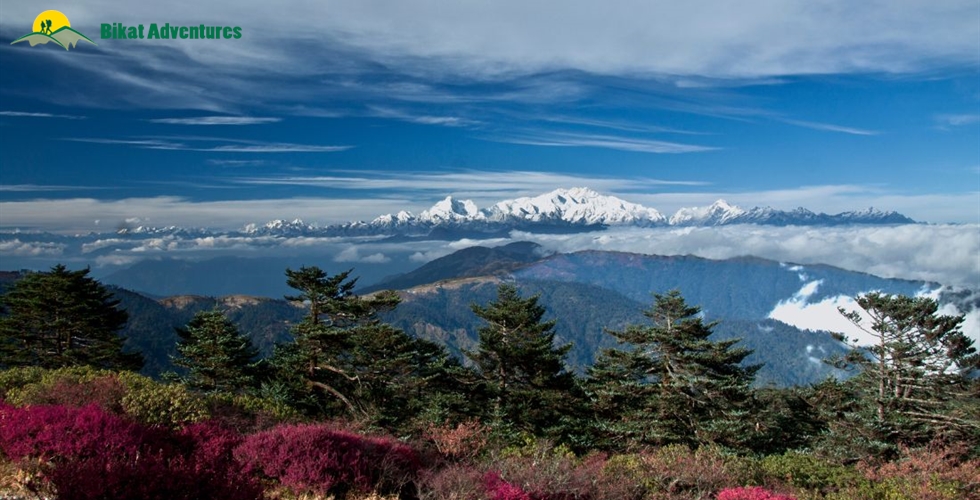
Sandakphu Trek
A trail that run right in the heart of 4 of the 5 tallest mountains in the world
Available Batches
October 2024, november 2024, december 2024.
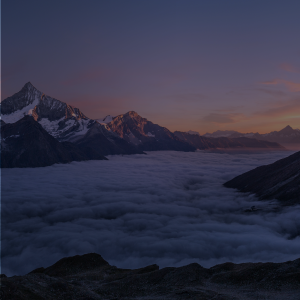
Brief Description
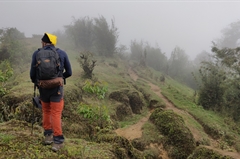
Brief Itinerary
Detailed itinerary.
Make your way to Jaubhari (2240M)
Distance: 110 kms
Duration: 5 hours
Day 1 is reserved to make your way to Jaubhari which is first of the many small, quaint and soul-calming villages on our trek. This one doubles up as the trailhead as well. (You may choose to have us arrange for your transport from and to NJP for an additional cost as mentioned on the website). At a distance of 110 kms from the closest airport, Bagdogra, in Siliguri, the 5 hour drive to this small village is the start of a refreshing experience. It is a soothing ride on smooth, winding roads bordered with forests and tea gardens on both sides – the route as clean and green as it can be. The 5 hours go by in a jiffy. Jaubhari exudes the quintessential vintage village vibe with step farming all along its mountain faces, people on bicycles carrying produce and the colourful houses with small fields in front of each home against the tall trees of mountain forests and the most glorious sunsets.
The village does not have too many shops, so remember to carry all that you need for the trek before getting on this ride.
We should get here by early evening. The rest of the day is reserved to get settled into your accommodation (homestay), get used to the mountain air, discuss some do’s and don’ts as well as the happenings of the next few days, go for an acclimatization walk on the beautiful roads of this village and finally to savor some delicious home-cooked dinner before tucking yourself in.
Jaubhari (2,240M) to Tumling (2,875M) (Click to View GPS data)
Distance: 9 kms
Duration: 7-8 hours
The first day of our trek is going to be as rewarding as it is long. The sun comes out fairly early. Since it is all bright outside by 04:30 AM, it does not seem like too much effort to start your day early. The morning is misty and enchanting when the clouds come to visit and the sun is feeling playful enough to engage in a game of hide and seek. We have an early cup of tea to enjoy the shenanigans of the elements of nature. It is a relaxed morning with no rush. On the agenda is packing up with all you need for the trek and having a hot breakfast before we start off on this mesmerizing trail.
There is electricity in Jauhari, use it to your advantage and charge all your gadgets that you might need during the trail. Airtel and Jio networks are also available till this point but start to get sketchy farther along on the trail.
We start between 08:30 AM and 09:00 AM. It will take close to 10 minutes to cross the village with houses vertically lined up on an elevation. After close to a 60M ascent, we exit the area of habitation and enter a thick forest. In an hour and a half, we reach a cemented road. The trail for this trek crisscrosses between isolated areas and the motor able road, so expect this to happen all the way through to the last day. Five minutes on the road and we enter the forest again and trek through the closed canopy of tall trees to the sound of barking deer, different species of birds and if we get lucky might even have a chance to spot the red panda. Along the way the forest cover reduces – trees giving way to bushes. Some points of the trail, we are close enough to the motor able road to hear the sound of cars but not so close so as to see them.
At the mark of 2.5kms, the elevation on the trail becomes less steep – almost flat in places and in some going into a descent. The gain in elevation from here on is gradual. There are also sections with roughly laid out stairs which take you through the forest but most patches are dirt trails carpeted with freshly fallen leaves from the vegetation around - the air nippy from the dropping temperature.
Remember to carry ample water although there are water sources available each time we cross a village like Chitrey, Lamaydhura and Meghma. The Nepal border begins at Chitrey. A 3 km walk from here will get us to Lamaydhura which is a small village with a few Tibetan families. At the mark of 6 kms, we hit the cemented road again. One hour of following this road, we reach our lunch point in a small homely-looking dhaba which serves home-cooked food serviced with a warm smile! Interestingly enough the lunch point is Meghma which is in Nepal. We quite literally start the day in India and by afternoon are already across the border. Here begin our flirtations with the Indo-Nepal border which will be a constant throughout this trek.
Do not forget to turn off your phone/data, unless you have an international roaming pack on your phone, to avoid long-running phone bills.
After a total elevation gain of over 600M for today, expect to reach the homestay at Tumling between 3 and 4 PM to some freshly brewed tea and snacks on the house!
Tumling (2,875M) to Kalapokhri (2,990M) (Click to View GPS data)
Distance: 15 kms
Duration: 8 hours
The one thing that’s different about the Sandakphu trek as compared to others is that you spend your nights in warm and comfortable beds and wake up well rested and fresh to start the next day’s adventure. Today is a little longer than yesterday but the terrain and the surrounding beauty is enough to keep weariness at bay.
We wake up to our first view of The Sleeping Buddha in the first light of the day. The Kangchenjunga range of peaks give it the shape from which it gets its name. The cluster of peaks forming the Buddha seem even more reverential in the morning as the peaks shine golden soaked in the sun’s light. Remember to ask your local guide to name the peaks in this cluster – each one is of significance and might be a name you’ve heard before.
Today’s trek is a total of 15 kms. Notice the two roads diverging as you start the trek. We trek on the Nepal road & reach the Singalila National Park entry point within 15 minutes where we need to get our permits checked at the check post before continuing on. Once we enter the national park, if the skies are clear, we get a clear and unobstructed view of Mt. Everest.
The trail that leads to Gairibas to Kaiyakatta and from there to Kalipokhri (which translates to Black Lake) is stone-paved in some sections, in some sections a dirt trail - a few sections of steep ascents and a few sections with stairs. One of the steepest sections today is a 300M ascent over 2 kms right after our lunch point but overall the trail is fairly pleasant and easy to navigate made even easier in the company of the many different kinds of birds and their many kinds of sounds which are a constant throughout the trail. The little pockets on the mountains act as homestays for clouds weary of their long travels. Since the trail takes you through the National Park, it is rife with varieties of birds, animals and fauna waiting to be discovered – it’s quite literally a pleasant walk through the jungle full of peculiar trees. The setting is a queer mix of all the colours made transient only by the comings and goings of the gentle mist in the air and the thin clouds that dance around you the whole time.
Five kilometers from our lunch point, we reach a lake embellished with hundreds of colourful prayer flags. The village is right around the corner from here – right at the edge of India and Nepal. We should reach our home stay by early evening with enough day light remaining to explore the lake and its surroundings.
Kalapokhri (2,990M) to Sandakphu (3,627M) (Click to View GPS data)
Distance: 5 kms
Duration: 2-3 hours
Today seems like a quick walk after the long distances we covered over the last few days. With only 5 kms to go, we have more than enough time to take the day slow and soak in all the beauty around us with absolutely no need for haste. Even though it is a short day, we start early so as to not miss the early morning view of the snow clad peaks.
From Kalipokhri the trail gradually ascends to Bikheybhanjang which is a small hamlet whose name literally translates to the ‘poisonous valley’. It gets its slightly scary name and reputation from the poisonous Aconite plants that are aplenty in the area. For the first two hours, the trail is fairly straightforward after which it is a steep and continuous incline all the way to Sandakphu. The last 200M are especially tiring for their gradient. The trail for today, too, like other days plays touch and go with the cemented roadway leading up to Sandakphu. There are shortcuts available which can be used to avoid the motor able road altogether but these sometimes get damaged due to excessive rains.
The viewpoint is less than 200M from the home stay. We go there at the crack of dawn to get the best panoramic view of four of the highest mountains in the world - Mt Everest, Makalu, Kangchenjunga, Lhotse along with other reverential peaks like Chomolhari, Pandim, the Three Sisters, Kumbhakarna, and many more. You’ve made your way straight to the climax of the trek. Pray for clear skies!
Sandakphu (3,627M) to Phalut (4,508M) (Click to View GPS data)
Distance: 20 kms
Today is the day of beauty. We wake up at the crack of dawn to head to the viewpoint for a view that trumps all views – Everest to one side and Kangchenjunga on the other standing the tallest in the cluster of peaks forming The Sleeping Buddha. After soaking in this stunning visual bathed in the first light of the sun, we head back to the home stay to get prepped for our trek today. Like all days on this trail, today is really long too but just like all days, today is filled with mesmerizing beauty too. We leave early, right after breakfast at around 0730 AM.
Since it is mostly flat, we would have already covered 6-7 kms within the first two hours of the trek to reach a lake. The two difficult patches for today are a 400M steep climb over 3 kms to get to Sabargram and a 250M steep climb over 2.5 kms to get to Phalut.
The stunning view that we started our day with, of Everest to one side and Kangchenjunga to the other, follows through for the entire day. If you are here in April or May, the landscape is packed with blooming rhododendrons of all shades, shapes and sizes – it is quite literally a walk through a mesh of colours on all sides – a carpet of rhododendrons, walls of rhododendron trees on both sides and a shower of rhododendrons from above. Rhododendrons in the foreground and rhododendrons in the backdrop – it is like they have invaded and taken over the entire landscape of the region.
The trail today takes us through a mostly bushy landscape so there is no place to rest in shade. The only respite from the sun or the rain (whichever whether you encounter) comes at the lunch point which is a small makeshift shelter that we get to after 13.5 kms and 650M of total ascent. Phalut is only 7 kms from here.
There are no water sources along the way, so remember to carry enough water to last you the entire day of trekking. Expect to reach the stay at Phalut by early afternoon. The shelter for accommodation is in an isolated region with no sign of people or habitation as far as your eye can see – we get to own the view.
It has been a long and tiring day, so we retire for the evening after a hot dinner and as soon as we can tear our gaze away from the beauty that surrounds us.
Phalut (4,508M) to Gorkhey (2,400M) (Click to View GPS data)
Distance: 12 kms
Duration: 4-5 hours
Today is long as well, but it is mostly descent since we are going from the height of 4,500M to 2,400M. It is a pleasant walk through the forest with a brutal attack of rhododendrons for the first half and then that of bamboo in the second. We leave between 0900 and 0930 AM to start on this steady descent through the thick forest. It is a walk on a bed of fallen leaves; be careful with your balance because the terrain can get slippery. Expect to reach Gorkhey, which is a small village resting on a mountain pinnacle with fields in its backdrop and a river resting at its foot by early afternoon to a hot lunch waiting to welcome you at the homestay. The structure and interior of the houses, the cutlery, the food, and the warmth of the people all scream of the local culture giving us a glimpse of their faith and lifestyle - adding to the pleasant vibe of this quaint little village which seems to welcome you with every single grain!
Gorkhey (2,400M) to Sepi (1,900M)
We start early today since there is a lot of ground to cover but like yesterday, it is mostly descent. Walking through Sammamden and Rammam villages, we will reach Sepi by late afternoon. It is a long but satisfying hike and a perfect finish to the entire experience of Sandakphu. The trek ends here. Sepi to Bagdogra is a total of 140 kms and is a 5 hour drive. You can book your onward journey accordingly.
What's Included
- Veg Food as per menu on trekking days. Three Meals a day
- Forest Permits/Camping Charges/Permits, Trek Permit Fee/IMF Permission (Upto the amount charged for Indian nationals)
- Camping tents, Temp rated sleeping bags, mattress
- Safety Equipment includes static rescue rope, seat harness, carabiners, pulleys
- Mountaineering course certified Trek Leader with Wilderness Emergency Responder & Rescue. course from NIM Uttarkashi
- First Aid Certified Local guide, cook, helpers
- Porters or mules for carrying common luggage
What's Not Included
- Meals during road journeys
- Any kind of Insurance
- Any expense of personal nature
- Any expense not specified in the inclusion list
- Carriage of personal rucksack
- Meals during Hotel Stay
- Additional Forest/Camping charges for foreign nationals. Approx INR 2000/- to be paid extra by the foreign nationals.
Are you Eligible for this Adventure?
Whether you are an avid trekker in search of a new territory or are beginning your journey into the world of trekking, Sandakphu is a trek worthy of consideration.
Max Altitude

BRS Level Required
Sandakphu Trek is a level 2 adventure on the Bikat Rating Scale.
Since it is a beginner’s trek, you need no special prior experience. Although one is required to have mental preparedness and stamina before he/she begins the trek.
If you do not know what level of BRS trek would suit you best, worry not! Fill out this Form:

we will send you a progression chart to help you comfortably get out of your comfort zone in order to level up and ultimately reach your highest potential in the big, bad world of outdoor adventure.
Resting between the borders of India and Nepal, the trail to Sandakphu is breathtaking to say the least. The highest point of West Bengal may not be very high, but it’s got everything going for it. The thing that probably earned it the title ‘Trekker’s Wonderland’ is the constant company of expansive forests full of blooming rhododendrons of all warm and cool shades of colors spread as far as your eye can see and thick layers of milk-white clouds that literally conceal the world underneath. We may have seen a lot, but we’ve never seen anything as beautiful! It is quite literally a walk through heaven! What’s more is that this 3,627M peak brings some of the tallest mountains and places them right in front of you. Bound by four of these – Mount Everest, Kangchenjunga, Lhotse and Makalu, Sandakphu remains one of the very few moderate level treks which offers such splendid views and puts you bang in the middle of 8,000M peaks. There is no end to the wonders this trek has to offer. The trail of Sandakphu goes through the Singalila National Park which is a biodiversity hotspot that boasts of innumerous species of flora and fauna. In fact, the trail lies on the infamous Singalila Ridge which forms the border between Sikkim and Nepal running down the Kangchenjunga (also called the Kanchendzongha) Range earning it yet another name – the Singalila Ridge Trek.
Prequisite Skills
The trek demands a few mountain skills:

fitness benchmark
If you can do the following, physically you are ready to take on this trek:

Packing List
This is a list of essential items for individuals doing the trek with Bikat Adventures. This list contains only those items which the participants are required to bring with them. The list excludes those items which are provided by Bikat Adventures on the trek. We have divided the items into five categories. All the items in the list are essential except for those marked as optional.
Trekking Gear
- Ruck sack bag with rain cover. Qty -1
- Day Pack Bag - Recommended for treks with summit day
- Head Torch with spare Batteries. Qty -1
- U V protection sunglasses. Qty -1 Here is how you can choose the best sunglasses for trekking.
- Water Bottles: 2 bottles of 1 liter each
- Non-skid, deep treaded, high-ankle trekking shoes Qty -1
- Pair of light weight Slipper/Sandals Qty -1
- Quick Dry Warm lower or Track Pants. Qty - 2
- Full sleeves T-shirts/ Sweatshirts. 1 for every 2 days of trekking
- Pair of thick woolen socks. 1 pair for every two days of trekking
- Thermal Body warmer Upper & Lower. Qty-1
- Undergarments. Qty - 1 for every day of trekking
- Warm jacket closed at wrist & neck .Qty-1
- Full sleeves sweater. Qty -1
- Rain wear ( Jacket & Pants ) . Qty-1
- Pair of waterproof, warm gloves. Qty-1
- Woolen cap. Qty-1
- Sun shielding Hat. Qty -1
- Personal toiletries kit (Small Towel, Toilet paper, paper soap, Bar soap, toothbrush, toothpaste, cold cream, etc.)
- Sun screen lotion small pack. Qty -1 Here is your Sun Protection 101 to stay safe in the bright sunny outdoors.
- Lip Balm small pack. Qty-1
- Small size, Light weight & Leak proof lunch box. Qty-1
- Plate. Qty- 1
- Spoon.Qty-1
- Tea/Coffee (plastic) Mug.Qty-1
Miscellaneous
- Camera (Optional)
- Carry your medicines in plenty in case you have any specific ailment. Consult your doctor before joining the trek.
- Dry fruits, Nuts, Chocolate bars (Optional)
Frequently Asked Questions
Eligibility, is this adventure good for me, what’s a good fitness benchmark for this adventure, what skills do i need to complete this adventure, what is the minimum and maximum age limit, about the activity, where is it located, what are some of its highlights, what are some of its challenges, what is the best season for this, what is the accommodation type, what is the temperature like here, is it technically challenging, connectivity, how do i reach the starting point, is there cellular network available throughout, where is the nearest atm, if i choose to travel to the base with you, what is the pick-up point, what time is the drop-off on the last day, what are the nearby attractions that i can explore, equipment & gear, what equipment is provided to us, what can i rent from you, where will i receive the rented items, where do i have to return the rented items, what gear do i need to bring, are there local shops to rent/buy equipment, facilities & additional services, can i offload my bag, can i leave any extra luggage i carry at the base of this adventure, what are the meals like, what are the washroom/ toilet facilities like, what should i do if i get my period on this adventure, what are the medical facilities available to me on this adventure, are there any electricity charging points on this adventure, mandatory documents, what documents do i need to carry, do i need insurance for this, do i need a permit for this, certification, do you provide a certificate of completion, when and how will i get the certificate of completion, international travel, will i need a visa, when should i apply for the visa, what kinds of insurance do i need to travel here, what is the specialty of this when compared to other mountain ranges, till which month can i make a booking for this, what is the qualification of the outdoor leader provided to us, how do you choose your outdoor leaders, is it safe for women, what is the ratio of outdoor leader to participants, what do you do in case of an emergency, what are the rescue options on this adventure, how do you choose your equipment, can i attempt this adventure if i have a specific medical condition, sustainability, what kind of camping do you practice on your outdoor adventures, why are you against fixed camping in the outdoors, how do you manage overcrowding on certain trails, what are some things to remember when using a dry toilet, why should i avoid wet wipes in the outdoors, where should i dispose of my sanitary waste if i am on my period, why should i carry my own utensils on an outdoor adventure, booking process, what happens after i make the payment, do you create a whatsapp group of participants before the start date of the activity, do i need to submit a medical certificate, do i need to submit an undertaking form.
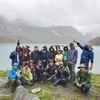
Small Group Size
Our batch sizes are capped at 15 for smaller treks with the trek leader and trekker ratio of 1:8. This ratio, in our years of experience, has proven to deliver the best trekking experience for individuals as well as groups. Capping the size of the group ensures individual attention to each trekker so that no signs of distress or need during the trek go unnoticed. It also helps to form a more cohesive cohort with better group energy which helps define the rhythm and pace of days on the trek. As you go higher up on the BRS scale, since the stakes are higher, expeditions have an even smaller group size with the ratio of expedition leader to climber set at 1:2.
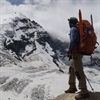
Qualified Trek Leaders
We follow a rigorous regime of hiring and training our experts in the field. Each trek leader is a certified mountaineer with years of experience in the field. In addition to their qualification, they also go through practical and situational training to tackle any and all kinds of sudden conditions that may present themselves on the ground. Being unpredictable is the core nature of the mountains but being ready for any circumstance as best as possible is a controllable asset that we try to nurture. Our field experts are also trained in basic medicine and first-aid response. Watch: Forerunners - The Making of A Trek Leader At Bikat Adventures
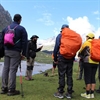
Guided Progression
Since Bikat Adventures is a learning-based organization, we help you climb up the ladder of difficulty within the sphere of outdoor adventure systematically. Our on-ground training modules are designed to handhold you through the upskilling process so that you are ready to take on bigger challenges.
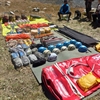
Equipment Quality and Check
All the gear used on our treks and expeditions is tried and tested, maintained for good quality, and is overall top-notch in quality and condition. We are continually looking to obtain the best of everything there is in the market so as to ensure optimum safety.
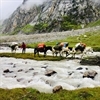
Support Systems
Along with the staff you see on-ground, we have a team of superheroes working in the background to give you the best experience possible. Our background team also comprises local staff from each area who know the region best. Having local support helps with studying the area, pre-planning, execution, and in receiving timely support in case of emergencies in these remote locations.
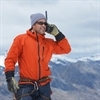
Communication
Our on-field staff is in constant contact with our teams based in primary locations so as to eliminate any avoidable delay in reaching additional help and support when required. We try to use the best tools for communication available, including satellite phones, in regions where they are not restricted.
What our customers Say

Cancellation Policy
Cash refund
Cancellations up to 30 days prior to departure date
5% deduction
Cancellations between 30 days to 15 days prior to departure date
50% deduction
Cancellations within 15 days prior to departure date
Voucher refund
Cancellations up to 5 days prior to departure date
No Deduction
Cancellations within 5 days prior to departure date
- Cash refund is applicable only in case of bookings made without using any promotional offer code or vouchers
- This is only a brief of cancellation terms. For finer details please refer Detailed Cancellation Policy.
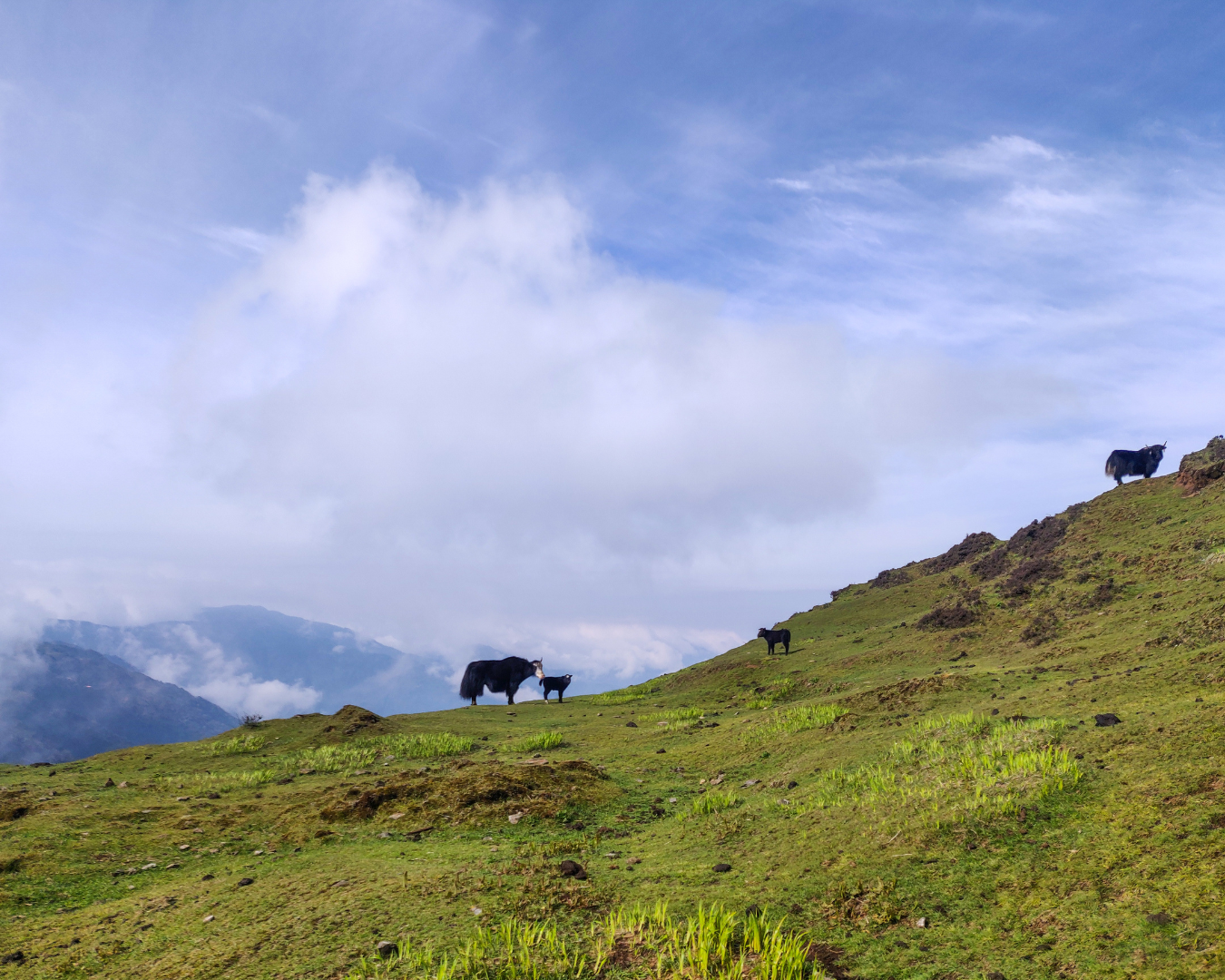
Subscribe for latest updates & offers
Similar adventures.
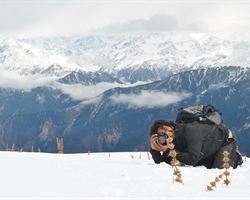
Dayara Bugyal Trek
A short escape for a long weekend.
Uttarakhand
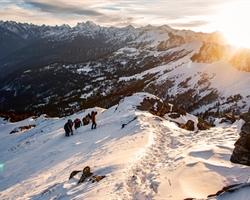
Kedarkantha Trek
The perfect summit trek for beginners.
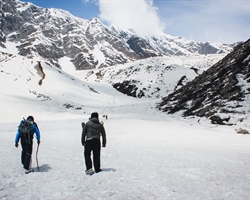
Beas Kund Trek
A beginners' delight that takes you to the source of river beas, enter your email, events by categories.

Mountaineering

Scuba Diving
Events by months.
- January July
- February August
- March September
- April October
- May November
- June December
Events By Nights
- 5 & More Night
- Environmental Policy
- Privacy Policy
- Term & Conditions
- Work With Us
- Address: 303, 3rd Floor, Tower B4, Spaze Itech Park, Sector 49. Gurgaon
- Pre Sale - 8448680062 , Post Sale - 8588878499, 9667639126
Bikat Adventures
- Cancellation & Refunds
- Content Sharing
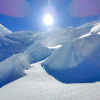
© 2024 Bikat Adventures - All Rights Reserved
Powered by: novel knett software solutions, submit enquiry.
Ravindra Joisa
Photographer | Traveler | Trekker | YouTuber | IT Engineer
Sandakphu Trek | An adventurous 7 days hike with spectacular views
The Sandakphu Trek is a 7-day trek in West Bengal, India, that takes trekkers through the enchanting landscape of the region. The trek offers spectacular views of the surrounding mountains, including some of the highest peaks in the world, such as Kanchenjunga and Everest.
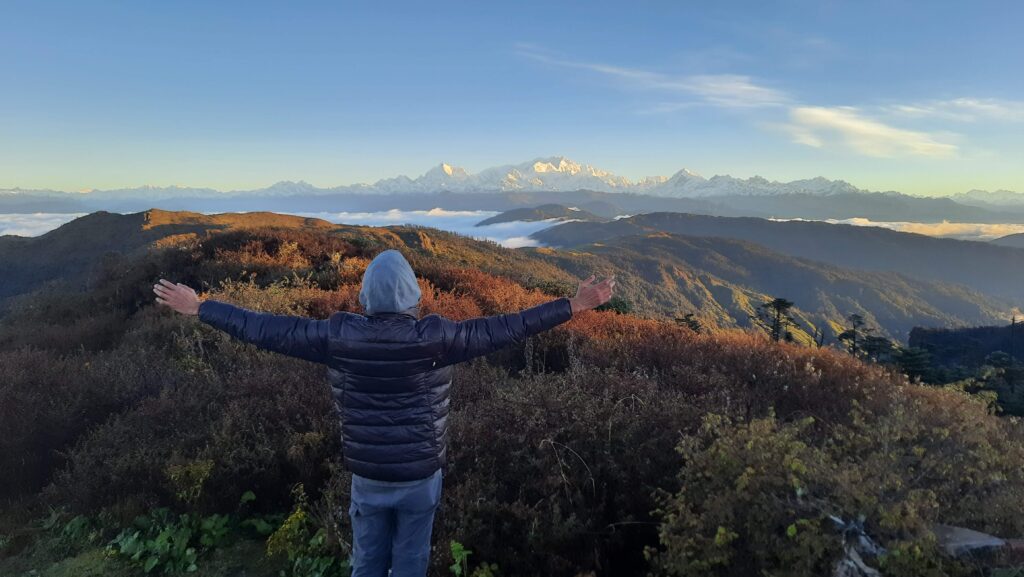
The Sandakphu Trek is unique in every way. It gives a stunning sight of four of the highest peaks in the world. However, it is also a journey where the natural world and culture coexist. Greater still is the “Sleeping Buddha” to your right. Eerie similarities exist between the massif and a sleeping human shape. The most notable peak in this oddly formed massif is Kanchenjunga, the third-highest mountain in the world. A view of these three magnificent peaks combined is a once-in-a-lifetime opportunity. The sleeping Buddha greets you as you rise from our Sabalgram campground. Trekkers frequently cry when they see the scenery.
The ideal location to see sunrises and sunsets is the Sandakphu hike. In addition, hikers should be prepared for windy circumstances and huddle with a cup of soup beside a brazier. While hiking through forests and meadows, the walk also provides the chance to learn about local legends.
Of course, Singalila National Park is popular among our trekkers. There are some of the densest bamboo and rhododendron woods in the world. These woodlands are breathtaking. Walking beneath a canopy of bamboo trees is a unique sensation. The tall bamboo stalks soar above, forming a natural canopy that diffuses sunlight into a delicate green radiance. The dense and crowded bamboo stalks give off the impression of entering a tunnel and entering a mysterious, mystical realm.
A very magnificent moment is created each spring when rhododendrons blossom, covering the slope in dazzling blooms of pink, crimson, scarlet, and white flowers. While hiking through these woodlands, you could see red pandas. On this walk, it’s unlikely but not impossible to see a Himalayan black bear, a red panda, or a clouded leopard. We also anticipate the Indo-Nepali culture of the journey. Our hike route often enters and exits Nepal. At some of our sites, our sleeping tents are in India, while our kitchen tents are in Nepal.
TABLE OF CONTENTS
How do I reach Srikhola or Sepi?
A typical trip in a hill station is the journey from Bagdogra Airport/NJP Railway Station to Sepi. The roads go past quaint hillside towns and the well-known Darjeeling tea gardens. Enjoy the scenery as you begin to ascend from your taxi. I would advise arriving a few days early and taking advantage of your stay in Darjelling, as I did. You may take a shared cab from Darjelling to Manyabanjan, but I decided to visit the village of Kopidhara instead, where I had lunch.
Here, you may enjoy some real momos (dumplings) and thukpa (noodle soup). Nearly every other restaurant along this road serves these meals. You may find more traditional delicacies like Gandruk, Churpi (Yak Cheese), Ningro, and the well-known chili Dalle Khursani at a few teahouses. After lunch, the taxi continues uphill to Srikhola, or Sepi. You’ll pass via Sukhiapokhri, Dhotrey, and Rimbik on the route. These are all quite lovely towns that fit in with the peaceful surroundings, remote from the busy city life. These places are well connected and an ideal place if you want to work remotely.
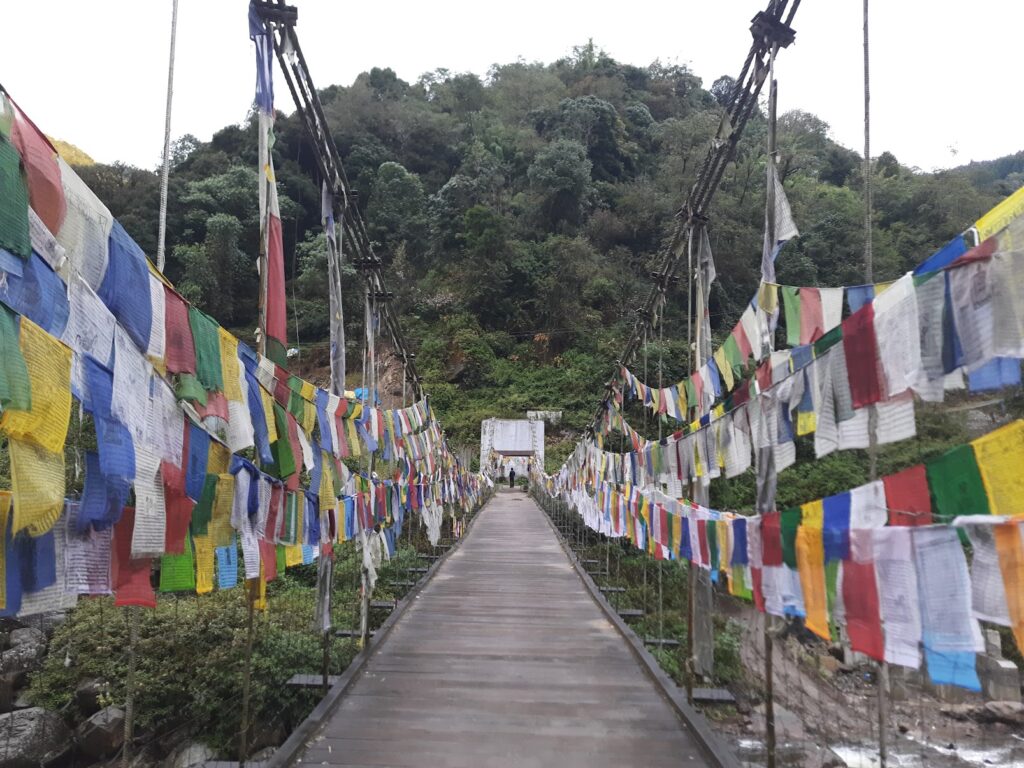
Srikhola is a site with several areas that are covered in tree groves, moss-covered rock walls, and ferns that grow out of every crack and crevice. Human habitation bestows high and low on the landscape as the Srikhola spring runs through the community. There is a suspension bridge to cross, and the area is beautiful enough to be included on postcards for tourists. If this doesn’t give the location enough personality, several locations, including the trekker’s hut building, are said to be haunted.
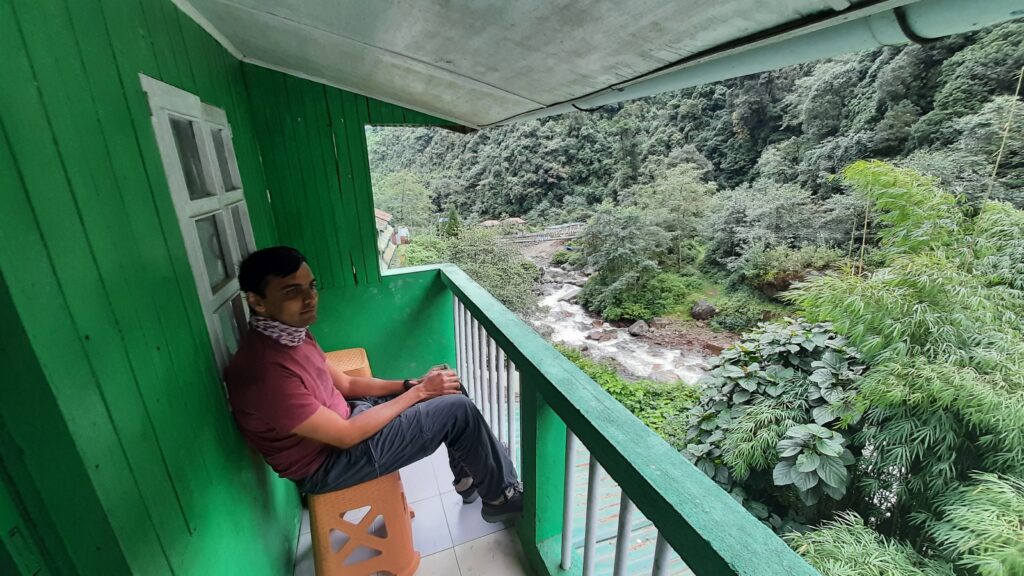
On this day, if you arrive early, explore Srikhola and take some time to relax by the creek and the suspension bridge. The feeling of strolling on this suspension bridge is really pleasant, with the prayer flags flapping in the breeze. Take pleasure in the little tremors as you pass this bridge. Learn from your guide about the five components of these prayer flags. Just beyond the suspension bridge, which serves as both a marker and the beginning of the real hike, sits Srikhola. Rest well in the cottage beside the stream, where you may hear the sound of the water flowing all night.
Trek from Srikhola to Samanden
It’s time to lace up your boots and set off on your adventure after a restful night at the riverside cottage in Srikhola. You may get some exercise for the day by walking approximately 3.5 kilometers to Ramam. Up until Ramam, there is a manmade road that meanders past a number of homes and step-cut fields on each side of the road. However, as you go along the road, these start to diminish. You can locate a waterfall as you climb the slope. Keep in mind that landslides frequently occur in this area during the monsoon.
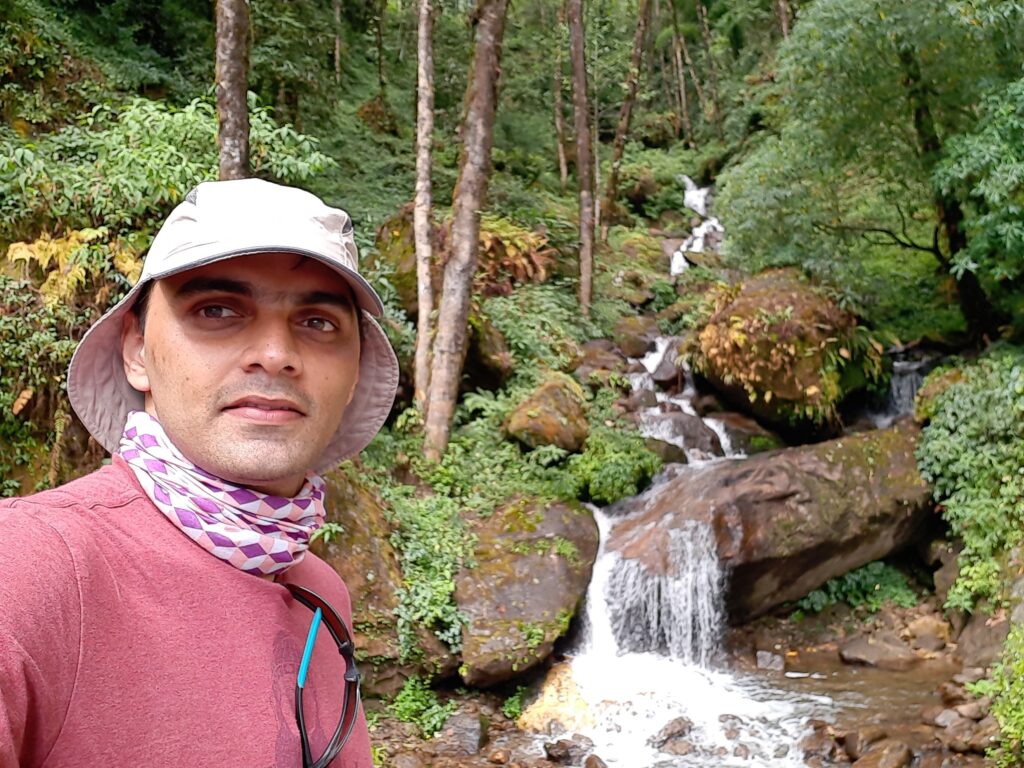
A short while further, you arrive at a tiny clearing of the government school grounds, surrounded by dense pine trees that foreshadow the remainder of the path. You enter the woodlands just across the clearing, and an emerald glow envelopes you right away. You entirely travel through a deep forest over the next several kilometers until you get to a bridge. There are stone benches along the route that are inscribed with the names of the townspeople who have since passed away. The wonderful idea behind this is that by giving trail users a place to rest, these individuals who have passed away continue to serve the community.
Samanden, the mini Swiss
The path then gradually ascends until you reach Samanden, a sizable open area with a gently sloping landscape scattered with farm fields and wooden cottages. This location is just as picturesque as the Swiss Alps communities. Large pine trees surround the huts, which have Victorian-style architecture. You spend the night in one of these huts and are shown really kind hospitality. Before going to bed, take in the tranquility and simplicity of this location in the middle of a field of corn, wishing you had a modest hut in this adorable little community.
We toured Samanden hamlet the following morning in the early hours before hiking another kilometer to Gorkey, another adjacent village. Another lovely campground where you can spend the night is this one. On the way, in the heart of the community, there is a little waterfall. The place is well known for stargazing, which is ideal if you are into astrophotography.
Trek from Samanden to Molley
The whole way from Samanden to Molley is a steep climb, so today is going to be hard. Today is the day you work out the hardest and for the longest time. The beautiful path, on the other hand, makes you feel better and encourages you to keep going. Today is the day to find out if there is magic in the woods. Today, you will hike through three different types of wood, each different from the others.
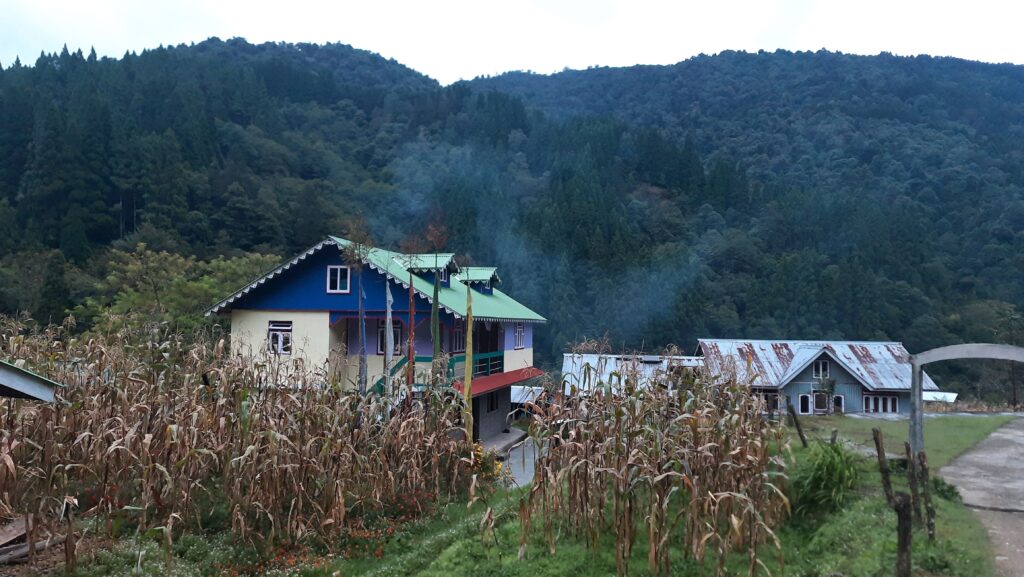
You go up almost 3,000 feet. In mountain terms, that’s a big gain in elevation. Besides that, there are no water sources along the way. The only way to get to Molley is through a thick bush. To begin the trail, you will go through a part of the forest that is mostly made up of pine and oak trees. The green oak starts out first, and as you go higher, it gives way to the golden oak. As a result of being lower than most woods, there is a good chance that you will come across some rare Himalayan wildlife.
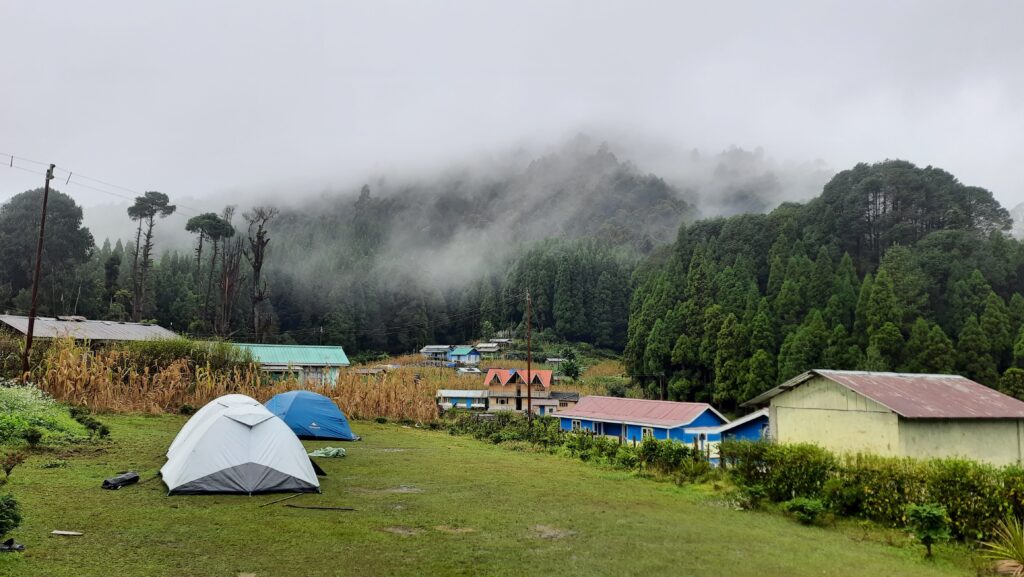
Asian black bears are known to live in these woods, and some hikers have even gotten very close to them. The moon-shaped patch of white hair on their chest makes them easy to spot. They are usually not mean, and if you get too close, they will move out of the way. If you ever see a mother bear with her kids, you should stay still and keep your distance, or slowly back away until she goes her way. There are also other wild animals in the area, but you are less likely to see them as you go higher up. In addition to animals, these woods are home to many types of birds.
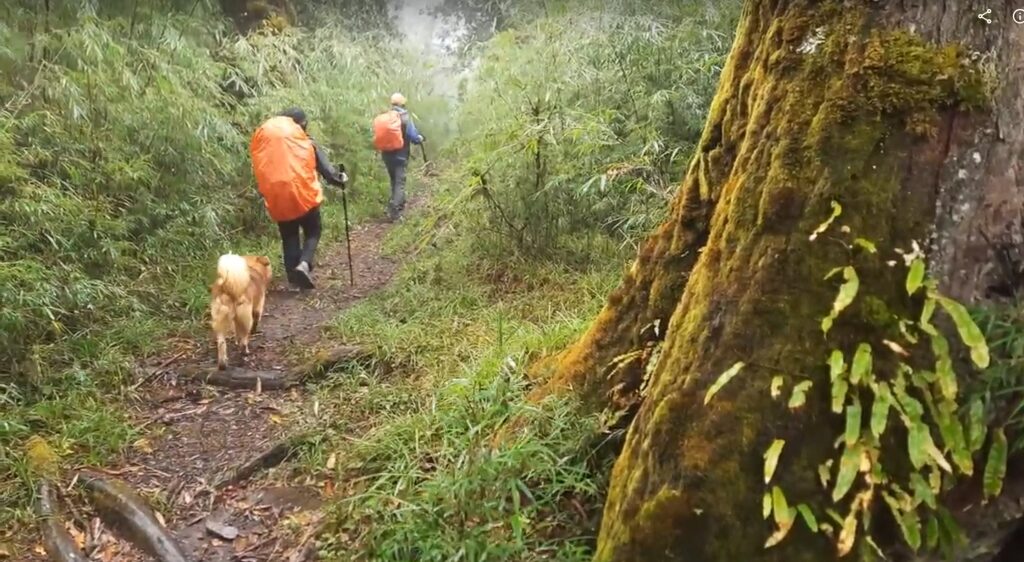
As you go further, you’ll also go through thick bamboo woods. On either side of the path are groves of bamboo. There are places where the bamboo forest is so thick that you can only see a few meters into the bush.
From the ground up, all you can see are green sticks that arch over the path. You might see the shyest animal that lives only in the Himalayas, the Red Panda, in these woods if you’re lucky. The red panda is rare and hard to find. They look for food in these woods because bamboo shoots are mostly what they eat. If they are nearby, you need to keep your eyes open and walk as quietly as possible so you don’t scare them away. Being able to see them in their natural environment is one of the best things you can do and then take back with you.
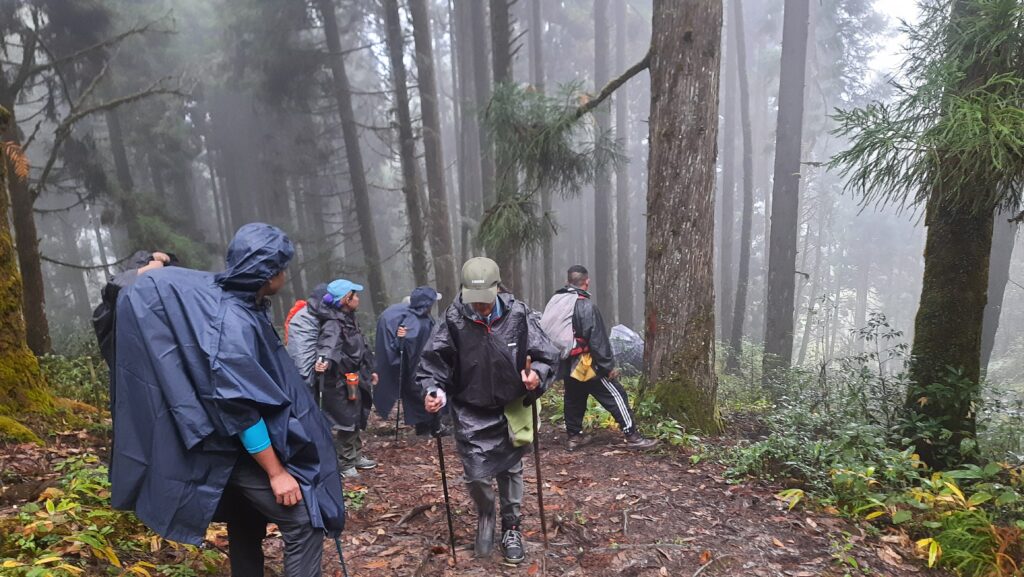
As you walk through the bush, you can see a lot of different-colored mushrooms and plants. You’ll need 7–8 people just to go around the trees’ stems, which are so tall and wide. After a few hours, the forest changes into one with lots of bamboo trees. Even here, the forest is so full of trees that the sun barely reaches the ground. After a few paths that go up and down hills, the rhododendron belt starts.
You finally come out of the forest after walking through it all day. You will need to walk another 200 meters to get to your camping spot near Molley. Where you left off in the bush, the camping at Molley is very different from it. It has no plants at all and is where the track starts in the real mountain fields.
You can get some snacks at Molley’s bush hut. You have a full dinner and then sleep in tents here for the night or in the government guest house. There will be times when you think back on the exciting adventure you had during the day. To see the alpenglow on Kanchenjunga, walk 500 meters toward Sabargram from Molley.
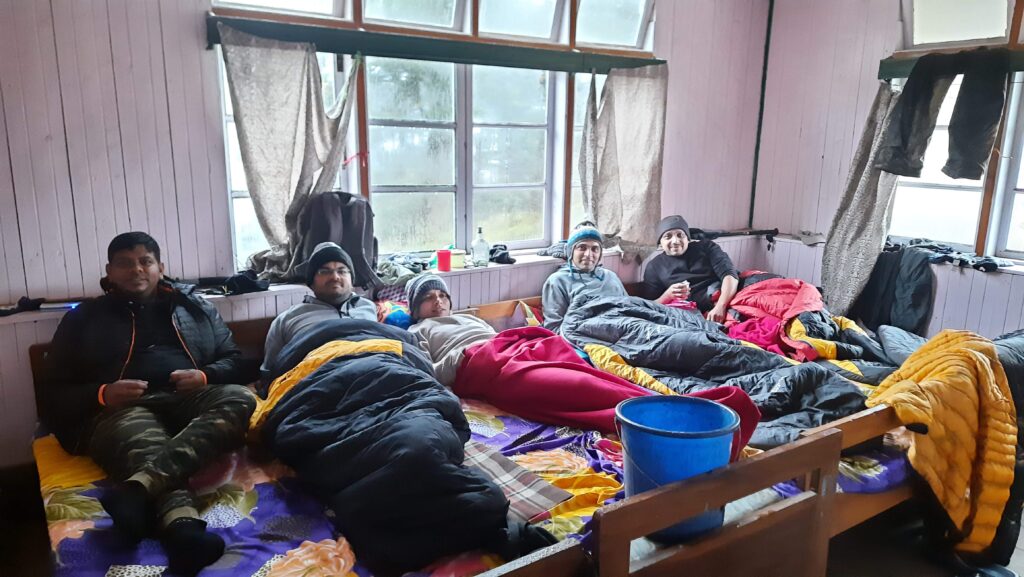
Trek from Molley to Sabargram or Ahal Camp
Today you will hike above the trees and reach the ridge. If the weather is good, you will be able to see the world’s four largest peaks. From Molley to Phalut, the road is 6 km long and goes straight. On the left, you can almost touch Nepal. It will take you about two and a half hours to finish this. Over the course of about 15 minutes, there are a number of gentle descents, high ascents, and level field walks. After this, you’ll walk across a flat field for half a kilometer and then climb steeply for one kilometer. You can get around this by cutting corners.
The locals call the hikers’ hut Phalut Bungla. Keep an eye out for it as you go. From here, it will take about thirty minutes of steady climbing to get to Phalut.
The trail has one of the best views of the “Sleeping Buddha,” which is the group of hills around Kanchenjunga called the Kanchenjunga range. From the left, you can see Kumbhakarna, Kanchenjunga, and Simvo in the distance. South Kabru, North Kabru, Kabru Forked, Goecha, and the hill of Pandim just ahead of Simvo are all below Kanchenjunga.
The Goecha La is the valley between the ridges of Goecha and Pandim. It is a famous and beautiful walk in Sikkim. It’s amazing to see how these mountains, which were made billions of years ago, look almost exactly like the awakened one himself, Buddha, while he is sleeping.
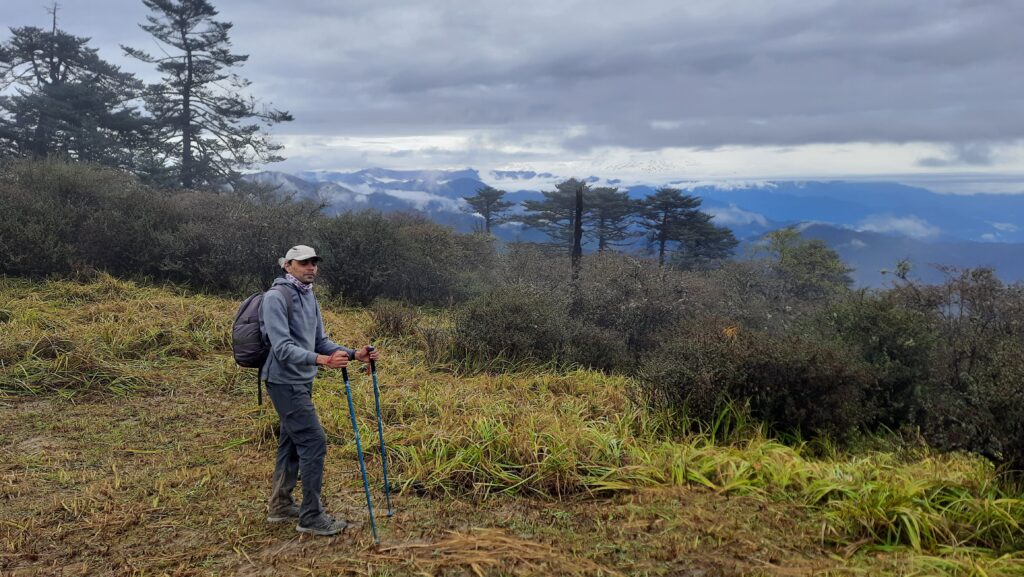
When you see the “Sleeping Buddha” for the first time, you feel like you’re in a spiritual dream. It leaves an impression on your mind and stays there. When you get to Phalut, the viewpoint is on the hill to your left. Get there early to get a great view of all the mountains and hills in the area. You may camp at Sabargram or continue further and camp at Ahal or Aal Camp, where there is a small shop and a view point.
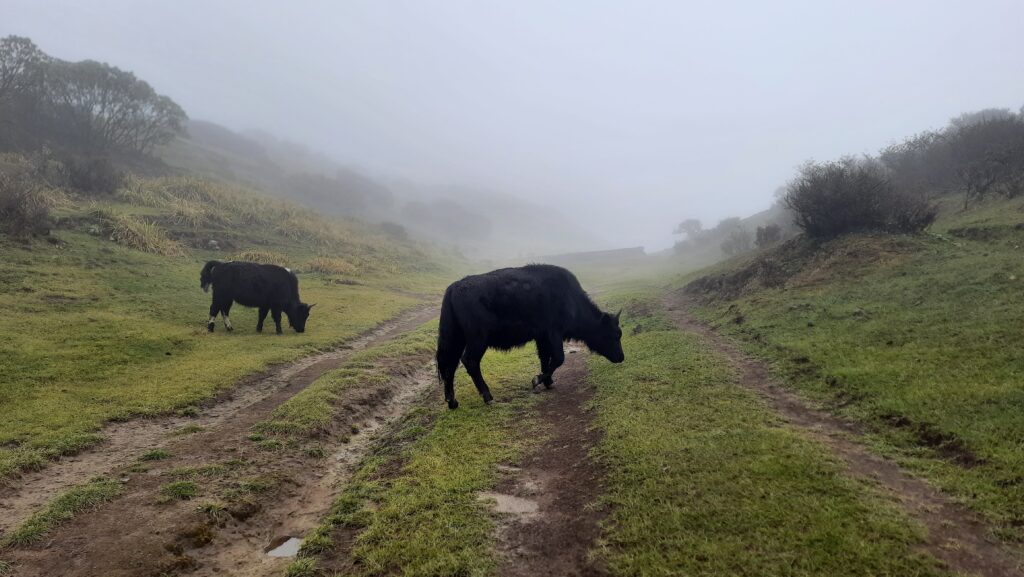
Trek from Sabargram or Aal camp to Sandakphu
In the event that you slept at Sabargram camp instead of Aal camp and rested there, you will wake up to a bright and fresh morning. Your legs might be tired from all the worry of the last two days. At Sabargram, however, you should not miss the morning because you can see the sun rise above the clouds.
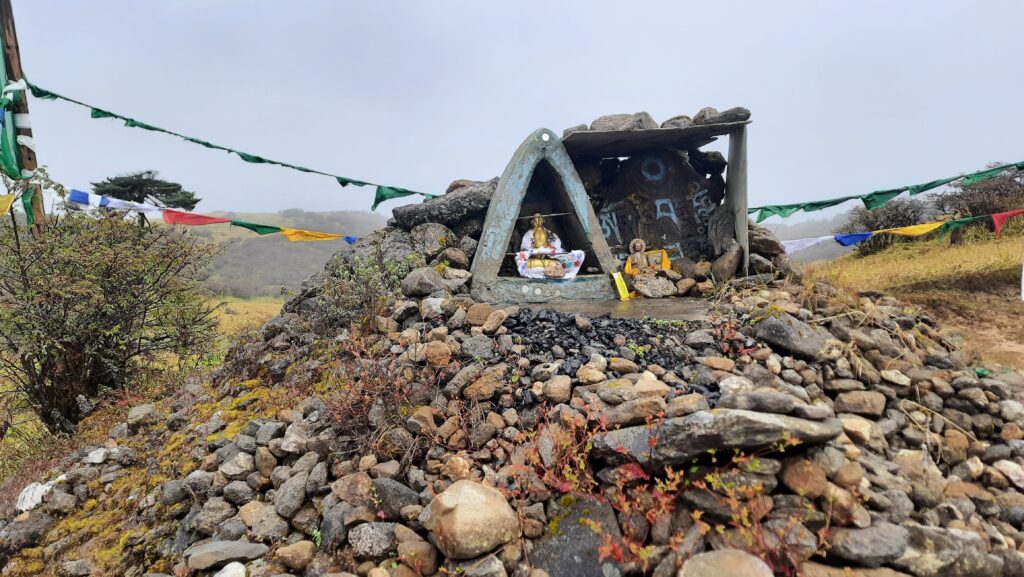
You’ll be ready to go after breakfast and morning tea. As you get ready for the trip today, the crisp, cold morning air fills your breath. The day will be long, but not too stressful. This day’s trip starts where the last one did, but instead of going toward Phalut, you walk away from it. The trail goes all the way to the top of Sandakphu along the Singalila mountain, which is right on the border between India and Nepal. There are a number of worn-out roads that cross the land. They all look pretty much the same. The path that leads to Sandakphu is the clearest and most reasonable.
When it comes to unique views, the tracks are the best part of this trip. There are tall pine trees all over the landscape. Some of them look like they’ve been cursed and mummified, with pointy tips and few or no branches. Some appear to have received lightning strikes and internal burns. In April and May, the path has a huge number of rhododendrons that are in full bloom. Local cow farmers built and occupied small wooden huts along the path. They add to the peacefulness of the area. The Buddha, who is said to sleep forever, is in the background of the scene. It feels like you’re walking through a picture with depth.
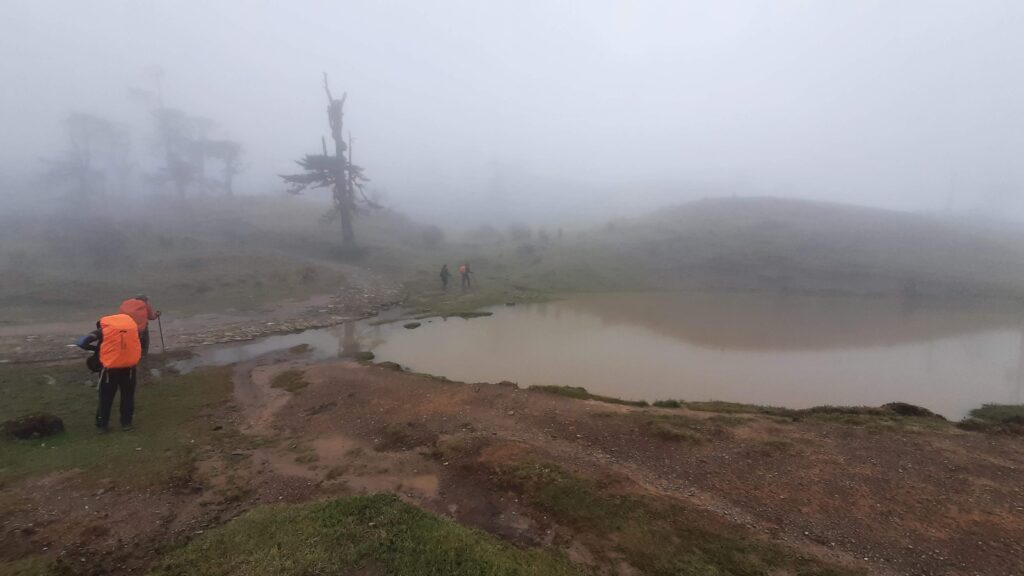
You will reach a small pond called Kaly Pokhry about halfway through the trail. There is also a trekker’s hut there. You’ll eat lunch here, which is called Thokum. This is not the same as Kali Pokhri, though, which is a different way to get to Sandakphu from Manebhanjan. You can take a break here for a while before going on. Some paths go into Nepal. There are also lots of rhodo bushes along the path. In April and May, they bloom in white and pink. Rhododendron red flowers are good for you, but rhododendron white and pink flowers are harmful and should not be eaten.
To keep things simple, remember that India is on the left side of the path you began going on. There is also a campsite at Aal. If you don’t want to go to Phalut, you can choose to stay at Aal Camp the day before. Early in the morning and late at night, the view from Aal Camp is breathtaking.
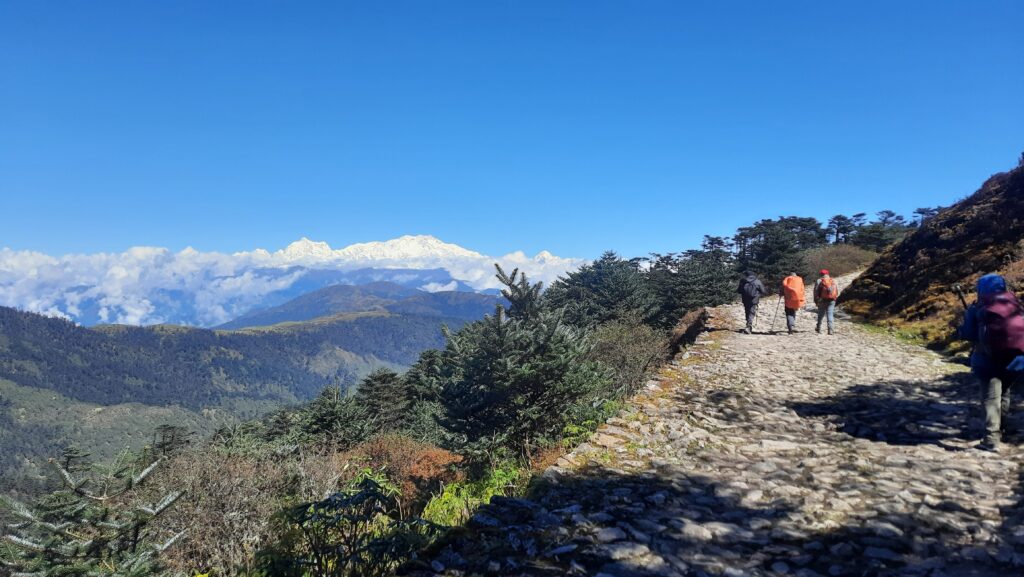
Aal is 1 km ahead of Sandakphu. It shouldn’t take more than 20 minutes to get here. The view point is on top of a small hill, just 100 meters before the group of houses and shelters at Sandakphu. Your camp is in Sandakphu. You need to see the sunset from the top of Sandakphu, so you can leave your bags at the camping spot and walk up to the peak. In the evening, the rising clouds from the hillsides make for a beautiful view. It gets very cold very quickly after dark. But go outside at night and look at the Milky Way and the other galaxies, nebulas, and planets that are close by.
Trek from Sandakphu or Aal camp to Gurdum
While the sun is rising, you get up early to enjoy stunning views of the surrounding area. If you want to see the mountaintops light up with the first rays of sunlight, you should be there. A crimson-gold color lights up the faraway hills, which is a beautiful sight. In the Himalayas, it’s one of the most beautiful natural sights you can see.
This spot’s 180-degree views of one of the world’s most sought-after landscapes are its main draw. In the west, you can see Himalayan peaks such as Makalu, Lhotse, Everest, Nuptse, Baruntse, Chamling, Chomo Lonzo, Machapuchare, and others in the Annapurna range. In the north, three sister peaks stand tall, and in front of you is the Sleeping Buddha. In the east, you can see Bhutan’s highest hills. Chomolhari, the country’s highest peak, stands out from the rest.
You keep going on the path after taking pictures and saving them on your memory cards and cameras. As a general rule, you should start going down on the left path at the split you see after the Sherpa Chalet Hotel and the Sunrise Hotel. You don’t have to go down the right road that leads to Kalipokhri. The trail goes over a hill and straight to Gurdum from here. Going up and down a few small hills with easy slopes takes about two hours. When you get to a small pond, you can eat lunch and take a break. You will see three stupas on your way to Gurdum. We will stop for a break at one of them.
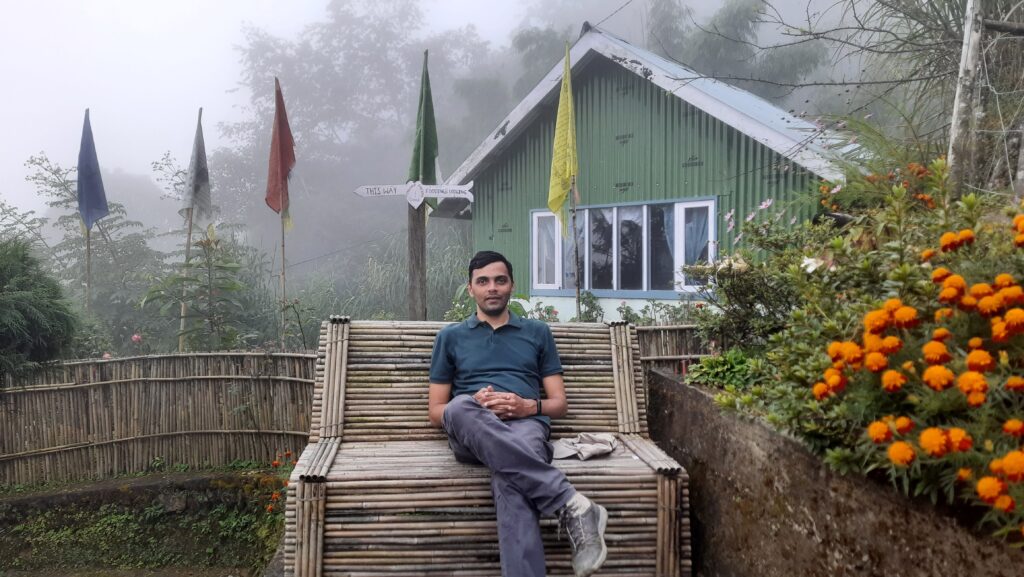
Next, you’ll go down all the way to Gurdum, which is about 3.5 to 4 km away and takes another 1.5 to 2 hours. As you get closer to Gurdum, you’ll start to see bamboo plants again, which will let you know that you’re almost there.
Gurdum is another beautiful village like Samanden. It has a wonderful rural charm and is a great place to finally relax and rest. The local Nepalese residents have set up a homestay for you to stay at. This is known as Gurdum Homestay. The hosts are friendly and warm, which makes our trekkers love staying at this homestay. While the service at these homestays isn’t the best, it’s better than a lot of commercial hotels.
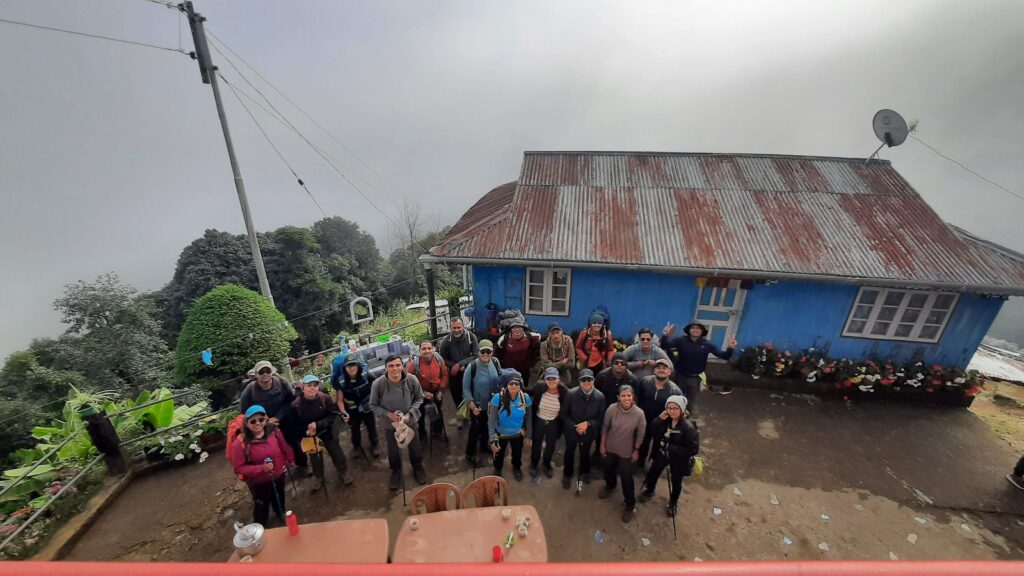
Should you be able to work from home, this is a great spot to connect because it has a strong 4G connection and beautiful views, which I’m sure you will enjoy.
Trek from Gurdum to Sepi or Srikhola
The following morning, there will be a full drop through the same kind of greenery as the second day of the trip. You started your walk in the same place where you are now. It takes about 4 km to get there, and you’ll get there around noon.
The closer you get to the Sepi suspension bridge, the more town homes you will see along the way. Different roads come together like streams that flow into one big river and lead to the Sepi or Srikhola Bridge. You eat lunch when you get there and then leave for Bagdogra airport or the NJP train station.
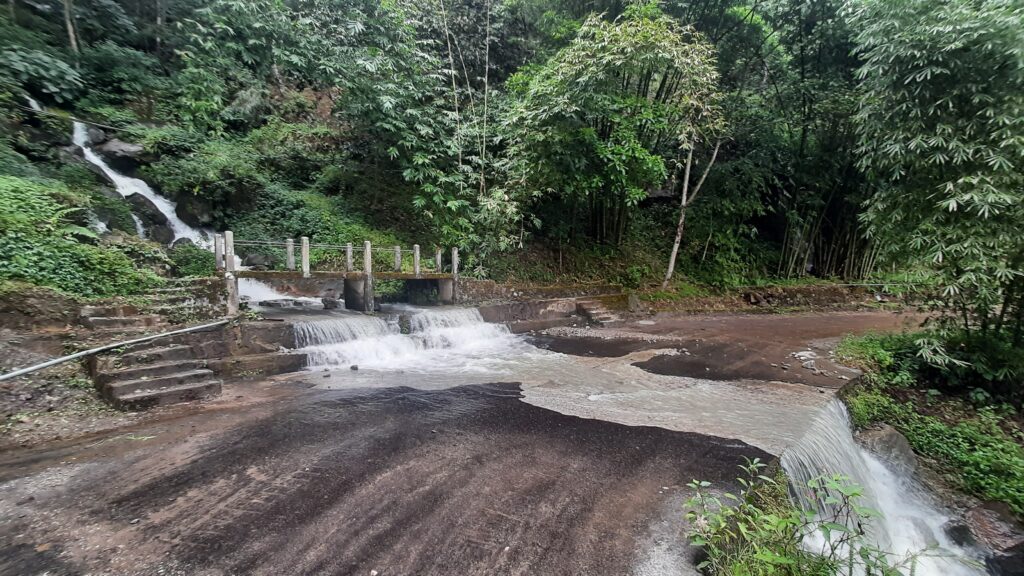
From the Himalayas to the India’s Southern Hill station, discover the 3 days of Top Secret Cycling in Munnar Tea Estate Hideaways .
How difficult is the Sandakphu Trek?
Depending on how hard you want it to be, the Sandakphu Trek is somewhere in the middle. From Sepi, which is 6,400 feet above sea level, you’ll climb to Sandakphu, which is 11,930 feet above sea level. Molley and Phalut are also about the same height. From Phalut, the trail goes down steeply to Samanden at 7,760 feet and then to Sepi at 6,400 feet, where the hike ends.
There aren’t any big rises or descents on the Sandakphu trek every day. The trip, on the other hand, makes you walk a lot every day. The walk takes about 7 to 8 hours every day, and some days it takes even longer. You walk more than 11 km most days of the trip. It takes a lot of strength to do this. During wins, when winds are strong and stay strong, this can get harder.
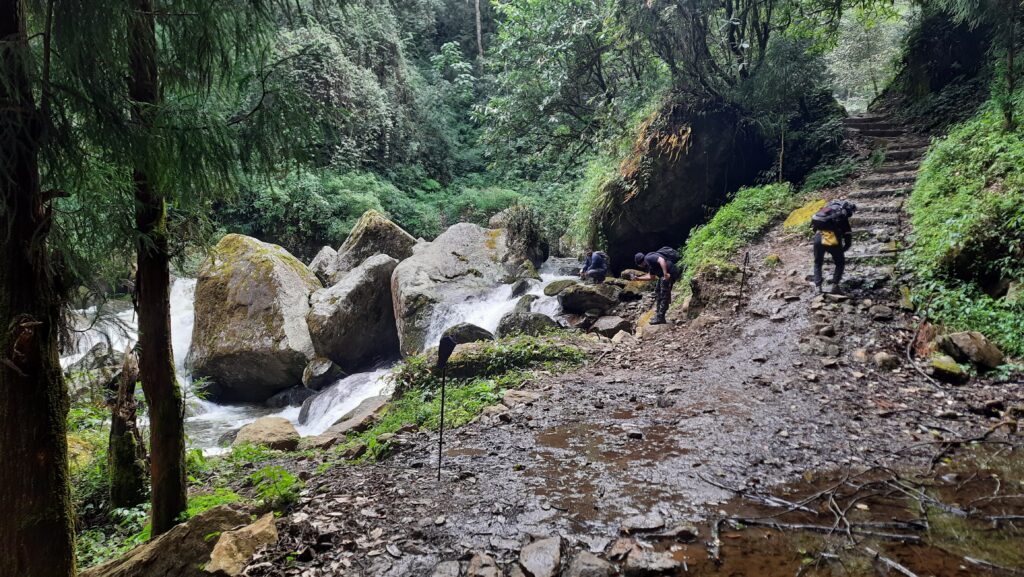
This is the right thing to do. You should make sure that your hiking shoes fit well because you will be on your feet for a long time and over long distances. Break them in at least two to three weeks before your trip. You also need good support for your ankles. That being said, make sure your shoes are soft and give your feet room to breathe.
The Sandakphu trek distance is 47 km, and it is a must-do trek for those who love trekking. The trek offers spectacular views of the surrounding mountains and an opportunity to explore the enchanting landscape of the region. The trek is moderately difficult and requires a certain level of fitness. It is best to go on the trek between October and April.
Even though this is a DIY trek, you can book your hiking tickets with some of the leading trek organizers, like Indiahikes , Trek the Himalayas, or YHAI . You can go solo until the basecamp and then with these groups. So, that was my experience of hiking to this place. Hope you enjoyed reading this blog post. Buy me a coffee to support my work or you can go to my store to buy some of my images. Also, do not forget to join my FriendZone by signing up for my newsletter . Consider subscribing to my YouTube channel .
RELATED POSTS:
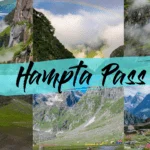

2 Replies to “ Sandakphu Trek | An adventurous 7 days hike with spectacular views ”
Thank you for sharing such a captivating piece on Sandakphu! Your detailed account and vivid descriptions can transport anyone to the breathtaking landscapes of this enchanting destination. Reading your post felt like a virtual journey,
Your passion for the place shines through, making it evident that Sandakphu holds a special place in your heart.
The way you captured the essence of the trek, from the challenging ascent to the awe-inspiring views at the summit, was truly inspiring. It’s evident that Sandakphu is not just a destination; it’s an experience that leaves an indelible mark on those fortunate enough to embark on the journey.
Your photographs were a feast for the eyes, providing a visual feast that complemented your eloquent storytelling. Each image seemed to tell its own story, capturing the beauty of the landscapes, the charm of the local culture, and the camaraderie among fellow trekkers.
I appreciate the practical tips and insights you shared, creating a valuable resource for anyone considering a visit to Sandakphu. Your enthusiasm is contagious, and after reading your post,
Thanks again for sharing your wonderful experience! Looking forward to more travel tales from you.
Best regards, Sandakphu Trek
I’m glad that you liked it. Consider sharing it with others. I have made YouTube videos of each of the trek days. You may even “embed” my videos on your website.
Leave a Reply
Your email address will not be published. Required fields are marked *
NatureDiary » Blog » Travel Guides » Tourist Attractions
Sandakphu Trek – A Complete Guide
Sandakphu is one of the fascinating travel destinations in Darjeeling in the Himalayan mountain range. Being the tallest peak of West Bengal with 11930 ft. height, it is an incredible experience to ride at its top. The central part of the trek route lies inside Singalila National Park near the border of Nepal and India.
Before visiting, you need to get a permit from the office of the forest department of Singalila National Park at Manebhanjan. Whether you are planning to visit by air or train, you must reach Manebhanjan to arrange everything. They now have made it compulsory to hire a guide during the trek.
Trekking to Sandakphu is neither too hard nor very easy. In this article, you will get the latest travel guide that can help you plan the Sandakphu trek.
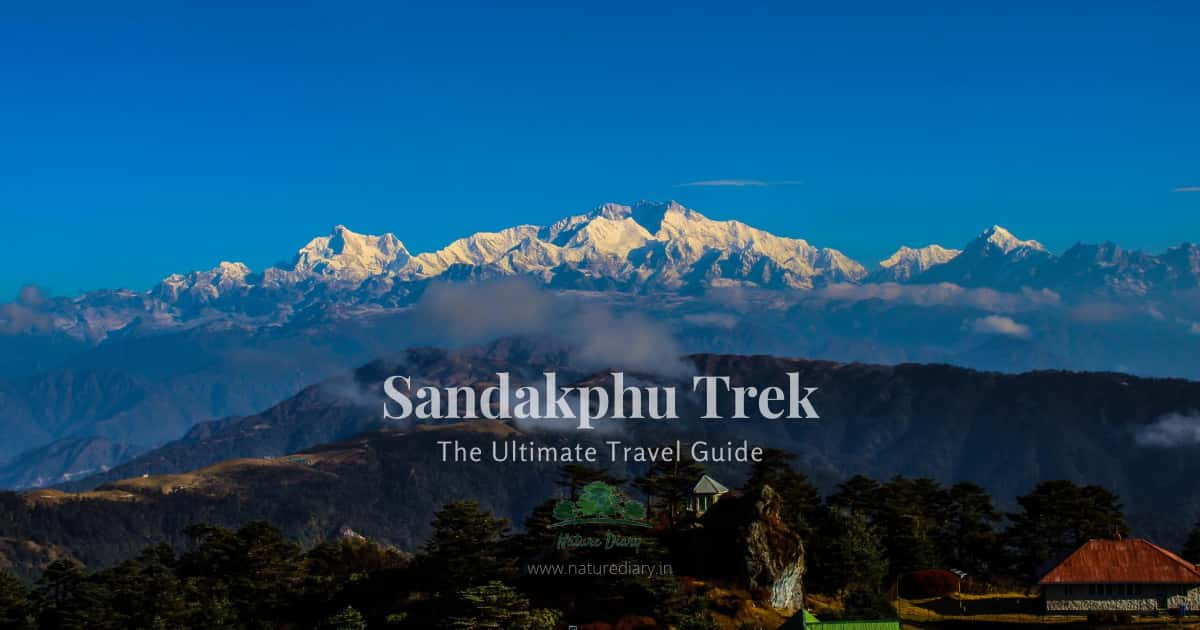
Sandakphu Trek at a Glance
The best trek routes to sandakphu and phalut.
Sandakphu is one of the top trekking destinations with easy to moderate difficulty. There are several routes for trekking to Sandakphu. For every trail, availing of the permit and hiring a guide is a must. Some of these trek routes are easy, and some are pretty difficult for beginners. Experienced trekkers can try the offbeat trek routes to Sandakphu and Phalut as they offer mesmerizing beauty of the mountains and forest from a different angle of view.
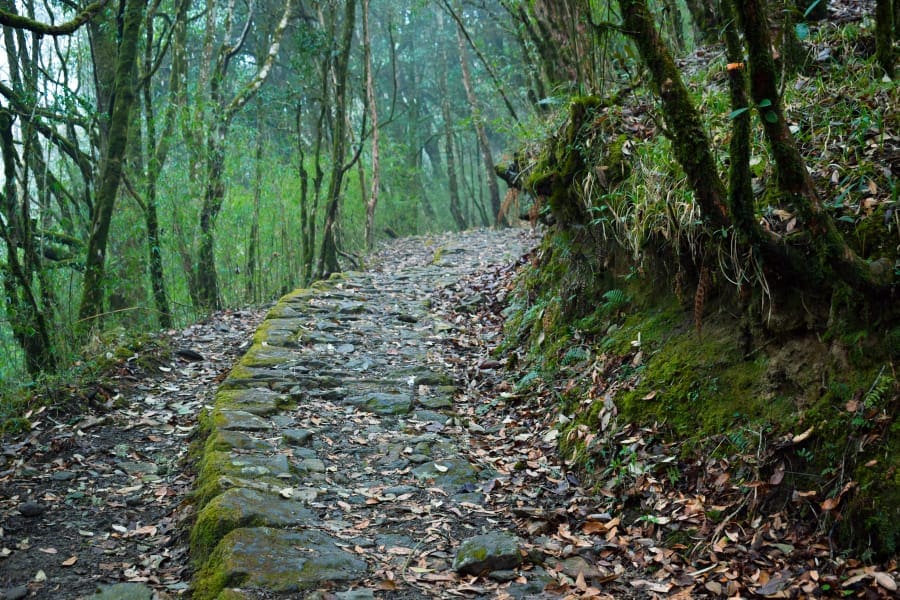
Sandakphu Trek Route-1
What can you expect in this trek route to sandakphu.
This trek route is the most popular one due to the low difficulty level that is good for beginners.
Starting from Manebhanjan, arrive Tumling and stay overnight to adjust body functionalities at a high altitude. There are a few good homestays at Tumling (9600 ft), where you get warm food and a goodnight’s sleep. Among all homestays, Shikhar and Siddharth Lodges are most preferable among trekkers.
The next day, start the trek in the morning around 7:30-8 AM. After walking for 15 minutes (approx.), the forest trail begins near a military camp. You have to walk uphill and downhill several times to reach Gairibas. This short hike is a real eye-opener for nature lovers. If you are lucky enough, you may find Red Pandas in this location. Barking deer is a common wild animal there and can be seen while hiking.
After Gairibas, you have to walk several kilometres uphill, which new trekkers can find difficult. But once you get used to it, the scenario will change. After trekking for 7 kilometres, you will reach Kalipokhri (10400 ft) . Here, you need to stay overnight. There are very few homestays at Kalipokhri that offer good accommodation and food. Please remember that at this place, there is no electricity available. So keep your power banks, mobile phones, or camera fully charged before leaving Tumling.
In the following early morning, go to witness the sunrise near the sacred lake of Kalipokhri. Some individuals may tell you that it is not worth it. But it can be a fantastic experience if you are lucky.
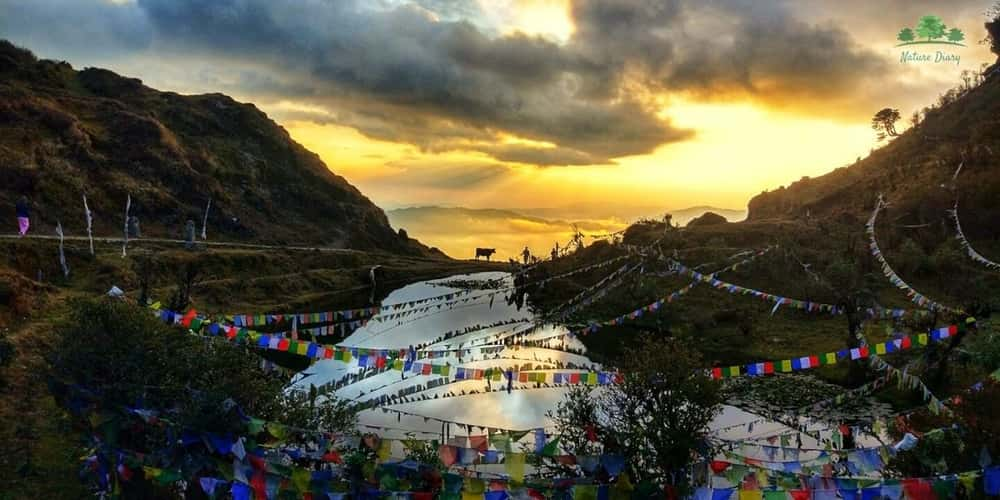
Afterwards, get back to the homestay and when completing breakfast, start for Sandakphu. The trail to Sandakphu is mainly on the constructed roads. But there are some shortcuts and alternative routes that guides know very well. The last hour to Sandakphu is much steeper than the rest of the trek route. But do not worry, it’s just a matter of time. Instead, look at the extraordinary natural beauty around.
After reaching Sandakphu (11930 ft), check in to your hotel, get refreshed and have lunch. In the evening, take a walk around to see the majestic beauty of the mighty Sleeping Buddha. After evening the sky mostly gets cleared to let you see the beauty of the starry sky. The Milky Way looks fantastic from Sandakphu. The beauty of Sleeping Buddha is extraordinary on a full moon too. So, mark your visiting dates carefully!
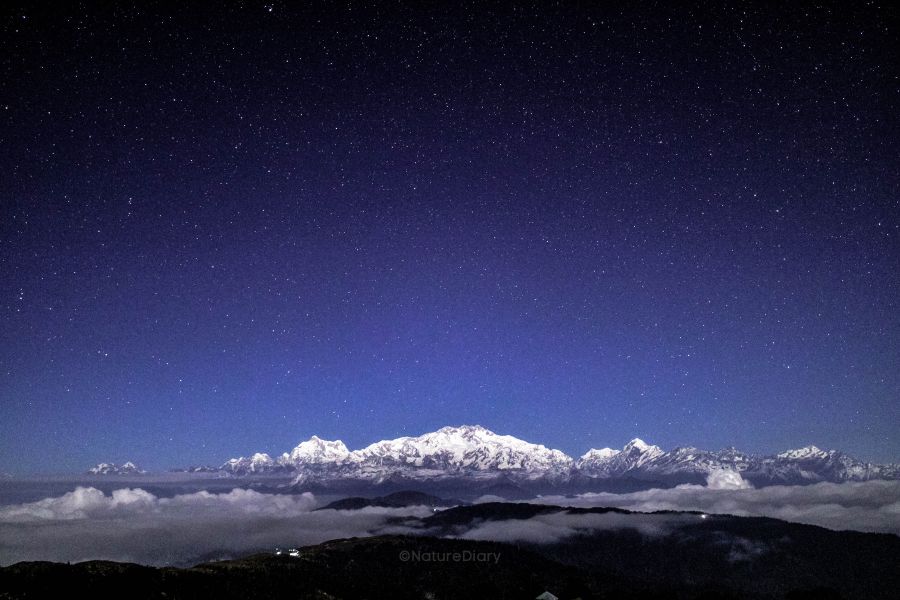
On the next day, wake up in the early morning to witness the beautiful sunrise at Sandakphu. The Sleeping Buddha looks wonderful, wrapped in red and golden sunlight at this time. The sea of clouds below the peaks is an enchantment to the eyes.
After breakfast, take a walk around and spend the rest of the day in leisure. In this way, your body will be energized for the next part of the trek. Have dinner and stay overnight at Sandakphu.
Gurdum is located 10 Km downhill to Sandakphu beside the Srikhola river. In this part of the trek, you will have another thrilling experience. The whole trek route lies in the deep forests of Singalila National Park .
This trail looks best during the spring season when flowers bloom all around. The Rhododendron, Magnolia, oak, and bamboo trees look mystic with a bit of fog. For this reason, the Sandakphu trek is popular in the months of March-April due to the colourful flowers.
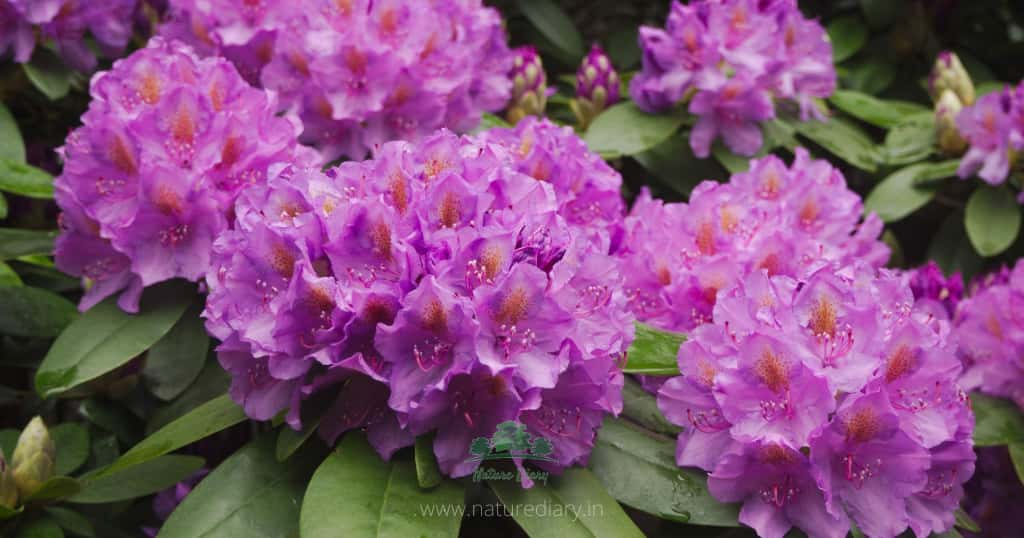
After trekking through the forest for about 9 kilometres, you will reach a place called “Kalapatthar”. From there, the trail is steep down to Gurdum. Do not be hasty at this place. Take small steps at a time and slowly climb downhill. This is important because the whole weight of your body and rucksack falls on the knee and ankles. After reaching Gurdum, take a rest and stay at the homestay overnight.
On the next day, start for Srikhola after breakfast. This 6 Km is the easiest part of the trek. On the way to Srikhola, you can witness beautiful villages, waterfalls, and forests. There are several established hotels available in Srikhola around the bridge. Here you can take a bath and get delicious meals. The only attraction in Srikhola is the river and birds. The place is home to beautiful Himalayan birds. This is why birdwatching with a long-distance binocular can be an exciting activity there.
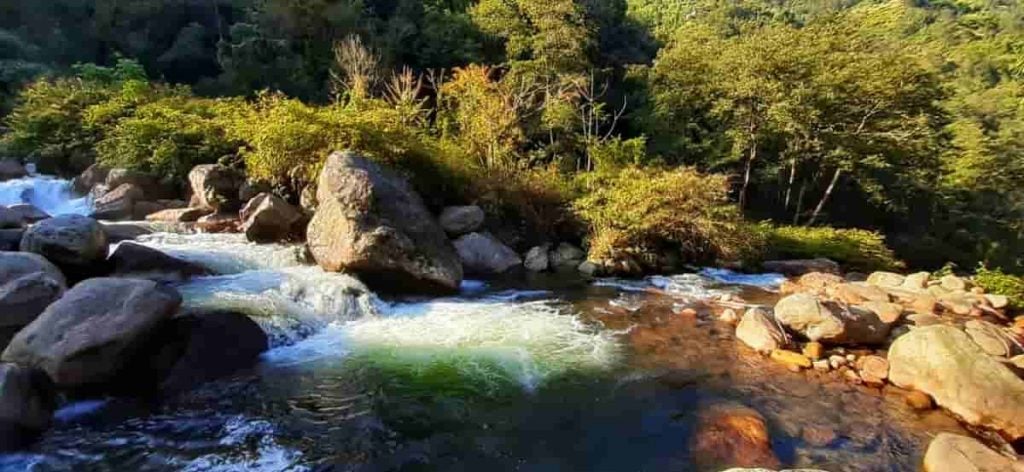
Sandakphu Trek Route-2
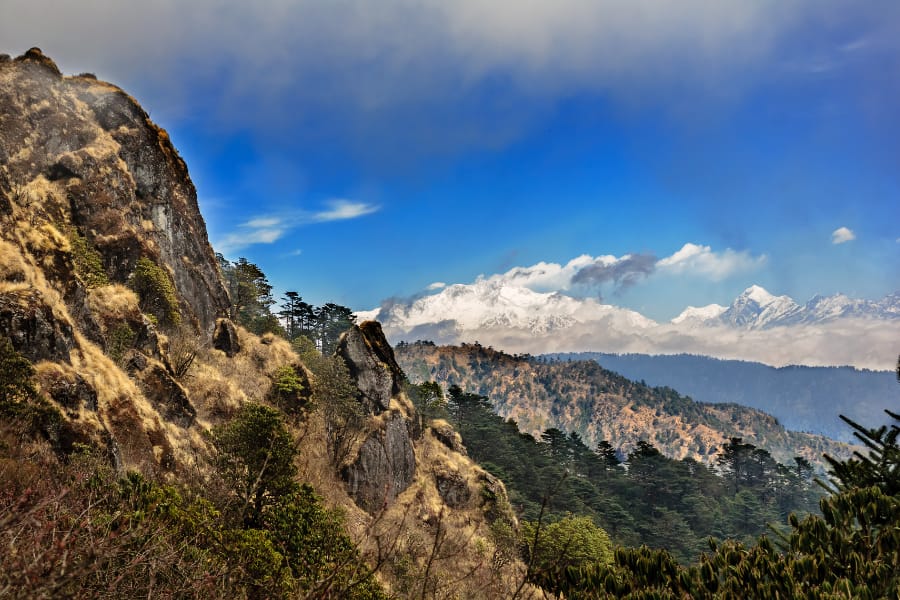
Phalut is another heavenly place to visit nearby Sandakphu. It is located 20 km away from Sandakphu in the northern direction. If you have two more days at hand, we advise adding Phalut to your itinerary. But such a long trek in a day can be hectic for beginners. For this reason, you can also hire a landrover and reach Phalut directly.
While descending to Srikhola from Phalut, you have to stay at a beautiful place called Gorkhey with lush greenery and the river Gorkhey Khola. Gorkhey is situated at the border of West Bengal and Sikkim. After staying one night at Gorkhey, you have to trek down approx 21 Km downhill to Srikhola.
Sandakphu Trek Route-3
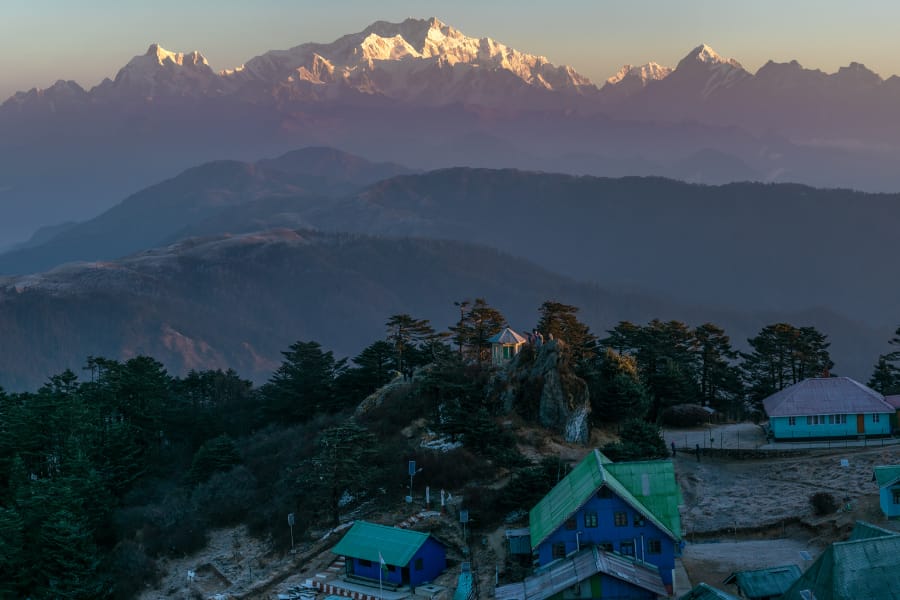
This trek route is quite similar to the previous routes we have mentioned. The only changes are the addition of Dhotrey and Molley to the itinerary. Dhotrey is a picturesque place surrounded by forest. To reach Tonglu from Dhotrey, there is a 7 km long forest trail which can be exciting for birdwatchers and nature lovers. From Tonglu , Tumling is easily reachable within a 2 km walking distance.
Molley is also a tiny village surrounded by a green forest and mountains. From Molley, the distance of Srikhola is around 16 km, which can be covered in a single day. Alternatively, you can also reach Grokhey instead of Molley and trek down to Srikhola.
Sandakphu Trek Route-4
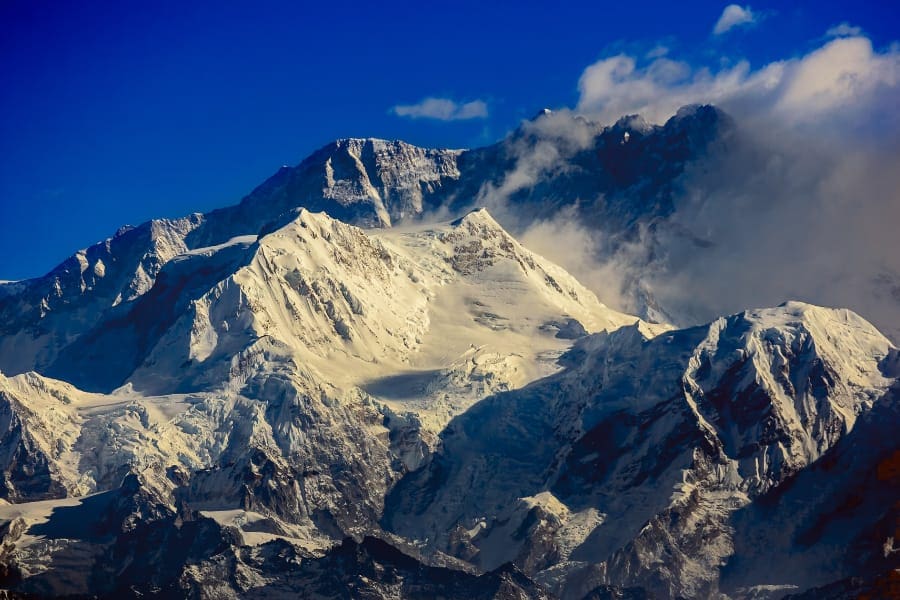
In this trek route, we have included a small village called Rangit Majuwa . Though it is not much well-known as one of the conventional stops in trekking to Sandakphu, it is pretty good. Surrounded by the lush green forest and the Sawaji Khola river, this village is a perfect place for taking a deep breath before starting a week-long trek. We recommend staying here for a night to adjust the body and prevent high altitude sickness. Here you can get a chance to observe a village’s culture, the ways of living and get local food with drinks.
There is a beautiful trail to Dhotrey from Rangit Majuwa, hiking on which can be a thrilling experience. The rest of the trek is similar to the Sandakphu Trek Route-3.
Offbeat Sandakphu Trek Route-1
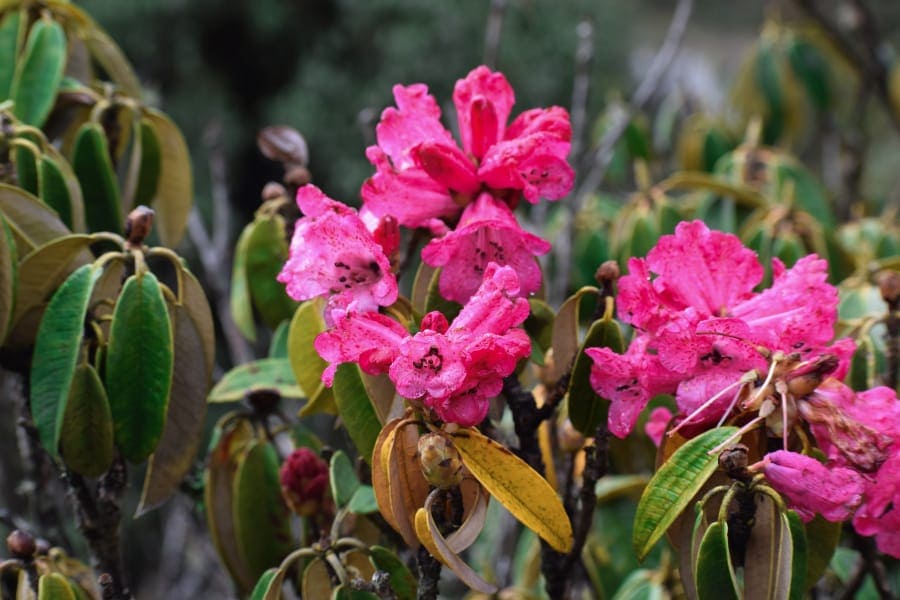
What can you expect in this Offbeat trek route to Sandakphu?
All the trek routes we have mentioned previously start from Manebhanjan. In this case, the journey begins from Hilley in Sikkim. On the first day of trekking, you have to reach Barsey, which is around 5 km away and takes 2-3 hours. Here, we must mention the mindblowing Barsey Rhododendron Sanctuary. The place gets fully bloomed with various Rhododendron flowers during March and April. This is one of the biggest attractions in this trek route to Sandakphu.
In the next two days, you have to trek 24 km to reach Kalijhar, a beautiful place full of various Himalayan flora and fauna. The trekking trail from Kalijhar to Phalut is genuinely adventurous. After Phalut, trekking to Sandakphu will involve another 21 km trail in your itinerary. The remaining part of the trek is similar to that of Sandakphu Trek Route-1.
However, the arrangement of this trek can be difficult as it is a non-conventional route, and it is not recommended for beginners. Unless you are well-experienced, we do not recommend trying this route. If you are planning to trek with a good travel agency, you can try this route. But make sure of the reputation and details of arrangements offered by the agency.
Offbeat Sandakphu Trek Route-2
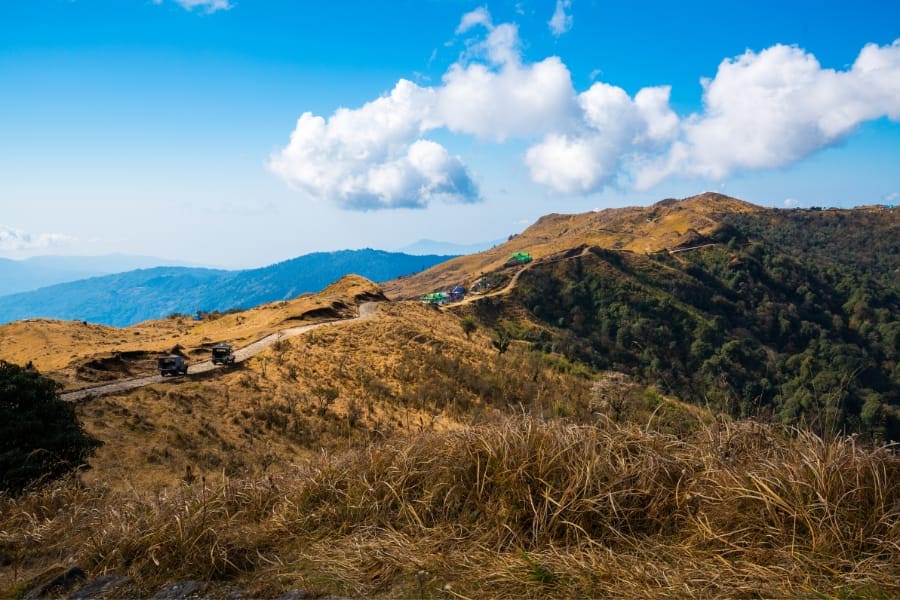
This trek route is just the reverse of the Sandakphu Trek Route-1. While in the earlier route, you have to end the journey at Srikhola, and in this case, the trek begins at Srikhola. After passing through Gurdum, Sandakphu, Kalipokhri, and Tumling, it will end at Manebhanjan.
But why is this trek done in the reverse direction?
This is because of the point of view of witnessing the beauty of nature. Experienced trekkers who have already visited Sandakphu often take this route to enjoy the beauty of the mountains, forests, and flowers from an alternate angle. But, beginners will find this route to be challenging. The trail from Gurdum to Sandakphu is very steep, and without good body fitness, it can be challenging for some travellers.
Is It Safe To Trek To Sandakphu?
While trekking or hiking, safety is an essential concern among all of us. We often think about an unsafe trail, wild animals, or theft. But the trekking routes to and from Sandakphu are safe from these angles.
Safety Conditions of Trekking Trails
While trekking to Sandakphu, you have to ride a height of 12000 ft. Throughout the whole journey, there are a lot of uphill and downhill trails. Most of the path lies inside the forest with uneven roads, and some part lies around the newly constructed road for the land rover.
After the rain, some parts of the trail get slippery, for which trekkers must be cautious and take proper precautions. We highly recommend a trekking shoe with a good grip in such a condition.
The trekkers should follow the commands of their guides hired for the trip. They know this place much better than anyone else can. Always follow the trail with the help of the guide to be safe there. Do not get distracted while trekking, and always stay in a group.
If you prefer to visit Sandakphu by avoiding trekking, then a land rover is your only option. Check this fantastic Vlog by Tirthahikes for every detail of Sandakphu land rover travel-
Health Safety Concerns
The most common problem people face is High Altitude Sickness or Acute Mountain Sickness . As per various reports of this illness around Sandakphu, we found that some travellers fell sick generally above 7000 feet. Although, there is no definite range above which someone will fall into high altitude sickness. So, you should consult a doctor when planning a trek to Sandakphu.
It happens due to low oxygen levels and reduced air pressure. Apart from the external factors, body capability, fitness, and food habits play a significant role here. The main symptoms of this sickness are headache, faintness, muscle pain, vomiting, swelling of body parts, and exhaustion. The nearest hospital near Sandakphu is located at Rimbik, 7 km from Srikhola. So, you need to carry all the essential medications.
We highly recommend consulting a doctor before commencing the trek to Sandakphu. Apart from the doctor’s prescription, we also recommend some medications that you should verify with the doctor. This is because medicines should be taken according to the condition of the individual’s health.
The Best Time to Trek to Sandakphu
Except for the monsoon, Sandakphu can be visited throughout the year. The Singalila National Park is closed from mid-June to mid-September due to heavy rainfall. So, travellers should avoid visiting in this period. The best time to trek to Sandakphu is during Autumn/ Early Winter and Spring/Late Winter .
Trekking to Sandakphu during snowy winter is also famous among experienced trekkers. But if you are a beginner, we recommend avoiding trek during snow in winter. The weather of Sandakphu is colder than the temperature of Darjeeling in general.
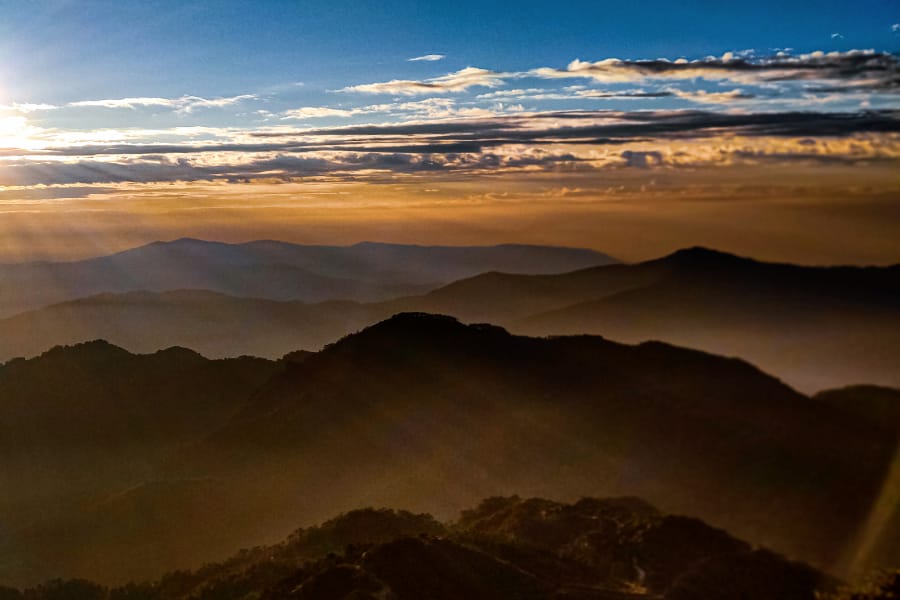
Autumn (October-November)
October and November are the two most popular months among adventure lovers and trekkers. After the rainy season, Singalila National Park awakens at this time. Nature lovers find the trek route greener and most comfortable during the early autumn. In late autumn, the temperature drops significantly. At this time, the day temperature is around 15 degrees Celcius, whereas the night temperature falls around 6 degrees Celcius.
It can rain anytime in the region of Singalila National Park. Though the chances are less during the month of November, you should be prepared with a raincoat.
Overall, the weather is perfect for trekking to Sandakphu, and we highly recommend travellers visit at this time. With little to no rainfall and a clear sky, you can comfortably trek through the misty mountains and green forestlands. You can witness millions of stars in the night sky along with the milky way very clear from Sandakphu in these months. The mighty Sleeping Buddha looks wonderful and can let you make the Sandakphu trek memorable.
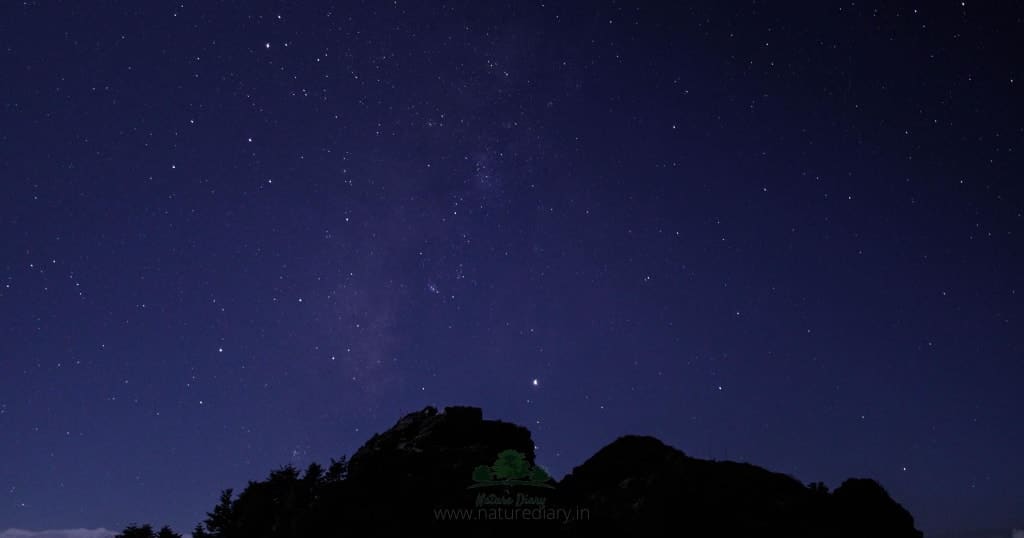
Advantages of Sandakphu Trekking in Autumn
- Easier and more convenient.
- More Greenery.
- Clear weather for better photography.
- All the highest peaks, including Sleeping Buddha, are clearly visible.
- The amazing night sky for astrophotography.
- Comfortable weather.
Disadvantages of Sandakphu Trekking in Autumn
- Snowing cannot be experienced.
- Rhododendron flowers do not bloom at this time.
Winter (December-February)
Many trekkers and adventure lovers like to trek to Sandakphu during winter. The reason behind it is the snow-covered trail, forest, and mountains- everything is frozen. In this period, the temperature gets down to sub-zero temperatures. Even during the day, the freezing cold will be there. But under the sun, trekking is quite comfortable if you are prepared with good warm clothes. Rainfall in these months is a minimum for the whole year. The best attraction for the Sandakphu trek in winter is snowfall.
Winter is not a very popular time among trekkers due to its great difficulty. But if you are well experienced, you can plan trekking to Sandakphu during this season.
Advantages of Sandakphu Trekking in Winter
- Trekkers who love heavy snow might prefer trekking during this time.
- Extraordinary beauty around.
- Great for adventure lovers.
Disadvantages of Sandakphu Trekking in Winter
- Difficult weather conditions.
- Hard to trek without previous experience.
- Less greenery.
- Visibility is not so great.
- Rhododendrons can not be seen as flowering.
Spring (March-April)
This is the second most popular season for trekking to Sandakphu. The unique attraction of spring is the Rhododendron flowers. After the winter, Rhododendrons of various colours like red, pink, white, and even Lady Dalhousie Rhododendrons can be seen around Sandakphu.
During the day, the weather is very comfortable- around 20 degrees Celcius. The nights are colder as usual, with a temperature of around 6 degrees Celcius. From March, rain takes place and reaches the highest in July with more than 800 mm average rainfall. So, you must be prepared for a wet and rainy climate during this season.
Advantages of Sandakphu Trekking in Spring
- The mesmerizing beauty of Rhododendrons.
- Pleasant climate conditions.
- Medium-difficulty trek.
- The wet and green forest looks amazing.
Disadvantages of Sandakphu Trekking in Spring
- There is a high possibility of rain during this time.
- Avoid bushy wet areas where leeches can be present.
- Snow cannot be seen around.
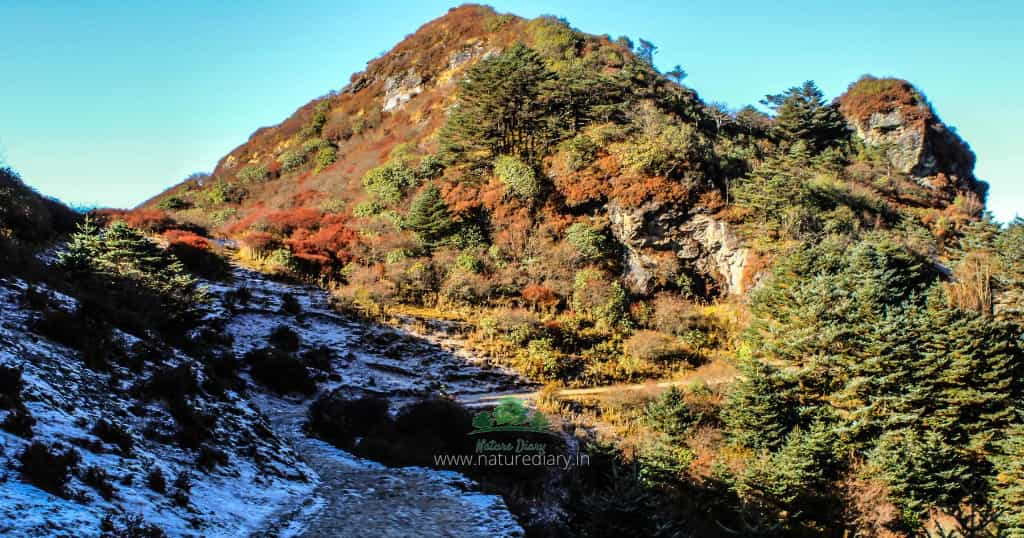
Best Hotels at Sandakphu
Sandakphu is relatively more developed when compared to the other locations in the trek route. Here you can find some cosy hotels to get more food items, warm water, and a comfortable stay. We would like to mention two such places to stay.
Sunrise Hotel
It is the best hotel in Sandakphu in terms of the facility and the view of the Himalayan Mountain Range. As the name implies, you can witness the majestic sunrise by the side of the Sleeping Buddha from the hotel itself. They have a nice rooftop where you can get a fantastic view of the Himalayan mountain range.
Even at night, you can get to the rooftop for stargazing like I did in my trip, as the night sky looks impressive from that place. You can even witness the mighty milky way if the sky is free of clouds and fog. Whether you are a beginner or a pro, stargazing can always amaze you.
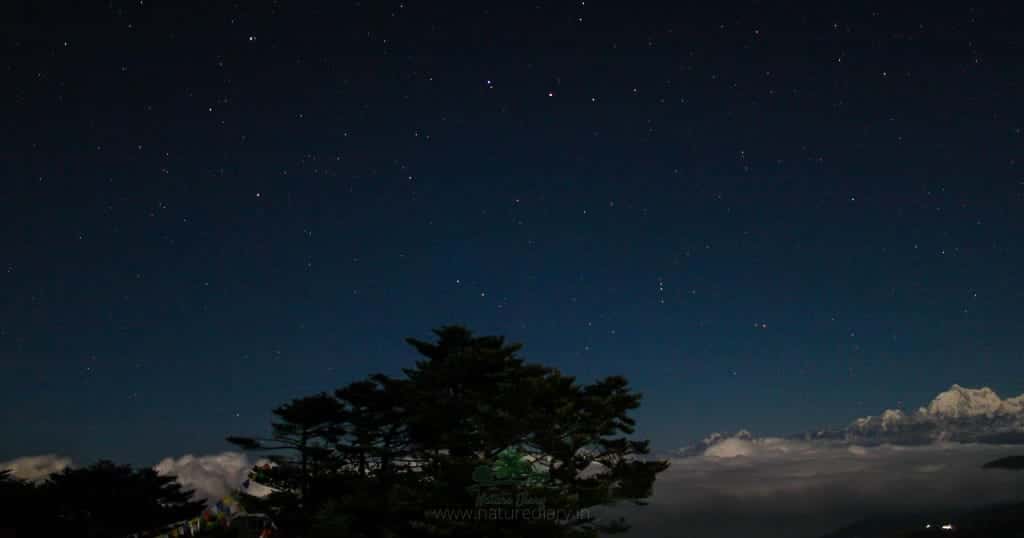
The food of Sunrise hotel is mouth-watering and feels delicious after a long trek. The rooms of the hotel are nicely maintained and very clean. As Sandakphu is a remote place, the hotel authorities need to carry water from the lower hills. If you need water for washing your mouth and getting fresh, you need to ask the waiter, and he will deliver a bucket of water to your room. Apart from that, the service is excellent and warm.
Sherpa Chalet Lodge
The Sherpa Chalet is our second favourite place to stay at Sandakphu. It has all the basic amenities like the Sunrise hotel, explained previously. Sherpa Chalet also has no running water but has a bucket system. In Sherpa Chalet, you can get traditional Indian foods like- rice, roti, vegetables, dal, fries, eggs, and chicken. All these food items are very nicely prepared and healthy.
In the evening the hotel authority runs a generator from 6 pm to 9 pm when you can charge your electrical gadgets including your mobile phone and camera. The best thing that we like about Sherpa Chalet is you can watch Kanchanjunga on one side of the hotel and sunrise on the other side with a 270-degree view.
Apart from these two lodges, Sandakphu also has several budget-friendly accommodations. GTA trekkers hut is ideal for such requirements with all basic amenities.
Arrangements For Trekking to Sandakphu
A typical itinerary for Sandakphu trekking involves 6-8 days. If you like to extend the trip to Phalut, another fantastic place in the lap of the Himalayan mountains, the total number of days may increase to 7-8 days. You need to prepare yourself for trekking and arrange everything.
To-Do List While Planning Sandakphu Trek
- When planning trekking to Sandakphu, you first need to book tickets for an Airplane or Train, preferably 3 months before the day of travel. The nearest rail station is New Jalpaiguri Railways Station, and the nearest airport is Bagdogra. The peak season for trekking to Sandakphu is during Oct-Nov and Mar-Apr. This time demand for a train or air ticket is also very high.
- The next thing you should do is hire a guide that can be done when you reach Manebhanjan. But we highly recommend contacting and hiring a guide much before trekking. Being local, they know the trails, forests, and mountains in that region better. You can contact Mr Rakesh Rai (Contact: +91 7872951399 ), one of the most renowned and trustworthy guides for the Sandakphu trek. He is associated with Singalila High Peak Expedition Guide and Porter Association.
- Booking hotels or homestays before trekking can be highly beneficial for the whole trip. Some places like Gurdum, Tumling, and Kalipokhri have very few numbers of homestays that can run out during the peak season. Most homestays cannot be booked online. You either have to call the owners or book them with the help of the guides. You can also contact some travel agencies, but most of them are costly, and we do not recommend them. We have suggested some of the best homestays and hotels in the Sandakphu trek route that you might like to check out.
- Next, you have to arrange proper gear and clothing for the trek. Before we proceed, you should keep in mind to bring only the trekking essentials . Unnecessary materials will increase the backpack’s weight and can cause great difficulty during walking for a long time. The clothing should also be lightweight and enough to prevent freezing cold. We also recommend taking a rain cover for the travel backpack and raincoat as rain is very uncertain in the location. We suggest arranging all travel gear and clothing much before the date of the journey.
- Before starting the journey, we advise working out and making the body fit for long trekking. We recommend consulting a doctor for a health check-up and preventive medicines needed during the trek. A common problem that many travellers face is high altitude sickness. Many trekkers return halfway from the trek because of these. This is why everybody needs proper medication and sufficient drinking water during the Sandakphu trek.
- Carrying a Govt. photo identity proof and its photocopy is necessary during the visit. Such identity proof includes Aadhar Card, Passport, or Driving License. Without these, the forest department won’t permit you to enter the national park. Being high-valued documents, you should keep them wrapped in a waterproof plastic cover inside the rucksack.

What to do after commencing the trek?
- After reaching New Jalpaiguri or Bagdogra, hire a car that can be availed locally and then ride to Manebhanjan. Typically, the driver will charge around ₹3000 to ₹4000 for that distance. From Manebhanjan, you have to hire a land rover for Tonglu/ Tumling/ Dhotrey- wherever you start the trek. A landrover may charge you around ₹1000 to ₹1500. If you want to visit Sandakphu without avoiding trekking, you can also hire it for the whole trip.
- Next, you have to get entry passes to Singalila National Park from the checkpoint/ office at Manebhanjan. The entry fee to the park is ₹100 for Indian citizens and ₹200 for foreign nationals. The charge for carrying a camera is ₹100, and a video camera is ₹400. Apart from that, there is a vehicle charge of ₹100 if you have hired a cab.
- Keep some dry fruits and water in sufficient quantity to help you throughout the day. Please remember that while hiking through Singalila National Park, you may not find any food stalls nearby the trail unless you reach some checkpoint.
List of Essential Items for Trekking to Sandakphu
After trekking to Sandakphu several times, we highly recommend the following items that every trekker should carry. This includes documents, medicines, clothing, footwear, tools and equipment, personal items, and food.
Medicines and First Aid Essentials
- Fever, headache and pain: Paracetamol like Crocin or Calpol 650 mg
- Nausea and vomiting: Zofer MD 4 mg
- Loose motion or bacterial infection: Metrozil 400 mg.
- Acidity: Zintac 150 mg
- Water purification: Zeoline
- Cut and mild skin infection: Borolene, Neosporin cream and powder, band-aid, leukoplast, cotton.
- High altitude sickness: Coca 30 (Homeopathic), Camphor (for inhaling).
- Joint and muscle pain: Crape bandage, Volini spray.
- Cold and cough: cough syrup and any other medicine prescribed by the doctor.
Note: This list contains items we use during trekking after being advised by a physician. We highly recommend consulting a doctor before taking these medicines as medical conditions differ for different persons.
- Aadhar Card/ Passport/ Driving License with xerox copies
- Printout of booking by email (if any)
- Any other essential document.
Tools and Equipments
- Good quality rucksack that is lightweight and waterproof
- Sleeping Bag and tent if you plan camping on your own
- Mobile phone and charger
- Bluetooth speaker
- Camera and charger
- Binocular for watching birds, wildlife and the surroundings
- Solar charger for mobile phone and camera
- A Swiss knife
- Drone camera if you want
Clothing and Footwear
- Trekking Pant
- Trekking jacket for cold weather
- Undergarments
- Lightweight trekking Shoe
Personal Items
- Handkerchief
- Water bottle
- Tissue paper
- Toothbrush and paste
- Sunscreen lotion
Apart from the travel essentials , bring some dry foods like cashews, raisins, peanuts, and biscuits in a quantity that won’t burden you. You can try Happilo Premium International Healthy Nutmix, which includes a 200g pack of almonds, black raisins, cashew nuts, cranberries, green raisins, salted pistachios, and walnuts.
5 Amazing Things About Sandakphu Trekking
Trekking to Sandakphu is always unique because of the mindblowing scenic beauty, the culture of the small villages, meeting new people, watching wildlife, witnessing sunrise and sunset over the ocean of clouds, and viewing crystal clear night sky and more. Let us see why all of these are amazing.
1. Sleeping Buddha on the Himalayan Mountain Range
The most beautiful thing about Sandakphu trekking is the Sleeping Buddha. It is a series of Himalayan mountain peaks that look like lord buddha is sleeping. The head of the Sleeping Buddha is actually Mt. Kumbhakarna or Jaanu (25300 ft.), which is the 32nd highest mountain in the world (More on Wikipedia ) .
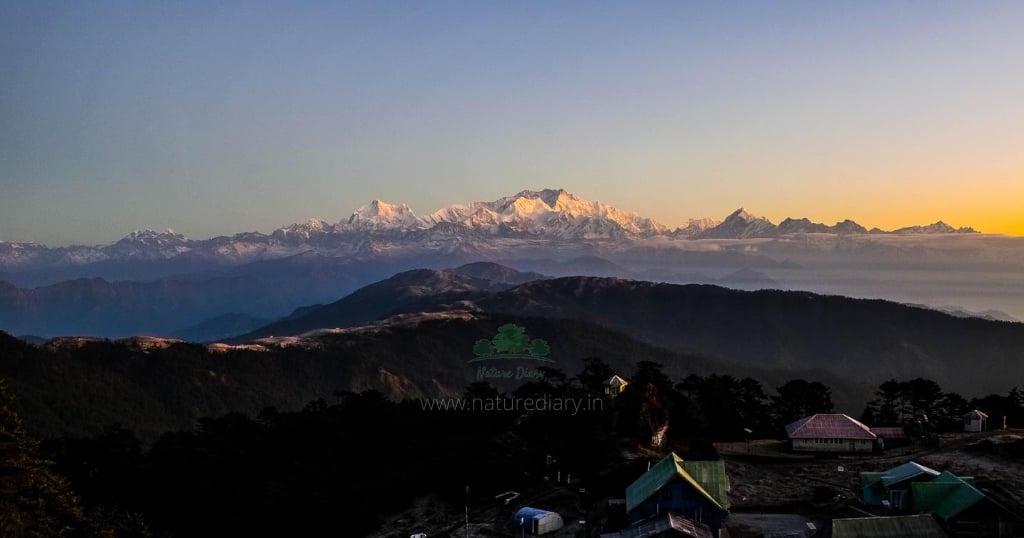
After that, the peaks of Kokthang, Rathong, Frey, Kabru, Kanchanjunga, Goecha, Shimvo, Pandim, Tinchenkhang, Jopuno, and Narsing complete the entire shape of the Sleeping Buddha. Generally, in the evening, the weather gets better, and you can get a clear view of Sleeping Buddha from Sandakphu.
Apart from it, we highly recommend two instants when you might be able to witness a more magical view of the Sleeping Buddha.
The first one is- during sunrise . While the orange fireball sun peeks from the eastern horizon, the white snow of the mountains turns to golden-red colour. It looks gorgeous and enchanting to the eyes.
The second one is- the night view . Watching the Sleeping Buddha at night can be quite an adventurous experience. If there are a clear sky and moonlight, it looks incredible among the endless stars. You can use a portable telescope to watch this magnificent beauty that looks best on a full-moon night. Even if there is a new moon phase, you might be able to witness the mighty milky way and an infinite number of stars.
2. Unforgettable Memory of the Small Villages and its People
Throughout the Sandakphu trekking route, you will encounter many villages and different people. Visiting these villages, you will learn about their culture and food habits. It is exciting to see how they make a living on their own in such remote places. Yet most of the houses in the villages are beautifully decorated and maintained.
These shelters for local people may be small but full of happiness. Many villagers from Tumling, Gairibas, and Kalipokhri stay in these houses for the trekking season only. Before the rain hits hard during July-August, they move to some other location due to a lack of availability of food and business in the off-season.
One of the most interesting things about visiting these villages is to witness how beautifully they maintain their homes and gardens and how they are always happy with limited resources. If you are a dog lover, these villages can be what you’re looking for. In almost all these villages, you may find friendly domestic dogs looking for your treat by wagging tails.
3. Connecting Soul to the Nature
Most of us love trekking and hiking because we love to connect with nature away from our busy daily schedules. We love the adventure of watching mesmerizing natural beauty, forests, and wildlife. We can observe the sustainable relationship between nature and humanity. Trekking to Sandakphu can give you such pleasure and a chance to witness it.
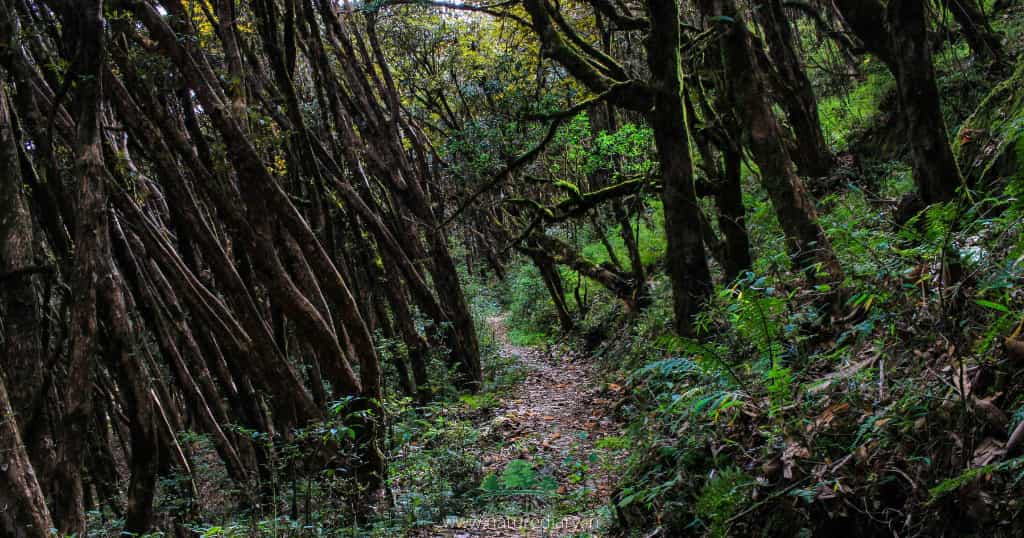
You may have some hard times stumbling on the trail, soaking in the rain, and getting your energy drained out sometimes but in the end, it can give you the confidence to feel the goods of nature and get your soul lost in it. After a memorable journey, you can get back to your home with refreshment and confidence that you can achieve anything no matter what the obstacle is. A similar landscape and forest can be observed during Kheerganga trekking in Himachal Pradesh.
4. The Ocean of Clouds
Most of us visited the seashore and witnessed how amazing the ocean looks. But what about watching the clouds from a mountaintop in a similar way? From an elevation like 10000 ft (Tonglu or Tumling), you might be able to witness such an amazing creation of nature. The scenery looks more beautiful during the sunrise and sunset.
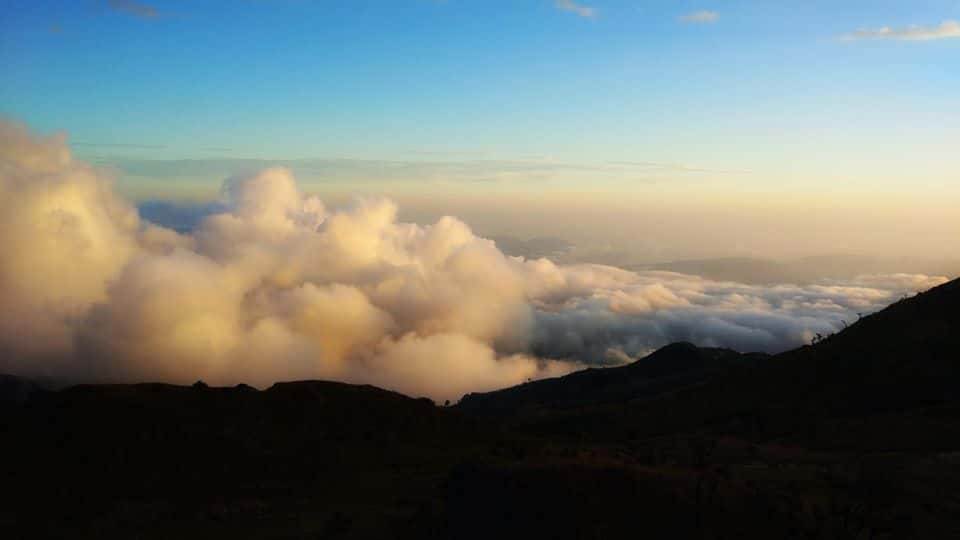
As you climb more altitude, the ocean of clouds starts to look more fascinating. From Sandakphu (11930 ft), it is a soothing treat to the eyes. We love the way Sleeping Buddha looks over the clouds, and it is truly an incredible experience.
5. Cleanliness of Environment
The key to environmental sustainability is to maintain a healthy relationship with nature. There are many examples where travellers ruin natural beauty with scraps and leftovers. This garbage mainly includes empty liquor bottles, packets of chips, plastic bottles, etc. Due to the increased number of trekkers in 2017 and 2018, the trekking trails to Sandakphu got polluted over time. This time, many responsible trekkers and organizations that follow environmental sustainability guidelines came to the rescue. Presently ecotourism principles are adapted and being followed.
Organizations like the Himalayan Club from Kolkata, and the Indian Mountaineering Foundation from New Delhi did a great job back in 2018-2019. They collected waste from the trails and handed it over them to Siliguri Municipal Corporation to increase awareness about the cleanliness of the environment.
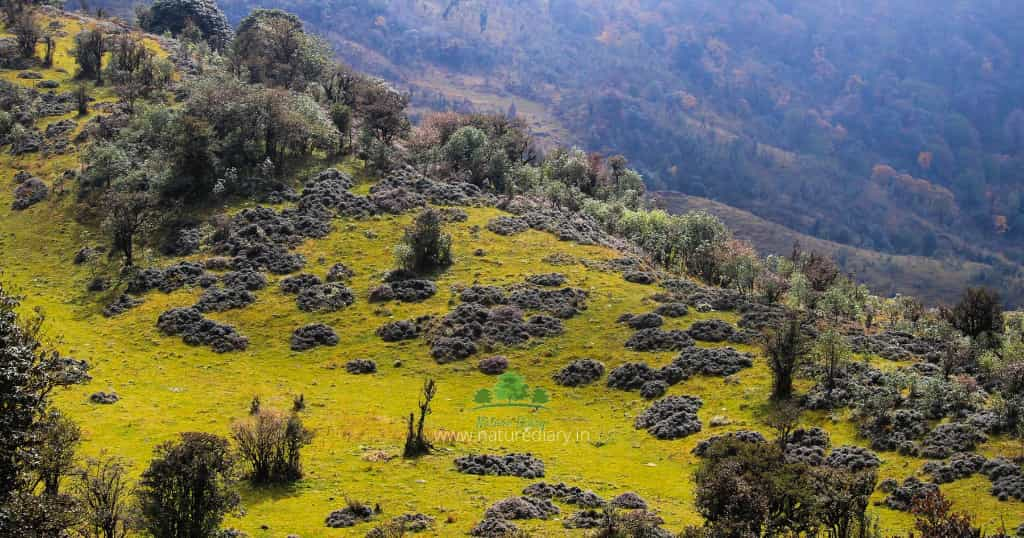
All the trekkers are requested to maintain the cleanliness of the paradise of Sandakphu. It is ours, and we must protect it in a very sustainable way. Drop the trashes at the designated garbage collectors/ dustbins. If there is no such thing around, please keep it in your backpack and dispose of them once you see a garbage bin.
Frequently Asked Questions About Sandakphu Trek
Sandakphu is located in the Singalila National Park region, Darjeeling district of West Bengal in India. The peak of Sandakphu is situated near the border of West Bengal and Nepal. There is a small village and some hotels in the region.
You can hire a cab from the NJP railway station to Manebhanjan, where you have to collect permits to enter Singalila National Park. You can plan on trekking to Sandakphu from that location or hire a land rover and continue the journey.
You can witness snowfall in Sandakphu in the winter season, typically in December, January, and February. At this time, trekking is tough unless you are a very experienced trekker.
Rhododendrons bloom in March and April in the Sandakphu region. As it is the Spring season, you can see the blooming of other flowers too. You can see Rhododendrons in various colours this time- red, pink, white, and many different types.
Everyone, including a family, can visit Sandakphu unless there are some medical issues. We do not recommend children under 10 years and elderly people beyond 60 years for trekking to Sandakphu. Before visiting, the fitness of the traveller must be good. We highly recommend consulting with a doctor before planning for the trek.
In general, trekking to Sandakphu is considered to be of medium difficulty. But, in a broad sense, it depends on several factors- your experience, stamina, and body fitness. If you are at the peak of these factors, the Sandakphu trek can be straightforward.
Yes, you can visit Sandakphu without trekking. You have to hire a land rover from Manebhanjan at the starting point, and it can cover the whole route without any problem.
If you do not hire a land rover, a 6-day itinerary to Sandakphu will cost you approximately ₹15000 to ₹20000 per head. This includes all the basic expenses, including a charge for the guide, the cost of accommodations, and food. Please note that the increased fuel price has hiked the transport cost in that region.
Trekking to Sandakphu: Conclusion
Trekking to Sandakphu can be a memorable experience of a lifetime. The view of the Sleeping Buddha, the small villages, forests, and mountains are worth visiting Sandakphu. It can give you such refreshment and confidence that you start a new chapter of your life when you return to your home. Here you can watch the wilderness at its best with wild animals like the Red Panda in the Singalila National Park.
By carefully choosing the season to visit, you can see the beautiful natural beauty. Like any other trekking, you need suitable apparel, footwear, and a backpack to trek to Sandakphu. Go through the detailed list of items that you must carry and plan your journey.
If you have any queries, let us know in the comments. Share your journey with us. Happy trekking!
We hope that you have enjoyed this article. Let us know your experience! If you like us to write on any specific topic, send your request to [email protected] . Your feedback is highly appreciated. We will love to hear from you!
USER REVIEWS
- by: Debashis Sarkar
- 4 years ago
Good enough.
Is This Article Helpful? Cancel Reply
- Rating 5 4 3 2 1

Conquer New Heights with
India Treks
Our Team will get back to you shortly...
SANDAKPHU PHALUT TREK
Offering Majestic Views of the Kanchenjunga Range From its Unprecedented Height
Maneybanjang
Sandakphu Phalut Trek: Overview
The Sandakphu Phalut Trek is a captivating expedition spanning approximately 44 kilometres through the Eastern Himalayas, offering unparalleled views of majestic peaks like Mount Everest and Kanchenjunga. Accommodation options along the route include cozy lodges, guesthouses, and camping facilities, providing trekkers with a comfortable retreat amidst the rugged terrain.
The trek reaches altitudes exceeding 12,000 feet, showcasing diverse landscapes from lush forests to alpine meadows, requiring acclimatization and preparation for the altitude's challenges.
Experienced guides, well-versed in the terrain and local culture, accompany trekkers, ensuring safety and offering enriching insights. A meticulously planned itinerary covers the trek's highlights, offering trekkers a balanced and rewarding journey. Sandakphu Phalut Trek packages encompass accommodations, guide services, permits, and meals, with costs varying based on inclusions and duration.
The best times to undertake this trek are generally in spring (March to May) and autumn (October to December), providing favourable weather conditions and clearer views. Essential permits are required to enter protected areas along the route, ensuring compliance with conservation efforts. Trekking gear, including sturdy boots, warm clothing, sleeping bags, and other essentials, tailored for the terrain and altitude, is imperative.
Exploring reviews and photos from previous trekkers offers valuable insights into the trek's challenges and beauty, aiding in preparation and setting expectations. Understanding these aspects thoroughly ensures a fulfilling Sandakphu Phalut Trek, allowing trekkers to immerse themselves in the unmatched beauty and adventure of the Himalayas while ensuring safety and enjoyment throughout the journey.
Sandakphu Trekking Quick Facts:
Duration: 8D/7N
Altitude: 12,024 ft
Sandakphu Trek Difficulty Level: Moderate
Sandakphu Trek Distance : 44km
Temperature: Day: 8°C to 15°C & Night: -5°C to 5°C
Best Time to do Sandakphu Trek: March to April, October to February
Nearest Railway Station: NJP
Nearest Airport: Bagdogra
Starting Point: Manebhanjan/Chitrey
Ending Point: Srikhola
Sandakphu Phalut Trek Package
Sandakphu Phalut Trek Package offers an unparalleled adventure amidst the breathtaking landscapes of the Himalayas. This trek package is meticulously crafted to provide an unforgettable journey through the mesmerising trails of Sandakphu and Phalut. The trek package is designed for both novice trekkers seeking an introduction to the wonders of the mountains and seasoned adventurers looking for a thrilling expedition.
Sandakphu Phalut trek package allows you to immerse yourself in the pristine beauty of the Eastern Himalayas, showcasing panoramic views of the world's highest peaks, including Mount Everest, Kanchenjunga, Lhotse, and Makalu. The package encompasses a carefully planned itinerary that ensures a seamless and fulfilling trekking experience.
Our Sandakphu Phalut trek package includes expert guides well-versed in the terrain, ensuring safety and guidance throughout the journey. Accommodation along the trail is cosy yet authentic, providing a comfortable stay amidst the rugged beauty of the mountains.
The Sandakphu Phalut trek package caters to adventure enthusiasts, offering various activities such as birdwatching, exploring the local culture, and witnessing the breathtaking sunrise and sunset views from vantage points. Additionally, the package provides opportunities for photography enthusiasts to capture the diverse flora and fauna found along the route.
Embark on the trek package to discover the charm of remote Himalayan villages, interact with friendly locals, and savour delicious local cuisine. Whether you seek a thrilling escapade or a soulful communion with nature, this trek package promises an unforgettable journey filled with awe-inspiring moments and memories that last a lifetime.
Sandakphu Phalut trek package is a gateway to an extraordinary adventure, inviting trekkers to explore the untamed beauty of the Himalayas while creating cherished memories amidst nature's grandeur.
Sandakpu Phalut Trek Route
Sandakphu Phalut trek route is a mesmerizing trail that unveils the unparalleled beauty of the Eastern Himalayas. This trek route is renowned among adventure seekers for its awe-inspiring vistas and thrilling challenges. The Sandakphu Phalut trek route spans approximately 32 kilometres, leading trekkers through diverse landscapes, charming villages, and enchanting forests.
Sandakphu Phalut trek route begins at Manebhanjan, a picturesque town in Darjeeling district, West Bengal. From here, trekkers commence their expedition, ascending through dense rhododendron forests and picturesque meadows adorned with a myriad of wildflowers. The route offers panoramic views of towering peaks, including the majestic Kanchenjunga, the world's third-highest mountain.
The trek route is carefully curated to provide trekkers with an immersive experience in the Himalayas' raw beauty. As trekkers ascend higher, the landscape transforms, offering glimpses of the alpine vegetation and stunning vistas that change with every step. The trail to Phalut, the second-highest peak in West Bengal, is adorned with surreal landscapes, making it a photographer's paradise.
Trekkers witness the unique culture and warmth of the local communities residing in remote mountainous villages along the way. These interactions add a cultural richness to the trekking experience, providing insights into the lifestyle and traditions of the region.
The Sandakphu Phalut trek route presents a blend of adventure and tranquillity, offering trekkers an opportunity to challenge themselves while reveling in the serenity of the Himalayas. Each twist and turn on this route unfolds a new chapter of natural splendor, making it an unforgettable journey for every nature enthusiast.
Sandakphu Phalut trek route beckons adventurers to embark on an exhilarating journey through stunning landscapes and cultural immersion, creating memories that linger as tales of an extraordinary expedition.
Sandakphu Phalut Trek Guide
Sandakphu Phalut Trek guide is an indispensable companion for adventurers seeking an unforgettable journey through the Himalayas. This trek guide is tailored to offer comprehensive assistance and expertise, ensuring a safe, enjoyable, and insightful exploration of the mesmerizing Sandakphu Phalut trail.
Sandakphu Phalut Trek guide serves as a knowledgeable companion, well-versed in the nuances of the route, local culture, and terrain intricacies. Experienced guides accompany trekkers throughout the expedition, providing valuable insights into the region's flora, fauna, and historical significance.
The Trek guide meticulously plans the itinerary, considering various factors like altitude, weather conditions, and the physical capabilities of trekkers. Their expertise ensures a well-paced journey, allowing trekkers to acclimatize and relish the stunning vistas along the way.
One of the key roles of the Trek guide is to prioritize safety. They are equipped to handle emergency situations, possess first aid knowledge, and maintain constant vigilance over the group, ensuring a secure trekking experience.
Moreover, Sandakphu Phalut Trek guides add depth to the expedition by sharing captivating stories about the local traditions, lifestyle, and significance of the surrounding peaks. Their insights enrich the journey, offering trekkers a holistic experience beyond the physical aspect of the trek.
Trekkers benefit from the expertise of Sandakphu Phalut Trek guides in navigating the trail's twists and turns, optimizing the trekking experience by identifying the best vantage points for breathtaking views and picturesque moments.
Sandakphu Phalut Trek guides are indispensable allies for trekkers, providing guidance, safety, and a deeper understanding of the trail's essence. Their expertise elevates the journey, transforming it into an immersive and enlightening adventure amidst the majestic Himalayas.
- Itinerary
- Package Option
- Basic Requirement
- Policies
● Distance: 85 km
● Time: 3 hours
● Drive via road
On the first day, pick up from NJP Railway Station or the Bagdogra Airport is at 8 in the morning. The trip starts with a 3-hour drive to Maneybhanjang. The route takes you through some of the ideal hill station towns of the eastern Himalayas. As soon as you escape the city limits of New Jalpaiguri, the road becomes fringed by tea gardens, recognized for their authentic Darjeeling Tea. En route, you pass the captivating townlets of Sonada and Kurseong. The road forks at the famous Ghoom Railway Station, the starting point for the Toy Train (Darjeeling Himalayan Railway). You take the leftward road via Sukhiapokhri to Maneybhanjang. The last ATM is at Sukhiapokhri for cash provisions. At an altitude of 6900ft, Maneybhanjang is the entrance to the Singalila National Park. When we say that Maneybhanjang lies on the Nepal border, we mean that crossing a drain would instantly transport you into Nepal from India! It is the perfect place for acclimatization and resting for the upcoming trek early next morning. After lunch, you can witness a game on the football ground overlooking some of the most stunning mountainscapes. You can also shop in the marketplace of Nepal. Don’t worry, Indian banknotes are accepted in all the shops. Collect souvenirs or just fruits for snacking!
● Distance: 11 km
● Time: 4-5 hours
● Altitude: 9,450ft ● Stay: Homestay in Tumling
Post breakfast, you begin with the Sandakphu trail from the Singalila Wildlife Division office. Here on, the permits are collected and your trek formally begins.
After entering the Singalila National Park, follow the stridden trekking route through the forest. The trail periodically blends with the vehicle road in these parts. The first destination is Chitrey, about 3km away.
Chitrey is a tiny hamlet located at a height of 8000ft. The hike to Chitrey is a steep uphill course through thick forests of pine, fir, and birches. The incline becomes fairly more comfortable after the initial scrabble. The subsequent village is Meghma on the Indo-Nepal border, where the trail bifurcates. The route on the right goes to Tonglu in India. The left trail takes you to Tumling in Nepal, 4 km away, your next destination.
In spring, the trail transforms into a fairy path. Completely flourishing in red due to the rhododendrons in full bloom, the trail is awe-inspiring. Tumling offers breathtaking sunrise vistas as well as an astonishing panorama of the Sleeping Buddha. Wander in the warm hospitality of Nepal and converse with the locals for an authentic insight into their lives. You can experience Nepali delicacies at the homestay.
It is important to mention that mobile network is sparse and mostly available near the vehicular road. Electricity is available in Tumling, however proper electric heaters may not be as easily accessible.
● Distance: 12 km
● Time: 5-6 hours
● Altitude: 10,400 ft.
● Lunch at Garibas
● Stay: Homestay in Kalipokhri
Starting the trek from towards Kalipokhri, the trail deviates into 3 routes. The trail on the left leads to Garibas via Jaubari in Nepal. Although more prolonged, this route is exceptionally scenic, passing through the rolling meadows of Nepal. You take this picturesque route via Jaubari, 3 km from Tumling. From Jaubari to Garibas, the trail goes through a vertical descent. After crossing Jaubari, you have a clear view of the extravagant ‘Sleeping Buddha’, straight ahead, doused in the sunlight. The complete family of Kanchenjunga reveals itself, time and again, through the wilderness. Your hot lunch is served on reaching Garibas. Post lunch, you are re-energized for the next part of the trek to Kaiyakatta. The ascent is steep for the next 2km. You will come across several small lakes and brooks throughout the trail. The path tends to get more verdant as you climb higher. The harmonious hush of the woods, the multicoloured flora, and fauna, combined with the exquisite view of Mt. Kachenjunga in the front, make the trek unforgettable. The trail becomes a gradual ascent to Kalipokhri after crossing Kaiyakatta, the. Located at an altitude of 10,400 ft, Kalipokhri is a lake enclosing black coloured water. This lake is believed to be holy by the local people. It is considered that praying and stacking pebbles at this sacred lake will aid in manifesting your wishes. You stay at Kalipokhri for the night.
● Distance: 8 km
● Time: 4 hours
● Altitude: 11, 950ft.
● Trek to the highest point in West Bengal
● Lunch en route
● Stay: Homestay in Sandakphu
This is the day when you reach Sandakphu. At an altitude of about 11,950ft, Sandakphu is the highest point of West Bengal. The trail from Kalipokhri to Sandakphu is straightforward and easy. This trail is gradually ascending in the beginning. The route passes through the hamlets of Bhagsa and Bikheybhanjang, where you can refill your water bottles. As the topography shifts to flat land, you are awarded with the panoramic vista of the Sandakphu summit. You follow a trail of a steep zig-zag ascent to the top of Sandakphu. From the top of Sandakphu, you can witness incredible views of the snow-capped mountain peaks of Mt. Everest, Mt.Lhotse, Mt. Makalu, Mt. Nuptse, and the rest of the family of Everest. They lie on the left-hand side, while on the right side is Mount Kanchenjunga with its family. Standing at Sandakphu, the overwhelming sensation of standing on top of the world will indeed take you in awe. You can watch the clouds sail below you on the mountainside. Encircled by the loftiest mountains, the ecstasy is unforgettable and relentless. You can spend hours watching the colours play out on the peaks in the panoramic view as the sun gradually sets on the horizon. The temperature decreases rapidly after dusk. So keep your warm layers handy. The spring months sometimes experience heavy rain and some snow in Sandakphu. You can find a feeble mobile network at particular spots in Sandakphu. Turn in early to your homestay to witness the sunrise the next daybreak.
● Distance: 21 km
● Time: 8 hours
● Altitude: 11,800 ft.
● Lunch at Sabargram/Molley
● Stay: Homestay in Phalut
Wake up early to watch the sunrise over the towering mountains. One of the best sunrise spots in India, Sandakphu is truly gorgeous in the earliest hours. This mesmerizing view of the dawn breaking over the panoramic view of the highest mountains in the world is unmistakeably the best experience on this trek. This day is going to be lengthy so prepare well in advance. Watching the sunrise is bound to fill you up with the necessary vigour for the rest of the day. The excursion from Sandakphu to Phalut is conceivably the most picturesque in the entire trek. The route is rather comfortable with small undulating slopes. The trail stretches through groves of rhododendrons, pines, and through extensive meadows with the glorious snowclad mountain ranges in the background. The Kanchenjunga family keeps on the right while the Everest is on your left as you make your way towards Phalut. On the first stretch of the trek, you reach Sabargram, 14 km from Sandakphu. Pause here for a brief lunch in the backdrop of the grand Himalayan peaks. Sabargram has a small lake which also serves as a water point. Hence fill up your water bottles here. Another 7 km later, you reach Phalut. The last stretch has a steep climb for a kilometer before reaching the top. Phalut has a barren table-top topography, with very less population. Due to the lack of vegetation at the top, Phalut assures the best panoramic vista of the surroundings. The Kanchenjunga ranges appear extremely near when viewed from Phalut. The sunrise, as viewed from Phalut, is a breathtaking experience. This area experiences strong winds after dusk. So settle into your homestays quickly and get a good rest for the next morning.
● Distance: 14 km
● Time: 6 hours
● Altitude: 7,500 ft.
● Lunch at Gorkhey
● Stay: Homestay in Samanden
Start the day early and hike up to the Phalut top before dawn. After watching a bewitching sunrise, you begin the descent for the return journey. The trail is gradual and marked through an obscuring forest that transports you to a world of fantasy. The chirping of birds furnishes a continuous background melody to your excursion. The entire trail is dotted with conifers, pines, magnolia, and rhododendrons apart from several herbs and orchids. The vegetation helps in the descent by keeping the sun rays out for most of the hike. Gorkhey, about 14 km from Phalut, is a charming hamlet enveloped in pine trees. The Gorkhey Khola river flows through the village. Pause here to enjoy the beautiful environment and the warmth of the local people. Samanden, a scenic hamlet, is only a kilometer ahead of Gorkhey. After lunch at Gorkhey, you push forward to Samanden in the so-called ‘Lost Valley’ plateau. Your last stay in the Singalila National Park is undoubtedly one of the best.
● Time: 7 hours
● Altitude: 6900 ft.
● Lunch en-route
● Stay: Homestay in Srikhola
The last day of the trek takes you winding through the thick forest. You descend towards Srikhola via the beautiful village of Rammam. The initial stretch of the trail is on level terrain. However, the trail turns into a steep descent after about 10km. This trail passes through rhododendron forests that are in full bloom in the spring. This trail is ideal for spotting Himalayan Red Panda, black bears, or the Himalayan Monal. As you draw nearer to the Srikhola Suspension Bridge, the frequency of houses along the route increases simultaneously. Several trails, from different directions, converge at the bridge. The Srikhola river flows by the village of Srikhola. This is your last destination for this trek. Check into your homestay and celebrate the successful completion of the trek.
● Distance: 130 km
● Drive via Roadways
On the last day, cross the Srikhola bridge on foot and breathe in the fresh air in the morning. After breakfast, you start on your return journey to your choice of the drop point. The drive takes you through Rimbick and connects to Maneybhanjang. The route takes you back through the roads of Day 1 along the tea gardens and picturesque towns. You will reach the station/airport in the afternoon
Sandakphu Phalut Trek
8Days/7Nights
With India Treks, discover the various Sandakphu Trek package choices that may be customized to your preferences. Our eight-day, seven-night journey includes:
1. Accommodation
Immerse yourself in the local culture by staying in luxury hotels or homes along the hiking trails.
Enjoy the delicious snacks on offer throughout the trip, ensuring you stay refreshed and satisfied.
3. Transport
Enjoy an easy itinerary with travel arrangements included for a hassle-free experience.
4. Walking Tours
We handle all necessary permits, so you can focus on the tour without the hassle of staff.
5. Guide Services
Benefit from experienced guides who enhance your walking experience by exploring the historical, cultural and natural wonders of the area.
Basic Requirement
A simple 50-60 liter backpack with proper hip and shoulder support is essential for the trek. Remember you have to carry your bag. Practice walking while carrying your packed bag. Pack only as much as you can comfortably bear.
The Sandakphu-Phalut trek requires appropriate trekking shoes that not only provide good grip and support but can also withstand rain and snow. Make sure your trekking shoes are broken into weeks before the trek commences.
Quick-drying garments, providing the right balance of flexibility in movements and comfort, are indispensable on a long trek. Quick-dry socks, full-sleeved t-shirts, and comfortable trek pants are necessary. Choose jackets with hoods to protect you from the strong winds. Invest in proper trekking gear depending on the season you choose for trekking.
i. Spring: The temperatures are mild during these months. Carry a windcheater or jacket and a couple of fleece layers for the early mornings and nights. Rainproof ponchos, rain jackets, and covers are essential due to the possibility of periodic rainfall.
ii. Autumn: The temperatures fall drastically during the nights. Rains are infrequent. The odds of snowfall are also very less during these months. Carry a padded jacket and layer on your fleece as required.
iii. Winter: The temperatures are extremely low and windy. Snowfall is recurring from December to February. Carry a padded down-jacket, fit for below zero temperatures. Carry enough warm clothes and waterproof gloves.
i. Sunglasses – UV-protected sunglasses are especially essential for the winter months with the vast stretches of snow.
ii. Sunscreen Lotion – Protects your skin from the harsh UV rays of the sun while on the trek.
iii. Cap/Hat – It is vital to keep your head protected from direct sunlight, wind, etc.
iv. Gloves – Waterproof gloves are extremely crucial during the winter months for handling snow.
v. Socks – As previously mentioned, quick-dry socks are essential. You can also choose to carry woollen socks for cold nights.
vi. Ear And Nose Covers – Carry proper gear to cover your nose and ears against the wind on the summits. You can use a Muffler or neck warmer for this purpose.
Carry at least two 1 liter reusable water bottles per person. Fill them up whenever you come across a drinking water source on the trail
Polythene Bags/Ziplock bags: Carry your used or wet garments in these bags. It is advised to not wash clothes on the trek, due to water scarcity in the mountains. Save water.
Toilet Kit : Carry your own bathroom/toilet kit and personal care items. Cream and moisturisers are a necessity for the trek.
Carry your prescribed medicines (if any) and/or medicines that you may require such as anti-allergens, paracetamol, etc. Do keep band-aids handy
Carry your government Photo ID card on your person always.
Sandakphu Phalut Trek Photo Highlights
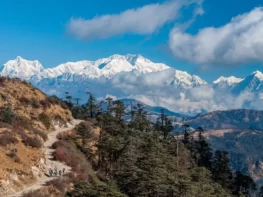
FAQs of Sandakphu Phalut Trek
How long is the trek from sandakphu to phalut.
The trek distance from Sandakphu to Phalut is approximately 21 kilometres. The trail offers stunning vistas and takes about 6 to 7 hours to cover, depending on one's pace.
Which is better Sandakphu or Phalut?
Both Sandakphu and Phalut offer unique experiences. Sandakphu provides iconic panoramic views, while Phalut showcases a wider landscape. Some trekkers prefer Sandakphu for its sunrise and sunset views, while others favor Phalut for its expansive vistas.
How difficult is the Sandakphu trek?
The Sandakphu trek is moderate in difficulty, suitable for both novice and experienced trekkers. It involves some steep ascents and descents, requiring moderate fitness levels and acclimatization to the altitude.
What is the altitude of the Sandakphu Phalut trek?
The trek reaches altitudes exceeding 11,000 feet (3,353 meters), offering panoramic views of prominent peaks like Mount Everest, Kanchenjunga, Lhotse, and Makalu.
What does the Sandakphu Phalut trek package include?
Trek packages typically cover accommodations, guide services, permits, meals, and sometimes transportation to and from the trek starting point.
What accommodations are available along the trek route?
Accommodations include cozy lodges, guesthouses, and camping options. These facilities offer trekkers a comfortable stay amidst the Himalayan landscape.
When is the best time to do the Sandakphu Phalut Trek?
The ideal times for the trek are generally from March to May (spring) and October to December (autumn). These periods offer favorable weather conditions and clearer views.
How do I acquire permits for the trek?
Permits are essential and can be obtained through the local authorities or through designated agencies. They regulate entry into protected areas and ensure compliance with conservation efforts.
What gear should I carry for the Sandakphu Phalut Trek?
Essential trekking gear includes sturdy boots, warm clothing, sleeping bags, trekking poles, first aid kits, and other necessary items suited for the terrain and altitude.
How to do Sandakphu Phalut Trek?
To undertake the Sandakphu Phalut Trek, begin by planning your itinerary with India Treks, securing necessary permits and accommodations. Pack suitable trekking gear and engage experienced guides provided by India Treks for safety and insights. Start the trek from Manebhanjan, gradually ascending through captivating landscapes, covering approximately 32 kilometers over several days while acclimatizing and enjoying the breathtaking Himalayan views. Experience this unforgettable journey with India Treks!
Other Treks Like Sandakphu Phalut
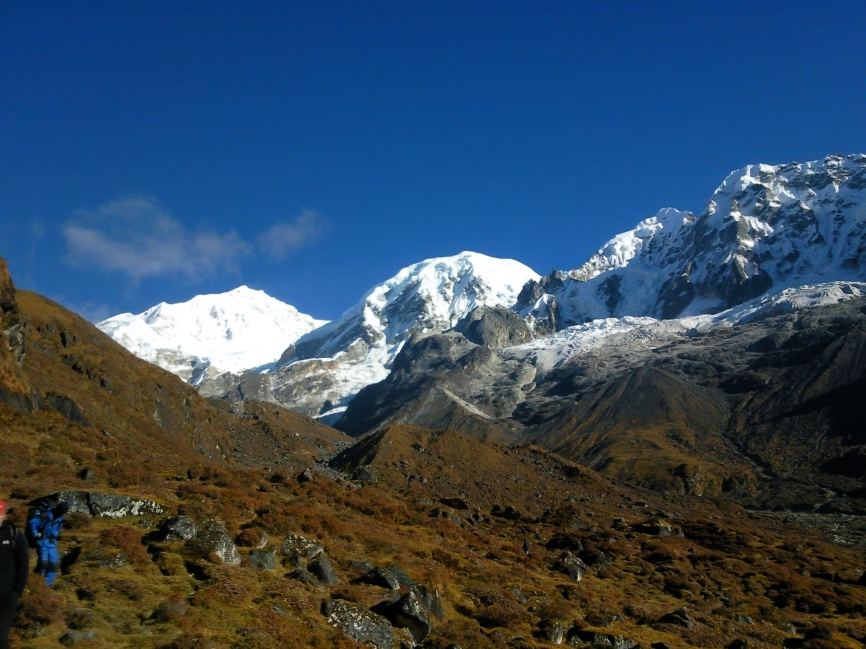
Dzongri La Trek
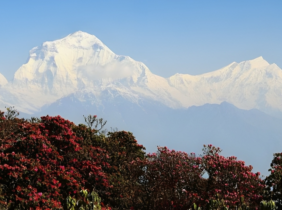
Rhododendro trek
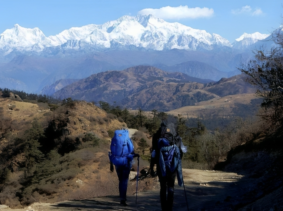
Singalila trek
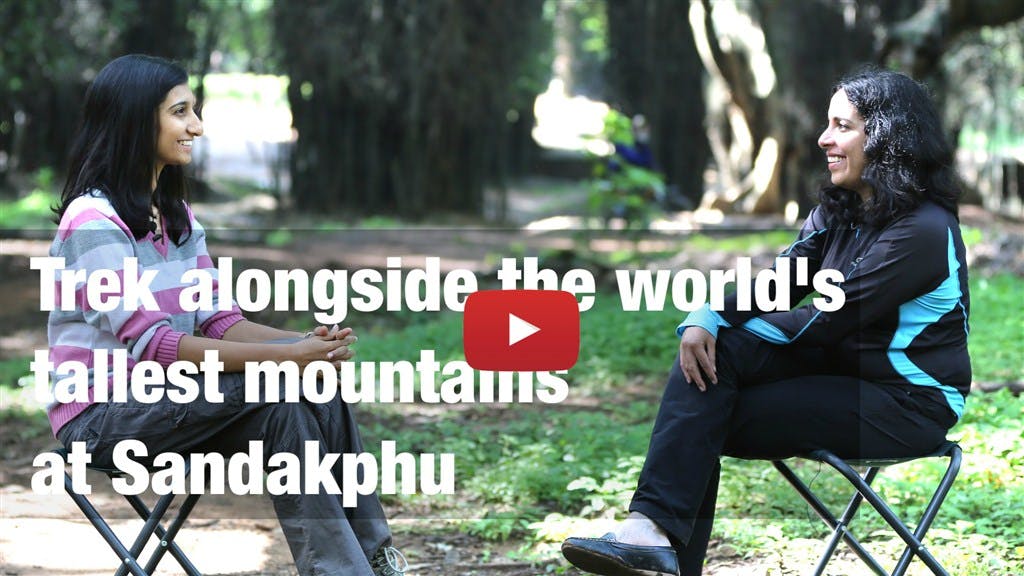
The Sandakphu trek, where you trek with four of the tallest mountains ...
Share this story
The Sandakphu trek, where you trek with four of the tallest mountains in the world!
Category Guides To Choose Treks (
By Swathi Chatrapathy
The Sandakphu trek, being the highest trek in West Bengal offers grand views of the world’s tallest peaks. In the following video, Sandhya talks about her Sandakphu experience just after returning from the trek. She talks about the feeling of walking in and out of Nepal, the grand views of the Sleeping Buddha from Sandakphu and Phalut especially during dusk and dawn, and also a particular highlight that most trekkers tend to miss out on.
Best time to do the Sandakphu trek
Sandakphu is best done in autumn, when the sky is clear and the views are unblemished. But it is also one of the rare treks in India that are accessible throughout the year – including peak winter months of January and February.
Difficulty level
We rate Sandakphu as a trek of Moderate difficulty. While the terrain isn’t very rough, it is the long distances that tire you out. There are two days on the trek when you cover 14 km and 17 km. The trails are not steep and are mostly undulating. But you require a good fitness level to trek comfortably.
Take a look at the dates of the Sandakphu trek here .
Map of the trail
Here is a detailed map of the Sandakphu trail. Notice how it runs along the border of India and Nepal.
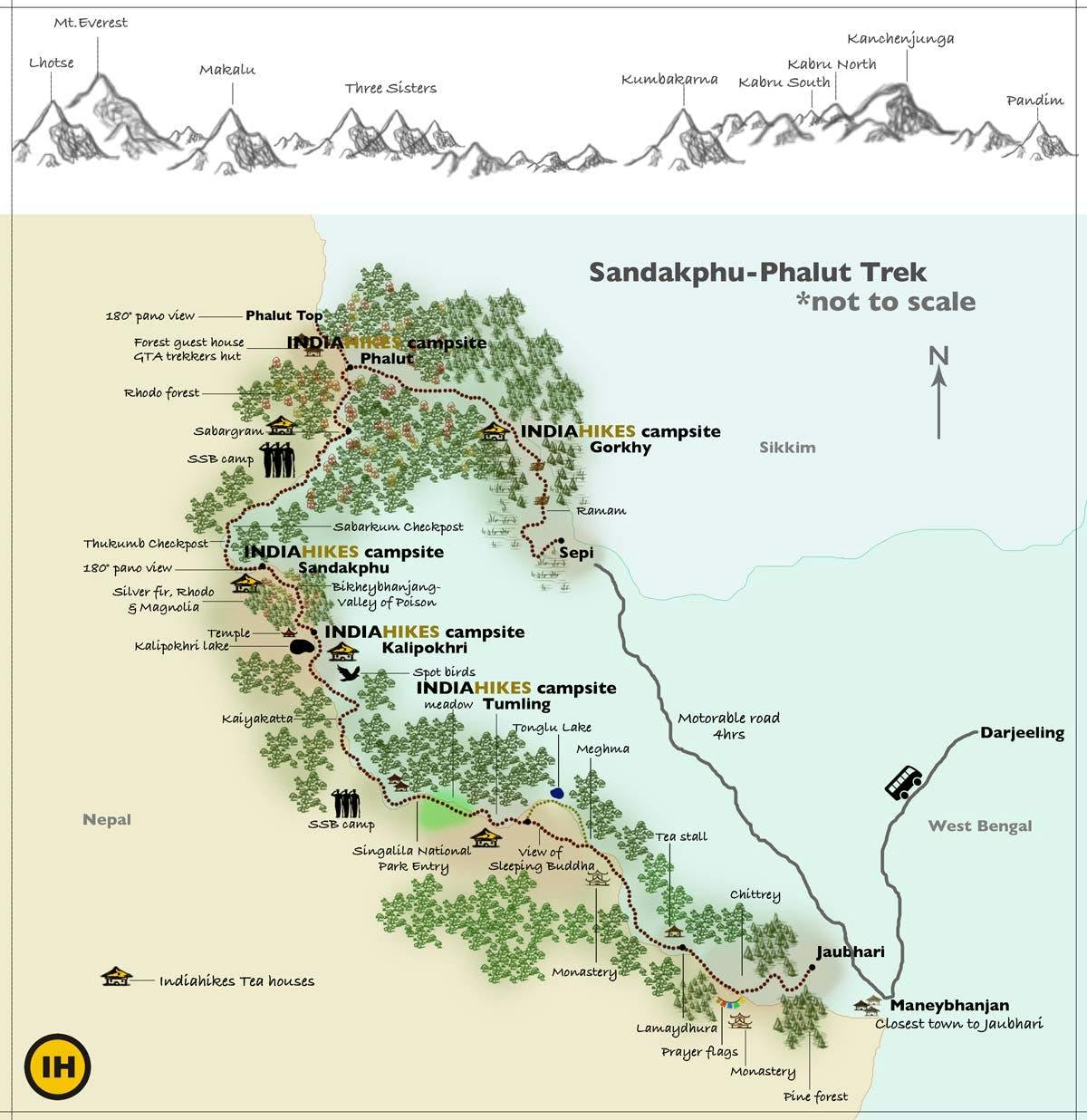
If you have any personal highlights from the Sandakphu trek, let us know in the comments below. It would be nice to share it with the Indian trekking community.

Swathi Chatrapathy
Chief Editor
About the author
Swathi Chatrapathy heads the digital content team at Indiahikes. She is also the face behind India's popular trekking video channel, Trek With Swathi. Unknown to many, Swathi also writes a weekly column at Indiahikes which has more than 100,000 followers. A TEDx speaker and a frequent guest at other events, Swathi is a much sought after resource for her expertise in digital content. Before joining Indiahikes, Swathi worked as a reporter and sub-editor at a daily newspaper. She holds a Masters's in Digital Journalism and continues to contribute to publications. Trekking, to her, is a sport that liberates the mind more than anything else. Through trekking, Swathi hopes to bring about a profound impact on a person's mind, body and spirit.
Upcoming Treks
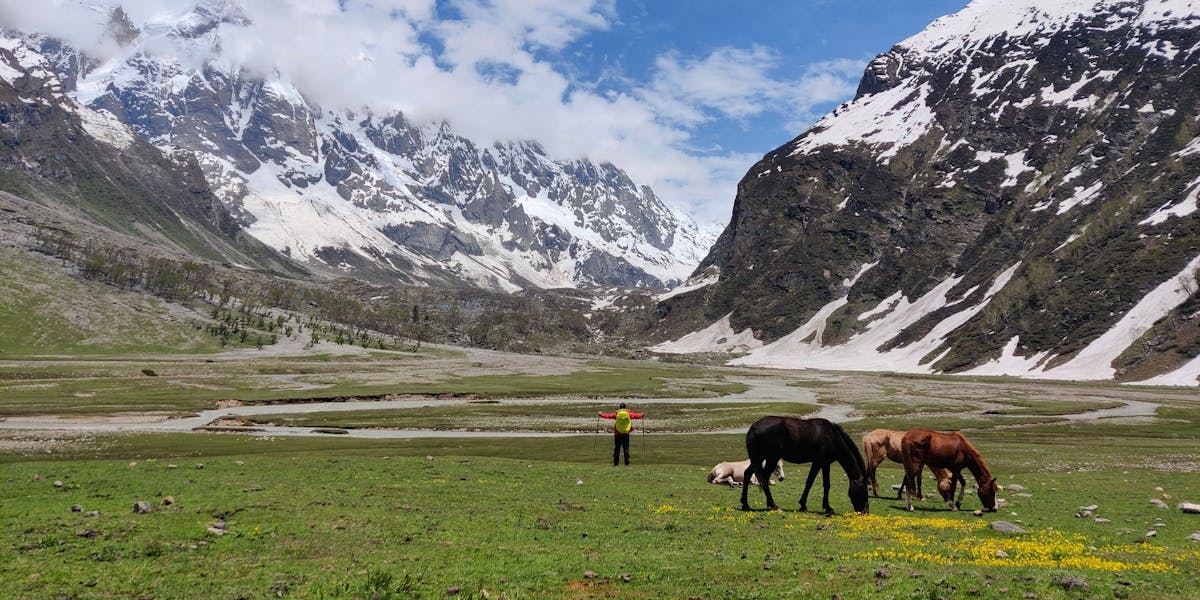
Brammah Valley Trek
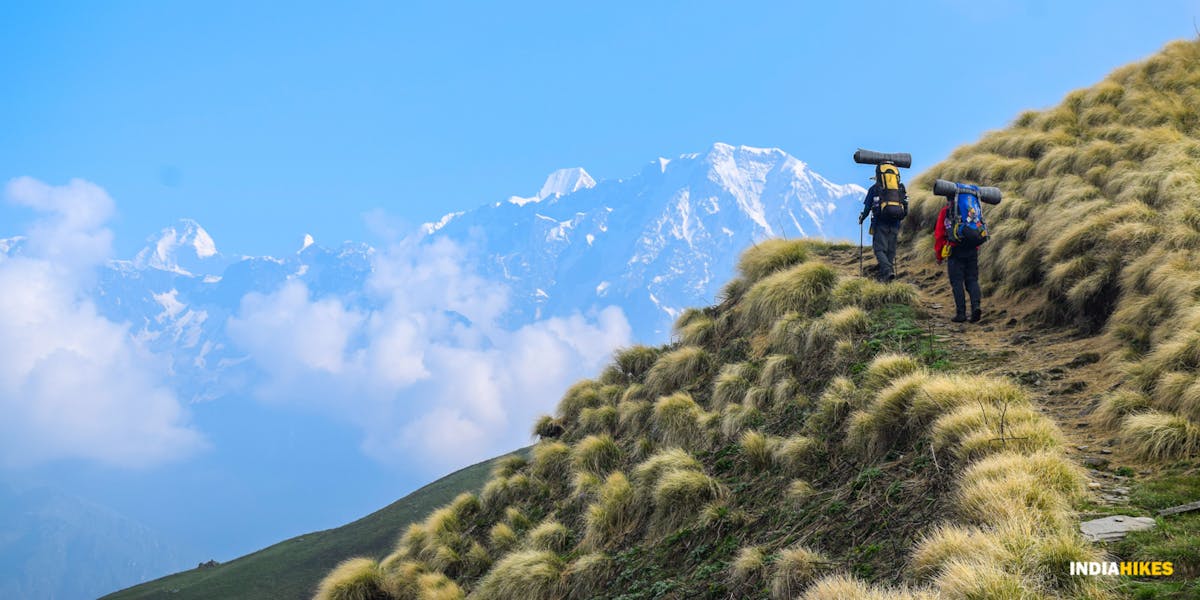
Ranthan Top Trek
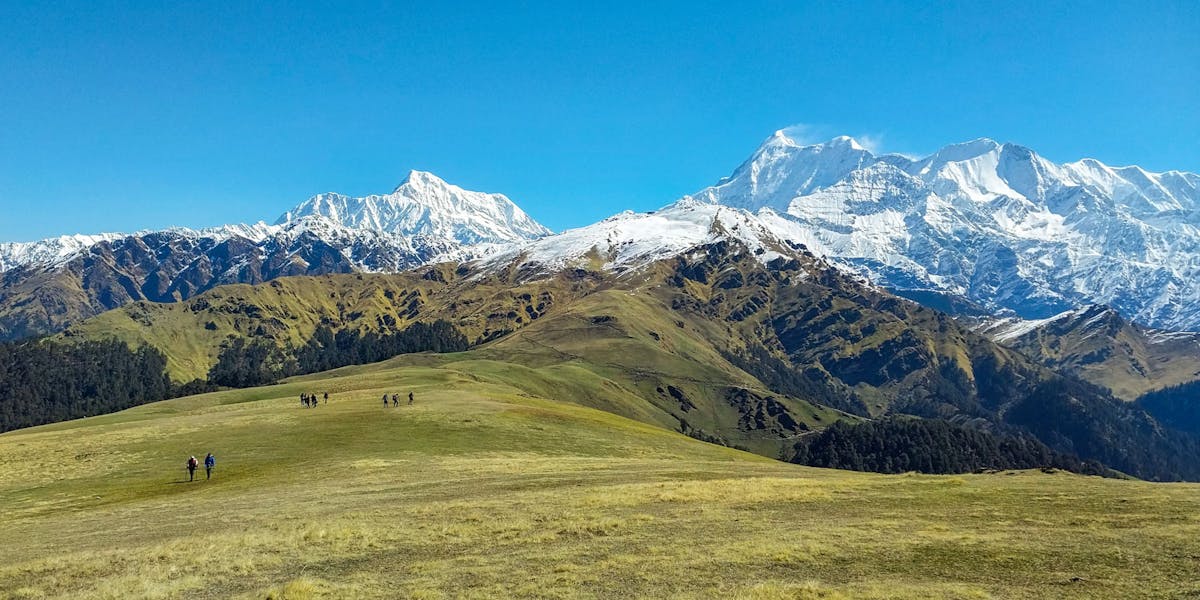
Ali Bedni Bugyal Trek

Phulara Ridge Trek
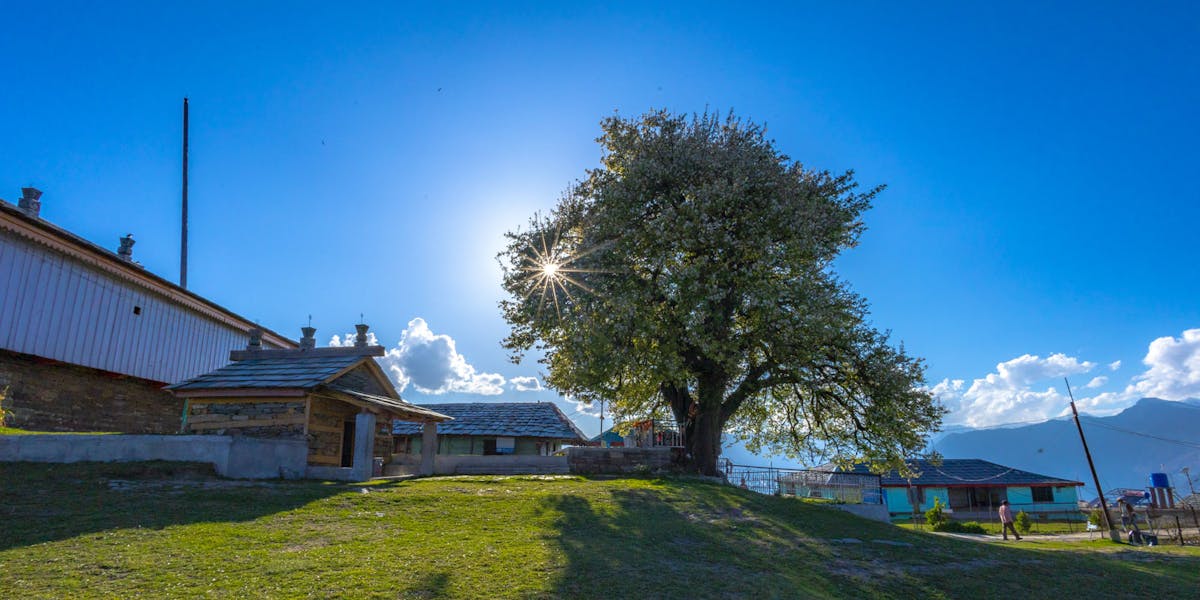
Bijli Mahadev Trek
Sign up for our much loved Weekly Mailer
We have terrific trekking tips, trek updates and trek talks to look forward to
Treks by Categories
Treks by season, treks by month, treks by duration, treks by difficulty.
- Easy - Moderate
- Moderate - Difficult
Treks by Region
- Uttarakhand
- Himachal Pradesh
- Lahaul and Spiti
- Jammu & Kashmir
- West Bengal
- Chhattisgarh
Treks by Experience
- Family Treks
- Stargazing Treks
- Senior Treks
- Adventure Therapy
- Summer Camps
- Youth Camps
- Cancellation policy
- Work with us
- Our sustainability practices
- Privacy Policy
- Terms & Conditions
080 468 01269 Mon to Sat - 9.30 AM to 7.30 PM Sun - 9.30 AM to 6.30 PM
Bengaluru Office
139, Defence Colony Road, Defence Layout, Sahakar Nagar, Bengaluru, Karnataka 560092
Dehradun Office
No.85/10, Neshvilla Road, Dehradun - 248001
© 2024 Indiahikes Private Limited
All images are copyrighted by their respective authors.
Nature Sports
Individual sports, racket sports, target sports, mountain sports, team sports, roller sports, water sports, start a sport, return to sport, injury recovery, lose weight, improve performance, sport and recreation, sustainable practice, sport and constraints, safety and security, discovery a new sport, sport for mental health, short on time, infographics.

- ONLINE EVENTS
- play.decathlon.in
- SHOP ONLINE
- decathlon.in
….. come to those who subscribe. Once a month, we’ll send you a curated list of stories, tips, nutrition, and more.

Add Your Voice To Ours:

Something very cool comes your way
All you need advice and stories for your sport, delivered straight to your inbox (every month).Nothing more.Nothing less.
P.S: You will enjoy this.

Sandakphu Trek 2023- Complete Trekking Guide
Embark on an awe-inspiring journey with the Sandakphu Trek, a Himalayan adventure to the highest peak in West Bengal. Witness the grandeur of four of the world's highest peaks.

About Sandakphu Trek
The Sandakphu Trek is a captivating tour across the breathtaking Eastern Himalayan vistas. The majestic Kanchenjunga, Everest, Lhotse, and Makalu are just a few of the highest peaks that can be seen from there, along with other breathtaking panoramas that are well known.
The trip begins in West Bengal, India's lovely village of Manebhanjan, and leads you through various landscapes, from dense rhododendron woods to alpine meadows covered with vibrant blossoms. The walk meanders past charming communities, each presenting a distinct cultural experience. You'll come across welcoming locals and their way of life along the road.
Mount Everest, Kanchenjunga, Lhotse, and Makalu are among the four of the world's five highest peaks that can be seen from this location in stunning panoramas. The walk typically lasts 5 to 6 days and travels through various environments, including thick woods, quaint villages, and high-altitude meadows. It's a fantastic journey for novice and seasoned hikers seeking breathtaking Himalayan scenery.
Sandakphu Trek Facts
The Sandakphu trek is not ordinary; it is full of scenic beauty, monumental landscapes and green nature. Sandakphu trek is one of a kind; if you are still not convinced, here's a list of fun facts that will surely change your mind:
- The hiking route travels through both India and Nepal, giving you the chance to see two nations and cultures in one trip.
- A large amount of height is gained during the walk as you go from a starting point of about 1,500 metres (4,920 feet) to Sandakphu at 3,636 metres (11,929 feet) and Phalut at 3,600 metres (11,811 feet).
- The weather can vary quickly, from sunny days to sudden cloud cover and mist. This variety heightens the trek's appeal and sense of adventure.
- The walk includes both ascents and descents and offers a variety of rewards and difficulties while exploring various terrains.
- The Sandakphu Trek is regarded as a moderately difficult trek, appropriate for novices with average fitness levels.
- Four of the five highest peaks in the world—Everest, Kanchenjunga, Lhotse, and Makalu—can be seen in unmatched detail from Sandakphu. A unique vantage point presents these magnificent peaks in a panoramic view.
- The Kanchenjunga range has the "Sleeping Buddha" moniker because it resembles a reclining Buddha from Sandakphu. It is a breathtaking natural phenomenon that attracts both hikers and photographers.
- Trekkers can travel through two nations in one trip thanks to the hiking route's proximity to the Nepal-India border. The trail traverses both countries, presenting a variety of scenery and cultures.
Sandakphu Trek Route
The Sandakphu Trek in India's Darjeeling district travels a beautiful path through the Singalila National Park. An overview of the average trekking route is shown below:

- Manebhanjan: It is the starting point. Manebhanjan, a small village situated at an elevation of roughly 2,100 metres (6,890 feet), is where the walk often starts. It acts as Singalila National Park's entry point.
- Tonglu : You travel to Tonglu (or Tumling), located at an elevation of roughly 3,050 metres (10,006 feet), on the first day of the walk. While travelling through woodlands, you might catch vistas of the magnificent Himalayan range.
- Kalipokhri: You must hike from Tonglu to Kalipokhri, about 3,140 metres (10,302 ft). The trail provides sweeping views of the surrounding mountains as it travels through rhododendron forests.
- Sandakphu: The next stop is Sandakphu, which is the trek's highest point at roughly 3,636 metres (11,929 ft). You can see the "Sleeping Buddha" formation and the breathtaking views of the four tallest peaks from here.
- Phalut: The trail continues to Phalut, located at an elevation of roughly 3,600 metres (11,811 feet), following Sandakphu. Large, broad fields and breathtaking scenery are hallmarks of the journey to Phalut.
- Gorkhey: From Phalut, you go down to this charming settlement, located at a height of about 2,000 metres (6,562 feet). The trail offers a variation in landscape by traversing woodlands and crossing rivers.
- Rammam: Rammam, at an elevation of roughly 2,560 metres (8,399 feet), is reached by continuing on the trail. The hike provides tranquil valley vistas.
- Rimbik: The last part of the trek takes you to Rimbik, a village at an altitude of approximately 2,286 metres (7,500 feet). Sandakphu Trek ends here.
Sandakphu trek is one of the most complex and challenging trek routes in the Himalayas due to its challenging climbs, moderate descents, and diverse terrain. Before starting your trek, it is recommended to check the latest weather conditions and route availability from local authorities or hiking organisations, as these are subject to change.
Brief Itinerary of the Trek
The Sandakphu trek should ideally be 6 to 6 days long; here is a brief itinerary that may provide better insight for planning your tour.
Day 1: Manebhanjan to Tumling
Start your trek from Manebhanjan, the gateway to Sandakphu.
Trek to Tumling, a charming village with panoramic views.
Distance: Around 11 km, Time: 6-7 hours.
Day 2: Tumling to Kalipokhri
Trek through lush forests and picturesque landscapes.
Reach Kalapokhri, known for its sacred dark lake.
Distance: Around 12 km, Time: 6-7 hours.
Day 3: Kalapokhri to Sandakphu
Continue the trek with stunning views of the Himalayas.
Reach Sandakphu, the highest point of the trek, offering spectacular vistas.
Distance: Around 6 km, Time: 3-4 hours.
Day 4: Sandakphu to Phalut
Start early to catch the sunrise from Sandakphu.
Trek to Phalut, the second highest trek point, has panoramic views.
Distance: Around 21 km, Time: 8-10 hours.
Day 5: Phalut to Rammam
Descend through beautiful landscapes and forests.
Reach Rammam, a serene and peaceful village.
Distance: Around 14 km, Time: 6-7 hours.
Day 6: Rammam to Rimbik
Trek through picturesque villages and terraced fields.
Reach Rimbik, the endpoint of the trek.
This itinerary is an outline of what your trek should look like. However, you can make changes and modifications at your convenience and situation.
Best Time to Visit Sandakphu
The best time to visit Sandakphu is spring (from March to May) and fall (from September to November). Spring and autumn are the best seasons for visiting Sandakphu, as they provide the best weather conditions, clear skies, and spectacular views of the Himalayas. Here is a summary of what to expect in each season:
Spring is the most popular time for trekking in the Himalayas due to the vibrant blooms of rhododendrons in the forests. The daytime temperatures are comfortable, and the nights are cool, making it a great time to wear warm clothing. The sky is usually straightforward, giving you a panoramic view of the mountains and the changing foliage.
September to November is considered the best time for trekking due to clear skies and good visibility. The weather is generally mild, with pleasant daytime and cooler nights, making it an excellent time to hike without extreme temperatures. The scenery is rich in colour, with the mountains in the background.
Both of these seasons provide unique trekking experiences and stunning views, which is why they are the time of year most trekkers prefer. However, it is essential to note that these months are also viral. If you want a quieter trek, consider visiting during a slightly off-peak season. Early spring or late autumn are good times to visit.
It is essential to plan your trip carefully, check the weather forecasts, and make all necessary arrangements with your local guide or trek organiser for a safe and pleasant trek.
Places to Visit in Sandakphu Trek
Sandakphu trek consists of visiting several stunning places and landmarks. All these places are either on the trailhead or near Sandakphu. Here's a list of places to stay on your trek to Sandakphu.
- Darjeeling: A famous hill station known for its tea plantations, panoramic views of the Himalayas, and the Darjeeling Himalayan Railway, a UNESCO World Heritage Site.
- Manebhanjan: The starting point of the Sandakphu trek. Before your tour, you can explore this small town and its local markets.
- Tumling: A picturesque village along the trek route, offering stunning sunrise views of the Kanchenjunga and other peaks.
- Bikeybhanjan : This is the last point, after which you reach the beautiful town of Sandakphu. It is surrounded by diverse flora and high peaks that motivate you to reach your final milestone.
- Kalapokhri: This village is known for its dark-coloured lake, considered sacred. It's an exciting spot to visit during the trek.
- Meghma: Another charming village on the trek route, providing a serene environment and lovely views.
- Phalut: The second highest point of the trek after Sandakphu, offering panoramic views of four of the five highest peaks in the world.
- Rimbik: The endpoint of the Sandakphu trek, from where you can either trek back or arrange transportation to other destinations.
- Kurseong: Another lovely hill station near Darjeeling, known for its tea gardens and pleasant climate.
- Singalila National Park: You'll pass through parts of this park during the trek, home to various flora and fauna, including the elusive red panda.
- Chitrey Monastery: Located near Manebhanjan, this monastery offers a peaceful atmosphere and beautiful views.
- Lepchajagat: A small village known for its eco-friendly homestays and stunning views of the Kanchenjunga range.
- Batasia Loop: If you're visiting Darjeeling, this famous railway loop offers a 360-degree panoramic view of the town and the mountains.
You can visit a wide variety of locations both before and after the Sandakphu trip; here are just a few. Every place has its unique charm, sightseeing opportunities, and relaxation opportunities. Always remember to build your travel plans on the amount of free time you have and your interests.
What To Pack For Sandakphu Trek?
The Sandakphu trek is a moderate trek that is suitable for beginners. Most of the trail is flat and follows motorised roads. However, there are some steep inclines along the path that run through the national park that will test your stamina. The trek usually lasts for 5-6 days in a range of changing temperatures. Therefore, having the right gear for a comfortable walk is essential. Here's a list of items you should carry for a smooth trek:
- Clothing:
You can carry several layers of clothing, some of which are Thermal tops and bottoms that are moisture-wicking to keep you warm. Fleece jacket or sweater for extra warmth. Windproof and waterproof jacket for protection from rain and cold winds. Trekking Pants that are quick-drying and comfortable to walk in. Lastly, underwear and socks for warmth and protection from blisters.
Trekking boots are sturdy, comfortable, waterproof boots with good ankle support—a pair of comfortable camp shoes or sandals for resting at camp.
A durable and comfortable backpack with a rain cover to carry your belongings.
- First Aid Kit:
Adhesive bandages, antiseptic cream, pain relievers, blister treatment, prescribed medications, and basic medical supplies.
- Food & Water:
High-energy snacks like trail mix, energy bars, and nuts. A refillable water bottle or hydration system to stay hydrated.
- Hat and Sunglasses:
Protecting your face from the extreme temperatures you might face on the trek is extremely necessary. Carrying a hat and sunglasses would be beneficial, along with some lip balm and sunscreen for preventive measures.
- Sleeping Gear:
A good quality sleeping bag rated for cold temperatures. A lightweight sleeping mat or inflatable pad for insulation from the ground.
- Headlamp/Flashlight:
A reliable headlamp or flashlight with extra batteries for navigating in low light conditions is essential to carry.
- Personal Items:
Identification, cash, personal toiletries, a small towel, and other essentials.
Frequently Asked Questions:
- How long is the Sandakphu Trek?
The Sandakphu trek is 11,930 feet, which is approximately 14 kilometres.
- Are there any medical facilities along the trek route?
Yes, there are several small medical clinics along the trek.
- How is the weather during different seasons on the trek?
The Sandakphu trip can be done in three different seasons, each with a different temperature. The ideal time to visit the trek would be from these two seasons, with temperatures ranging between 8 and 15°C from May to April and 5 to -8°C from October to December; the climate is thought to be pretty cool.
- What wildlife can I expect to encounter during the trek?
The Sandakphu Trek takes you through many ecosystems and allows you to see various species. Listed below are some of the animal species you could encounter while hiking:
- Himalayan Black Bear
- Barking Deer
- Himalayan Mongal
- Clouded Leopard
- Yellow-Throated Marten
These are just some of the unique species you will witness there; however, hidden in the trek is much more wildlife and nature to encounter.

For the Love of Sports
When you join our subscribe list, you get access to the best of sports inspiration, tips, stories and more to practice your sport. Just One Digest Per Month (Promise)
Related Posts

A comprehensive blog about Sahyadri Trekking mountains that includes trekking preparations, things to carry, and the top 10 destinations.

If you are also planning to embark on a trekking trip, here are the essential items that should be a part of your trekking bag.

Raghunathan Thilakar has been trekking from a young age. He’s now working as a Mountain Sports Omni Sport Leader in Decathlon Salt Lake. Come visit us to prepare for your next adventure.
- Online Events
- Shop Online
- Find a Store
- Expert Advice
- Ambassadors
Connect with us
Please subscribe here

Home » Shop » Sandakphu Phalut Trek
- Getting There
- Detailed Itinerary
- Cost Inclusions
- Cancellations
- 1 Week trek
- Darjeeling & Kalimpong Treks
- Himalayan Tea-House Treks
- Moderate Grade Treks in Himalayas
- Sikkim & Darjeeling
- Spring Treks
- Summer Treks
- Winter Treks
Sandakphu and Phalut Trek on Singalila Ridge:
The Sandakphu and Phalut trek, or the shorter Sandakphu trek , is a must to do trek for people looking to explore Darjeeling or Sikkim hills with breathtaking panoramas of Himalayan peaks. Our given itinerary follows the Singalila Ridge from South to North. For this reason, this trek is also called the “ Singalila Ridge Trek” .
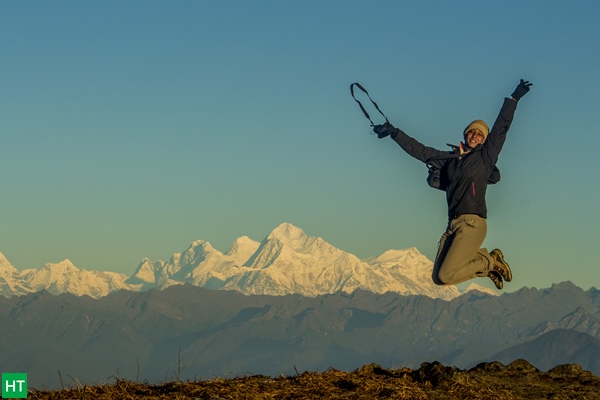
About our trail:
Our trail reaches its highest point, Sandakphu, at ~ 3636 m/11926 ft. This is the highest point in West Bengal, in the district of Darjeeling. Phalut is another tabletop on the same ridge that is further north of Sandakphu, almost at the same height of ~ 3620 m. Due to its northerly position, i.e., its proximity to the high mountains, Phalut offers somewhat closer mountain views of the Sikkim and Nepal Himalayas.
One of the finest ridge trek in the Himalayas – Mesmerising sunrise and sunset views
As already said, the trail follows the famous Singalila Ridge, a prominent spur that runs southward from the Kanchenjunga massif. This ridge is the border between India and Nepal in the Eastern Himalayas. The east side of the ridge is India, and Nepal is on the west side. Although not as interior as some of the Sikkim treks that we arrange, this trail is still among one of the most scenically rewarding in the Indian Himalayas.
Below is a satellite map image showing an aerial view of the Singalila Ridge. You can easily see how open the vista is when you are walking along the ridge.
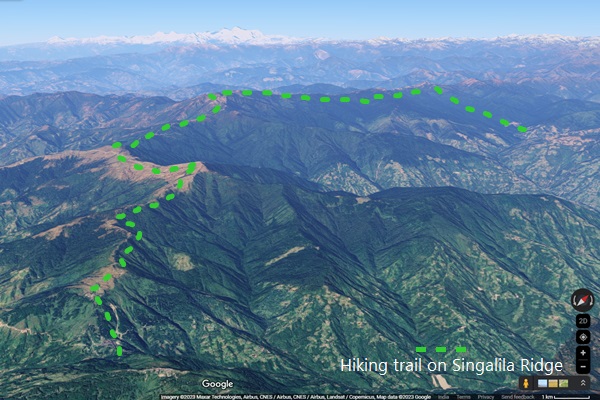
You will get spectacular panoramic views of Nepal Himalayas including Kanchendzongha range, Makalu, Everest, Lhotse, Janu, Chamlang, Baruntse and a host of Sikkim peaks all seen in one stretch. You may absorb the serene “Sleeping Buddha” formation from multiple vantage points following our trail.
Trekking inside the Singalila National Park – the forests of Eastern Himalayas:
The Singalila National park area has rare species like Red Panda and is a birder’s paradise. Flowering of Rhododendrons and Magnolia turn the forest with red, pink and white shades during spring and foliage hue during autumn-fall.
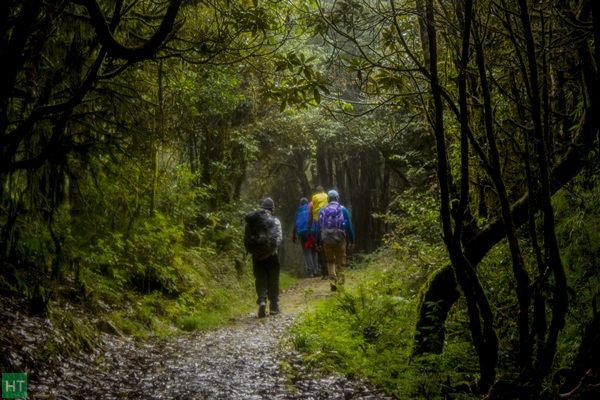
Tea House trek, villages and local culture:
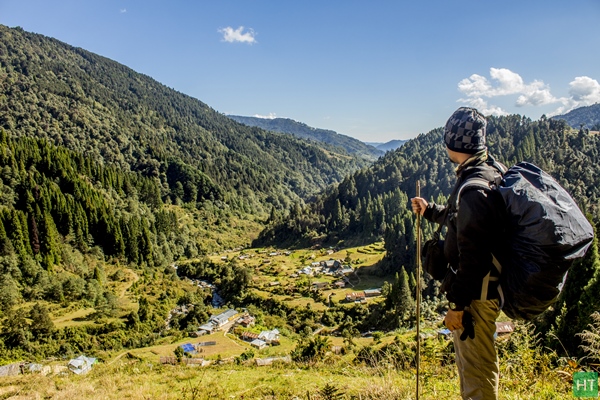
Suggested Sandakphu & Phalut trek Itinerary 2023:
Our route follows the Singalila Ridge, which is the border of India and Nepal. Due to stay restrictions, non-Indians, i.e., foreigners, can’t stay in Nepal homestays or tea houses anymore like the Indians do. So the Indians and foreigners will have different itineraries.
Day 1: Drive from NJP railway station or Bagdogra airport to Chitrey (~ 2200 m, 7200 ft) – 90 Km – 4 to 5 hours. Shared homestay accommodation. Foreigners can’t stay here, but 3 Km down at Maneybhanjung (~ 1980 m/6500 ft). Day 2: Trek to Tumling (~ 2900 m/9500 ft) – 9 Km via Meghma ;– 5 to 6 hours. (Foreigners need to stay inside West Bengal, India at Tonglu GTA Trekkers Hut , shared dormitories ~ 3050 m/10000 ft.) Day 3: Trek down to Gairibas (~ 2570 m/8430 ft) and up to Kalapokhri (~ 3100 m/10200 ft) – 12 Km – 6 to 7 hours. As there is no accommodation in this area inside India, foreigners need to trek directly to Sandakphu (6 Km further ahead) or else stay back at Gairibas GTA Trekkers Hut . Day 4: Trek to Sandakphu (~ 3636 m/11930 ft) – 6 Km – 3 to 4 hours. Stay in a lodge/hotel/trekkers hut, etc. (For foreigners accommodation is at Sandakphu GTA Trekkers Hut ) Day 5: Sandakphu to Phalut – 21 Km – 8 to 9 hours at a moderate pace. Accommodation at GTA Trekkers Hut (shared dormitories) for ALL. Day 6: Wake up early and hike (~ 15/20 mins) to Phalut Top for the sunrise views. – After breakfast, trek down to Gorkhey – 15 Km – 4 to 5 hours. Lodge or a homestay accommodation. Day 7: Trek to Srikhola bridge via Ramam – 12 Km – 5 hours; Drive to NJP or Bagdogra – 150 km – 6 hours or transfer to Darjeeling – 90 Km – 4 hours, etc.
Important notes regarding the itinerary:
Altitude and distance profile graph for sandakphu phalut trek:.
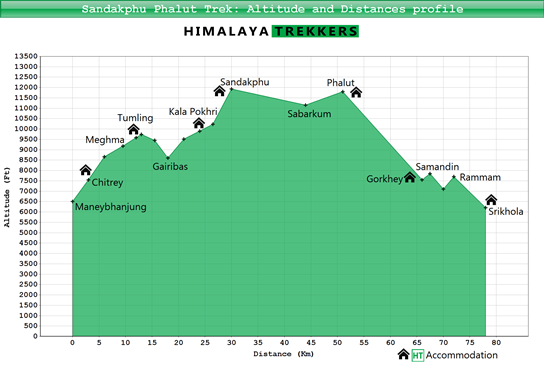
Infograhics on Singalila Ridge trek:
From the below image you will get a general idea about the Singalila Ridge trek in Darjeeling that includes different variants and possibilities. Note that foreigners/non Indians must stay within India.
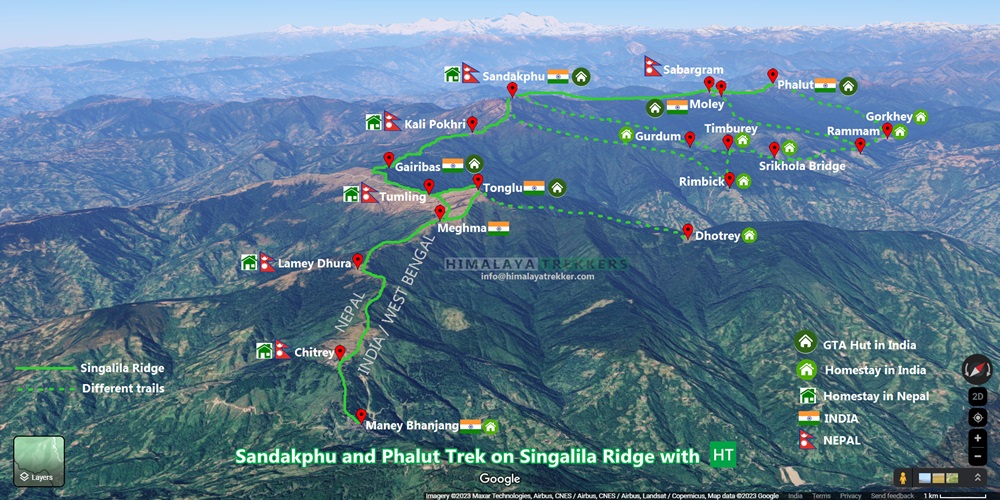
Foreigners, i.e., non-Indians, must walk and nightstay on the Indian side of Singalila Ridge:
This is a teahouse-style trek that follows the famous Singalila Ridge, forming the border between Darjeeling (West Bengal) in India and Nepal. As a matter of fact, you can get better facilities and services in terms of accommodation, food, comfort, etc. on the Nepal side (homestay, lodge, and hotel).
Whereas on the Indian side, the area falls inside Singalila National Park and is a restricted area. Only basic government-made trekker huts are there along the trek route for accommodation at night. You will have more options for homestays and lodges once you are outside the core area.
Starting in December 2021, Indian authorities are not allowing foreigners/non Indian passport holders to stay in Nepal while walking on the Singalila Ridge. So for foreign nationals, the accommodation options are GTA-operated government huts within Singalila National Park. This is enforced on the spot by the Indian paramilitary personnel stationed at various checkpoints along the trail on the India-Nepal border.
You can’t stay inside Nepal, even if you have a Nepal visa. This is due to the fact that there are no “ passport control ” offices between India and Nepal along the trail.
So it is mandatory for foreigners to stay inside India and make a night halt at the GTA/Govt. Trekkers Hut while trekking inside Singalila National Park.
On the other hand, for Indian citizens, we arrange stays in Nepal teahouses, wherever possible, and their itinerary will be different than that of foreigners.
What are the accommodations during Sandakphu Phalut trek:
This is a “Tea House” trek, i.e we don’t camp inside Singalila National Park but stay in Homestay/Lodge available on the trail. As you should expect on a mountain trail, these are basic accommodation run by the local Nepali/Tibetan families. Rooms are dormitory bed type with triple/quad sharing or more. Beds and blankets are neat and clean. Don’t expect an attached toilet or running hot water anywhere.
Do we camp and stay in a tent?
No we don’t. As a matter of fact, none is supposed to camp within the boundary of Singalila National park. This trail inside national park is designed for years to run a Tea House mode trek, same as its neighbouring Nepal treks. If you prefer a pristine full camping trek, we do have more legitimate options for you. These treks lie further north to Phalut on the Singalila ridge inside Sikkim and offer closer views of Sleeping Buddha and high mountains of Nepal and Sikkim. Our less crowded Phoktey Dara or Singalila Pass Phalut trek will surely entice you for great camping experiences.
Regarding GTA/Foreigners accommodation on
Phalut has only one accommodation option. The Trekkers Hut is operated by GTA (Gorkha Territorial Administration), an govt. administrative body in the Darjeeling Hills. This can’t be booked online neither you can check availability unless you drop in to their office, either at Gorkha Bhavan, Saltlake Kolkata (near City Centre, Salt Lake) or Darjeeling, Silver Fir building office. More over it has a maximum capacity of 20 beds, and they keep few on hold for guides/porters/staff accompanying trekkers. There is NO private accommodation/lodge at Phalut or vicinity. Due to heavy demand mostly this is full in the season.
Is this trek suitable for the beginners?
Also we have noticed that beginners/first time trekkers are often finding it pretty difficult to cover the 21 Km trail from Sandakphu to Phalut. So considering both we either keep you at Phalut Trekkers Hut or at Sabarkum/Molley, a place 14 Km from Sandakphu on the way to Phalut. This is decided case to case as per each individual group. However the itinerary remains same and you reach Gorkhey via Phalut in case the accommodation is at Sabarkum/Molley.
Alternate shorter and easy Tour – Sandakphu trek:
Though the trail ahead of Sandakphu is Easy considering the terrain, but adding Phalut involves total 6 days of trek covering around 80 Km. Often it can be strenuous if not prepared well. Also beginners as well as experienced trekkers can find it exhausting to reach Phalut, 21 Km from Sandakphu in a day.
However we have started arranging a smaller version of this trail omitting Phalut from the itinerary. This is the shortened version of Singalila ridge trek and called “ Sandakphu Trek ” . The wonderful walk along the ridge is ideal for the beginners/first timers, who want to explore Darjeeling/Sikkim Himalayas. This essentially retains almost all the flavour that the Sandakphu and Phalut produces, certainly the not scenic walk to Phalut! However this is not a showstopper considering the trail is same (initial 3 days of trek) till Sandakphu. Sleeping Buddha, Famous trio (Everest Lhotse, Makalu), and numerous Sikkim and Nepal high Himalayan ranges can be observed. The descent from Sandakphu to the beautiful village of Gurdum is similar in beauty that of Phalut to Gorkhey trail. Finally the Sandakphu trek also ends at Srikhola same as the longer duration Phalut trail. Advantage of Sandakphu trek is this trail requires 4 days of trekking and can be done year long apart from the monsoon (June to September). The walk is not strenuous like Phalut and covers around 40 Km in 4 days which is indeed an Easy grade trek and can be completed comfortably by anyone who has got basic physical fitness and will to walk.
We strongly advice to check our “Sandakphu Trek” itinerary, who want a shorter and easier version of this trail without losing much.
A note on the motor route from Maneybhanjung to Sandakphu and Phalut and its impact:
Access to sandakphu phalut trek base (chitrey or maney bhanjung):.
We may arrange a pickup by a private vehicle from NJP railway station/Bagdogra airport/Siliguri city to our usual trek basecamp, Chitrey, if you require so. Similarly, we can arrange a drop from the trek’s end point Srikhola, to NJP/Siliguri.
You pay directly to the driver, sharing equally with your other team members; this is NOT included in the listed TREK FEE. The cost is as per the following by a Tata Sumo type of car:
NJP/Bagdogra/Siliguri to Chitrey: ₹ 4500 (plus ₹ 500 forest toll) NJP/Bagdogra/Siliguri to Maneybhanjung: ₹ 4000 Darjeeling to Maneybhajung: ₹ 2000 Srikhola to NJP/Bagdogra/Siliguri: ₹ 7000 Srikhola to Darjeeling: ₹ 4500

Duration: 6 days of trek; NJP/Bagdogra to NJP return in 7 days.
Prerequisite: Prior Himalayan trekking experience is highly advised. There are long and strenuous days in the trek.
Grade: Moderate
Physicality: 6/10
Trail Length: 75 Km
Highest Point: Sandakphu ~ 3636 m/11930 ft; Phalut ~ 3600m/11810ft
Seasons: March to May (Spring-Summer) and October to February (Autumn-Winter)
Further Option: From Phalut continue along Singalila ridge in West Sikkim and descent to Barshey or Uttarey.
Access: Trek starting point is Chitrey (or Maneybhanjung for foreigners) and end point is at Srikhola.
Rail station: New Jalpaiguri (STN Code: NJP)
Airport: Bagdogra (Code: IXB)
Upcoming scheduled dates for Sandakphu Phalut trek:
- You can check the scheduled Fixed Departure dates in the calendar available inside Booking Form or inside REGISTER NOW form. Tour starting Dates are highlighted as per our itinerary (Day 1 of 7 days itinerary) .
- At present BOOK NOW functionality is disabled . You can get all the information in your email by submitting the REGISTER NOW form.
- If you are a group of people and available dates are not matching then you may select Custom date mode (by clicking the Select your custom date) and fill in the displayed form.
- You can also check all the available dates at a glance in our TREK CALENDAR .
- Trekkers need to reach NJP on Day 1 morning or the previous night. Return to NJP on Day 8 afternoon or early evening. Arrange your tickets for inward journey and return accordingly.
How to reach Chitrey (The trek base):
Nearest Rail station: New Jailpaiguri (Station Code: NJP)
Nearest Airport: Bagdogra (Airport Code: IXB)
We will arrange a pickup from NJP/Bagdogra/Siliguri to Chitrey and drop from Srikhola to NJP/Bagdogra. This will be shared by the team members on actual basis and paid directly to the driver. Typically a Tata Sumo/Mahindra Maxx charges Rs 3500 for a drop to Chitrey and Rs 5000 from Srikhola to NJP/Bagdogra. One such car can accommodate 6 to 8 people. This is NOT included in the TREK FEE and to be payable directly to the driver/owner.
If you wish to reach our Trek Base Chitrey on your own by public transportation:
Reaching Chitrey without a reserved vehicle will require some local road knowledge and changing of vehicles. Return from Srikhola is much easier as there are direct shared service to Siliguri and Darjeeling.
- From NJP railway station take a shared jeep for Darjeeling and get down at Ghoom railway station. You can get one such shared jeep from Tenzing Norgay Bus terminus/Junction area in Siliguri also. From Ghoom take one shared service for Sukhiapokhri which is 12 Km. Change from here to Maneybhanjang, 7 Km away. Our trek base Chitrey is 3 Km up on the Sandakphu road. You are supposed to reach our Homestay at Chitrey on your own. You may get one vehicle to hire from Maneybhanjang to Chitrey (for Rs 400/500) but that depends on time and on driver’s will.
- From NJP/Bagdogra reach Darjeeling Mor (crossing/chowk in Siliguri on the way to Darjeeling) on Hill Cart Road. From here you get shared services for Sukhiapokhri. From Sukhia you can reach Chitrey as mentioned earlier. Be sure that you have enough time as you may have to wait long for your turn. Sometime you may get a direct Maneybhanjung service (essentially the cars returning to Srikhola) in around noon/early afternoon.
- While returning things are much easier. There are morning shared services from Srikhola to Siliguri and Darjeeling. For Srikhola there are two vehicles early in the morning at 5:30 am to SIliguri. It takes 6/7 hours to reach Darjeeling Mor in Siliguri (Rs 400 per seat). From here take an auto rickshaw to NJP/Bagdogra.
- From Srikhola you get shared services for Darjeeling city. Early morning vehicles start between 6 and 7 am. Then you get jeeps between 10 and 11 am. It takes around 4 hours to Darjeeling (Rs 200 per seat).
How to reach NJP:
For the treks in Sikkim and Darjeeling , one has to reach the city of Siliguri (considered the corridor to the North-East) in West Bengal.
The nearest Railway Station is New Jalpaiguri (NJP), 5 Km from Siliguri and the airport Bagdogra is 10 Km.
You can fly or by train reach Siliguri from Kolkata ( good for the trekkers coming from South/central or Western India) or Delhi as per your convenience from any part within India.
Direct flights are available from New Delhi and Kolkata. All the flights to Bagdogra reaches late in the morning or early afternoon. It becomes difficult to reach the trek base like Yuksom/Hilley/Uttarey on the same day unless a car is booked (takes around 8 hours to reach). One can stay the night in Siliguri and start the travel to the trek base next morning. It is better to reach Siliguri by flight/train to Kolkata and then take an overnight train to NJP unless you are coming from northern India.
From Kolkata to Siliguri:
1) by train:.
There are several overnight trains running between Kolkata (Howrah or Sealdah) to NJP. Day trains are also available.
From airport (Dumdum, CCU) , Sealdah railway station is 15 Km and may take 1 to 2 hours depending upon the time you travel. Howrah is 17 Km and may take up to 2 hours during the heavy traffic in the rush hours. Howrah and Sealdah are only 5 Km apart, though it may take an hour to travel. Pre Paid taxi booths are available.
DARJEELING MAIL – Train No. – 12343 (Good option to reach NJP in the morning. Starts around 10 pm in the night and reaches NJP 8 am in the morning.) PADATIK EXPRESS – Train No. – 12377 (Good option to reach NJP in the morning. Starts around 11 pm in the night and reaches NJP 9 am in the morning.) KANCHANKANYA EXPRESS – Train No. – 13149 (Starts at 8:30 pm in the evening and reaches NJP 7:30 am in the morning) SHATABDI EXPRESS – Train No. – 12041 (Day train, starts 2:15 pm in the afternoon and reaches NP at 10:20 pm in the night. There are hotels/lodges outside the railway station at a walking distance of 5 minutes. Otherwise book an auto rickshaw/taxi to Siliguri, which takes around 15 minutes. There are several hotels around Siliguri Junction/Tenzing Norgay Bus Terminus/S.N.T (Sikkim Nationalised Transport stand).
There are other trains also of which some run daily and some on particular days of week.
Avoid booking wait listed (WL) tickets in AC classes (1A/2A/3A) or Chair Car (CC). Book Sleeper class (SL)/Second Sitting class (2S) tickets which have normally more seats/berths and hence much better chance to get confirmed.
2) By flight:
From Kolkata(CCU) take a flight to Bagdogra (IXB). From airport book a taxi to reach Siliguri which is 10 Km away.
From Delhi to Siliguri:
1) by train:.
Following trains are good to reach NJP and run daily.
DIBRUGARH RAJDHANI – Train No. 12424 (arrives NJP late in the morning @ 10:45 am) NORTH EAST EXP – Train No. 12506 (arrives NJP @ 8:20 am in the morning) BRAHMAPUTRA MAIL – Train No. 12424 (arrives NJP at 5 am in the morning. But this train runs late frequently.
Always avoid booking wait listed (WL) tickets in AC classes (1A/2A/3A) or Chair Car (CC). Book Sleeper class (SL)/Second Sitting class (2S) tickets which have normally more seats/berth and hence much better chance to get confirmed.
From Delhi (DEL) take a flight to Bagdogra (IXB). From airport book a taxi to reach Siliguri which is 10 Km away.
For night stay in NJP/SIliguri:
Trekkers reaching on the previous day before the journey to the actual trek base need to stay the night in Siliguri/NJP. There are several options in Siliguri for spending a night while staying in Standard or Budget accommodation. It is better to reach to the centre of SIliguri called Siliguri Junction (adjacent to Tenzing Norgay Bus Terminus and Sikkim nationalised Transport/S.N.T stand). It takes 30 minutes from Bagdogra or 15 minutes from NJP. There are hotels 5 minutes walking from NJP also.
Return from NJP/Bagdogra:
Normally you reach NJP/Bagdogra from any trek base by 5/6 pm in the evening. You can take any train after 7 pm to Kolkata safely, which reach early in the morning. Accordingly arrange your homeward journey from Kolkata onward.
Drive from NJP/Bagdogra to Chitrey: 90 Km - 4/5 hours
Trek to tumling – 9 km – 6 hours, trek to kalapokhri: 12 km - 6/7 hours, kalapokhri to sandakphu trek – 6 km – 3/4 hours, trek to phalut - 21 km - 8/10 hours, sunrise at phalut top -1 hour - trek to gorkhey - 15 km - 5 hours, trek to srikhola - 12 km - 5 hours - trek ends; - drive to njp/bagdogra/siliguri -150 km - 6/7 hours or drive to darjeeling town - 90 km - 4 hours.
P.S.: Distances and altitudes are approximate and may not be exact.
TREK FEE: ₹ 14,950 (Chitrey to Srikhola) + 5% GST without any transportation
The above TREK FEE is per person for a group of at least 8 trekkers . We don’t run a fixed-departure group tour for this variant. For group tours check our Sandakphu trek (without Phalut).
Customised/Private Sandakphu & Phalut Trek Cost Structure: The following TREK FEE is without any transportation cost to reach the trek basecamp and return. An additional 5% GST is applicable.
Inclusions:
6 nights of accommodation from Chitrey (Day 1) to Gorkhey (Day 6) in a private tourist lodge or GTA Huts on a sharing basis. These lodges are simple and basic in nature, with clean beds and linens. Rooms are dormitory-type, with triple, quad, or more sharing.
Note : For foreigners and OCIs, accommodations are in shared GTA Trekkers Huts at Tonglu, Sandakphu, and Phalut as per current regulations. Shared Indian-style toilet/lavatory outside the dormitory without any running water source.
Meals during the trek ( Day 1 dinner to Day 7 breakfast ) Regular Indian-style nutritious vegetarian food during the trek (including occasional eggs), breakfast, hot lunch (en route), and dinner with morning and evening tea.
An experienced trekking guide, who will be a local to this particular area and has profound knowledge of the trekking trails around. He will be able to communicate in simple english.
Singalila National Park permit fees as per the itinerary for Indian nationals.
Travel and Medical Insurance covering high altitude trekking tours (For Indian nationals it is included in the TREK FEE, up to 60 years of age). It covers your trek as well as your return journey to NJP/Bagdogra as per itinerary.
Basic First Aid and Medicine kit.
Exclusions:
Transportation from NJP/Bagdogra to Chitrey and back (₹ 4900 for NJP/Bagdogra/Siliguri to Chitrey; ₹ 7000 from Srikhola to NJP/Bagdogra/Siliguri or ₹ 4500 for a drop to Darjeeling by a Tata Sumo. We will arrange, you pay directly to the driver.
We assume that you will carry your personal backpack with all your personal belongings. If you want to offload your rucksack or backpack and have it carried by a porter, then you need to pay additional charges. Charges are fixed as per the Maneybhanjung Guide and Porter Association, and they are ₹ 1200/day. You hire a porter and pay directly in cash (₹) at the association office in Maneybhanjung. You have to pay the porter for six days. He will carry a maximum of 17–18 Kg (2 medium-sized backpacks or rucksacks).
Additional ₹ 5,000 per person for foreigners and OCIs . This will take care of the additional Singalila National Park entry fees (₹ 500 per day for foreigners compared to ₹ 200 per day for Indians) and the guiding charge differences as prescribed by the Guide and Porter Association at Maneybhanjung.
Still/Video camera charges inside the Singalila National Park.
Any tip/gratuity to the HT supports staff.
Anything which NOT mentioned in the “Inclusions” or personal in nature.
- We assume that you have read and understood our “ Terms & Conditions ” before Booking a trek/tour.
- To reserve your place in a scheduled Fixed Departure trek or a Customised/Private trek pay 25% of the Trek/Tour Fee as the initial “Booking Deposit” . You can pay by Net banking/Draft/Cheque/Credit/Debit/AMEX cards. This will ensure your participation in the desired trek and we will reserve your place in the scheduled date. You need to pay the remaining amount at least 15 days before Trek Starting Date .
- If you book a Trek/Tour before 14 days or less from Trek/Tour Starting Date, you need to pay the full Trek/Tour Fee .
Cancellations:
- “Booking Amount” i.e. 25% of the Trek/Tour Fee is Non-Refundable at any stage.
- If in case you are not able to make it due to unavoidable reason(s), we provide you a very flexible choice of Shifting to another trek within next one year . One year is counted from the starting date of the trek/tour you booked initially with us.
- In case you postpone your trip you need to inform minimum of 15 days before the trek/tour starting date. (Though we suggest to inform us earlier if known)
- In case you postpone a trek/tour before 15 days of the scheduled Trek/Tour Starting date or prior , you may shift to another group of the same trek/tour scheduled in the same season or within next one year. You may shift to another suitable route also. For changing any, you need our approval first. Your request must be in written communication through your registered email with us.
- If you cancel/postpone a trek/tour from 14 days to 8 days before tour starting date , your Booking Amount is Non-Refundable. We will not take any request of shifting dates. We will charge 50% of the amount as Cancellation Charges and process refund of remaining 50%. You may also shift to another group within next year but 25% Booking Amount will be deemed as Cancellation Charge and the rest amount will be transferred to the shifted group.
- If you cancel a trek/tour 7 days (i.e. a week) before Trek/Tour Starting Date or later , there will be NO REFUND.
- In case of any unforeseen incident including but not limited to natural calamities like flood, earthquake, landslide, forest fire or any political unrest, if we are compelled to cancel the trek/trip, you will be entitled to redeem the full amount for the same/similar kind of trek/trip within next one year.
If you need more clarifications write in to [email protected]
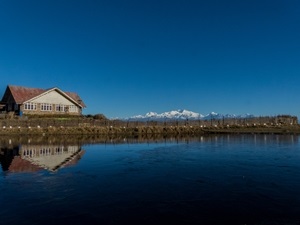
Tour Reviews
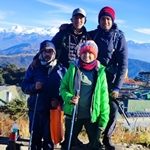
Himalayan Trekkers is a fantastic tour operator that I highly recommend. They had provided an experienced and knowledgeable guide who will take you on the adventure of a lifetime. The treks are well-organized and the food is delicious. I especially appreciated the company’s commitment to sustainability and ethical tourism.
In short, Himalayan Trekkers is a great choice for anyone looking for a safe, enjoyable, and sustainable trekking experience in Sandakphu – Phalut trek route. Special mention: Dawa Drukpa is an awesome guide and Robin is an awesome porter, even better as people. Thanks Himalayan Trekkers.
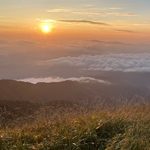
We booked a 7D6N trek to Sandakphu & Phalut, and a driver for the following days to take us to Sikkim. The communication in advance was clear and swift. We had a great guide (Amar) and driver. We can recommend booking your trek through Himalaya Trekkers, but be aware of the more than basic conditions in the GTA huts run by the government, which are mandatory accommodation for foreigners.
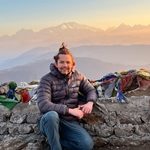
Overall great. Amazing that everyone showed up and knew how to get me from place to place. Lucky to have a clear day from Sandakphu to Phalut. Experienced a range of weather and topography, a full experience. Amar was professional and pleasant. Thanks for guiding me through the process.
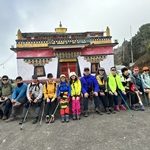
We had the Sandakphu trek with them during our Lunar new year and it was great. We enjoyed the scenery and overall, just the food is different from ours so some members were not get used to and had to eat the food we brought from home.
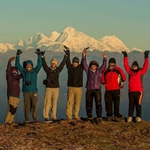
My first trek was Sandakphu & Phalut with HT. Everything was mesmerizing. Thanks HT for giving a wonderful experience.
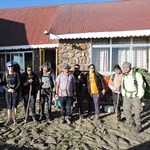
It was great time with HT. all arrangement was superb. Thank you
Leave a Review
Cancel reply.
You must be logged in to post a comment.
You May Also Like

Darjeeling Tea Gardens Trek
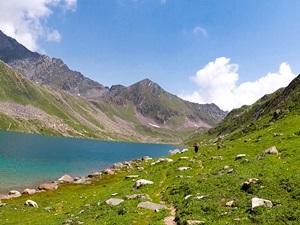
Tarsar Marsar Trek

Pangarchulla peak with Kuari Pass trek
Submit this form that we can email you all the necessary details and call you to discuss., tour starting date: green boxed dates indicate starting of a scheduled fixed departure tour (day 1 of our tour itinerary). please check the calendar and choose a suitable fixed departure date (green boxed) unless dates are not matching or you are looking for a customised/private trip., i accept the terms & conditions.

COMMENTS
In the spring, when rhododendrons bloom, Sandakphu is one of our Indiahikers' top three rhododendron treks. The showy blooms of pink, red, scarlet, and white flowers swathe the mountainside, creating a truly magical moment. Our trek leaders have spotted the red panda in these forests once or twice.
Approaching them is easy, you have to explain your requirements, like the date and time of your trek, and your guide will be allocated. Your trek will start from Mane Bhanjang, after crossing Tumling and Kaliphokri, you will reach Sandakphu, and then you can choose your exit point. 2. Srikhola: This route is three hours drive from Mane Bhanjang ...
1. The constant flirting with Nepal's borders. A milestone on the Sandakphu trail that reads Nepal. Picture by our Trek leader Geet Tyrambake. Sandakphu, the highest point, lies on the borders of two different countries - India and Nepal. An interesting point is that Sandakphu is the highest point in the two states in which it lies - West ...
Long walks. Sandakphu Phalut has long walks every day. The trek is 6-7 days long. In this span, you'll be covering a minimum of 78-80 kilometres. That means walking at least 10-15 kilometres daily. This distance is considered to be moderate on a Himalayan trek. As the distance is moderate, it requires serious fitness.
Register for Sandakphu Trek 2024: https://rb.gy/p72mmcCheck out other Upcoming Himalayan Treks : https://indiahikes.com/upcoming-treksSandakphu is a mountain...
Sandakphu Phalut Trek is one of the few treks on earth from where you can see 8,000 meter peaks. Standing at an altitude of 11,950 feet on Sandakphu, on your...
Sandakphu is the highest point in West Bengal where you will get a clear view of the third-highest peak in the world - Mt. Kanchenjungha.Watch Episode 1 here...
1) Get the best view 4 of the world's highest peaks, mainly the Kanchenjunga family. 2) A trek with the best sunrise and sunset points. 3) The stretch from Sandakphu to Phalut is a perfect potboiler. 4) Food and lodging easily available throughout the Sandakphu trek route. 5) Different view at different seasons.
Sandakphu or Sandakfu or Sandakpur is the dreamland for all the trekkers. From Darjeeling, the distance to Sandakphu Trek is 58kms (26km up to Manebhanjan). Situated at an altitude of 11,929ft (i.e. 3,636 meters) Sandakphu is the highest peak in the state of Ilam, Mechi, Nepal and West Bengal, India. It is the highest point of the Singalila ...
The Sandakphu Trek, encompassing a distance of around 55-65 km, poses moderate difficulty.While the trek is manageable for most, it does have its challenging aspects that amplify its difficulty level. Trekking typically spans 6-7 days, demanding significant physical endurance and stamina. Daily, trekkers traverse approximately 11-13 km, which can take anywhere between 6-8 hours of trekking.
The Sandakphu trek is a breathtaking Himalayan trek that offers stunning views of snow-capped peaks, lush green valleys, and picturesque Himalayan villages. As the highest peak of West Bengal, Sandakphu enjoys all the benefits of its title. This 3,627M peak brings some of the tallest mountains and places them right in front of you.
Explore the famous Himalayan trek that takes you to the highest point of West Bengal. See the majestic views of four peaks, Kanchenjunga, Everest, Lhotse, and Makalu. Book your Sandakphu Trek with Trek Up India today!
The Sandakphu Trek is a 7-day trek in West Bengal, India, that takes trekkers through the enchanting landscape of the region. The trek offers spectacular ... Even though this is a DIY trek, you can book your hiking tickets with some of the leading trek organizers, like Indiahikes, Trek the Himalayas, or YHAI. You can go solo until the basecamp ...
A typical itinerary for Sandakphu trekking involves 6-8 days. If you like to extend the trip to Phalut, another fantastic place in the lap of the Himalayan mountains, the total number of days may increase to 7-8 days. You need to prepare yourself for trekking and arrange everything. To-Do List While Planning Sandakphu Trek
Sandakphu Trek Difficulty Level: Moderate. Sandakphu Trek Distance: 44km. Temperature: Day: 8°C to 15°C & Night: -5°C to 5°C. Best Time to do Sandakphu Trek: March to April, October to February. Nearest Railway Station: NJP. Nearest Airport: Bagdogra. Starting Point: Manebhanjan/Chitrey. Ending Point: Srikhola.
Sandakphu (Geo Coordinates: 27.105781 N, 88.001410 E) is a peak upon Singalila ridge inside Darjeeling district, West Bengal, India. The ridge itself defines the border of India to east and Nepal on west. The trekking trail to Sandakphu often zigzag between India and Nepal.
The Sandakphu trek, being the highest trek in West Bengal offers grand views of the world's tallest peaks. In the following video, Sandhya talks about her Sandakphu experience just after returning from the trek. She talks about the feeling of walking in and out of Nepal, the grand views of the Sleeping Buddha from Sandakphu and Phalut especially during dusk and dawn, and also a particular ...
Kalipokhri: You must hike from Tonglu to Kalipokhri, about 3,140 metres (10,302 ft). The trail provides sweeping views of the surrounding mountains as it travels through rhododendron forests. Sandakphu: The next stop is Sandakphu, which is the trek's highest point at roughly 3,636 metres (11,929 ft).
Day 5: Sandakphu to Phalut - 21 Km - 8 to 9 hours at a moderate pace. Accommodation at GTA Trekkers Hut (shared dormitories) for ALL. Day 6: Wake up early and hike (~ 15/20 mins) to Phalut Top for the sunrise views. - After breakfast, trek down to Gorkhey - 15 Km - 4 to 5 hours. Lodge or a homestay accommodation.
THE START OF A NEW JOURNEY | Sandakphu Trek with @Indiahikes | Srikhola to SamandenWe begin our journey today from our base camp Srikhola and head towards Sa...
RESOURCES AND LINKS:👉🏽 To read more about the Sandakphu-Phalut trek, click here: https://indiahikes.com/sandakphu-phalut👉🏽 To read more about DIY treks, ...
Sandakphu Trek is one of the most scenic and adventurous treks in India, offering stunning views of the Himalayan peaks, lush forests, and diverse flora and fauna. Book now and get upto 25% off on this thrilling experience with expert guides, porters, and tent stay. Don't miss this chance to explore the highest point of West Bengal and the Singalila Ridge with Thrillophilia.